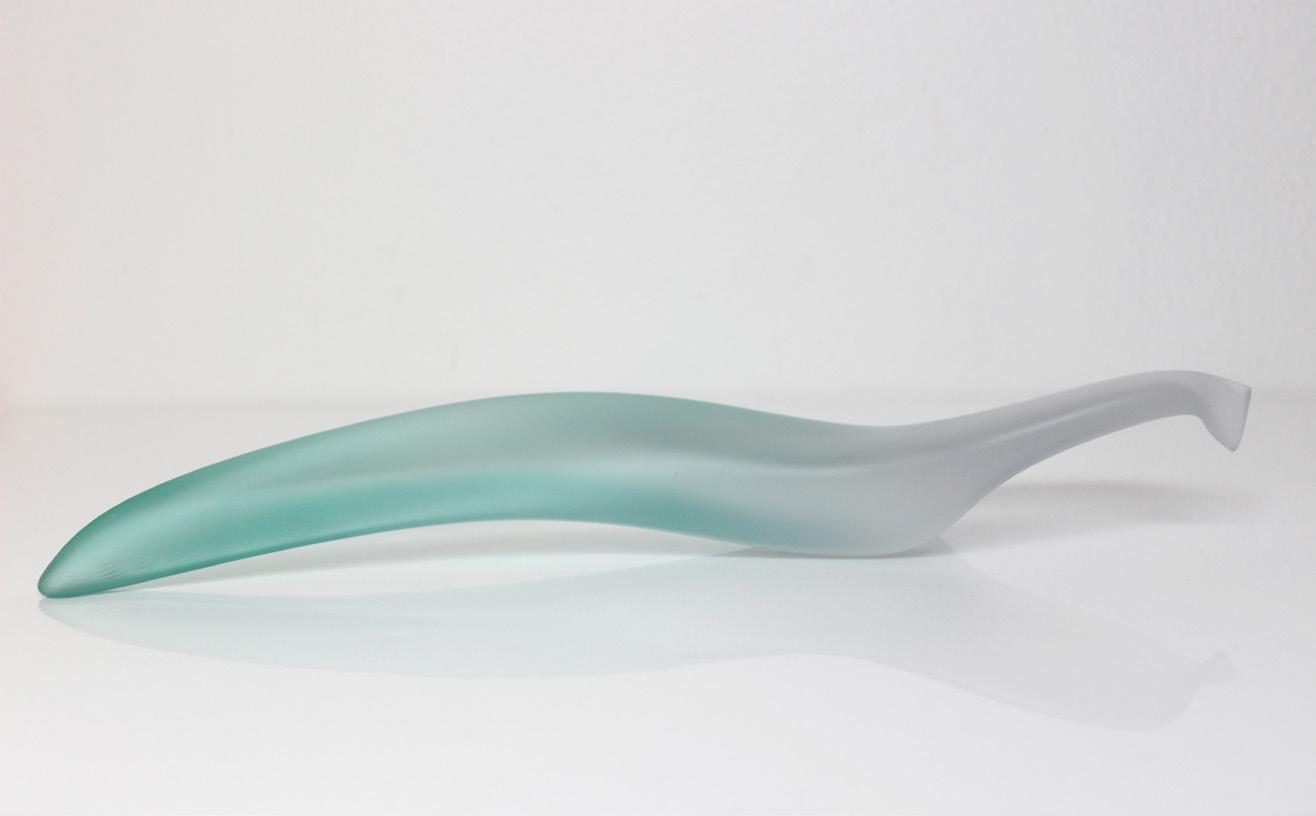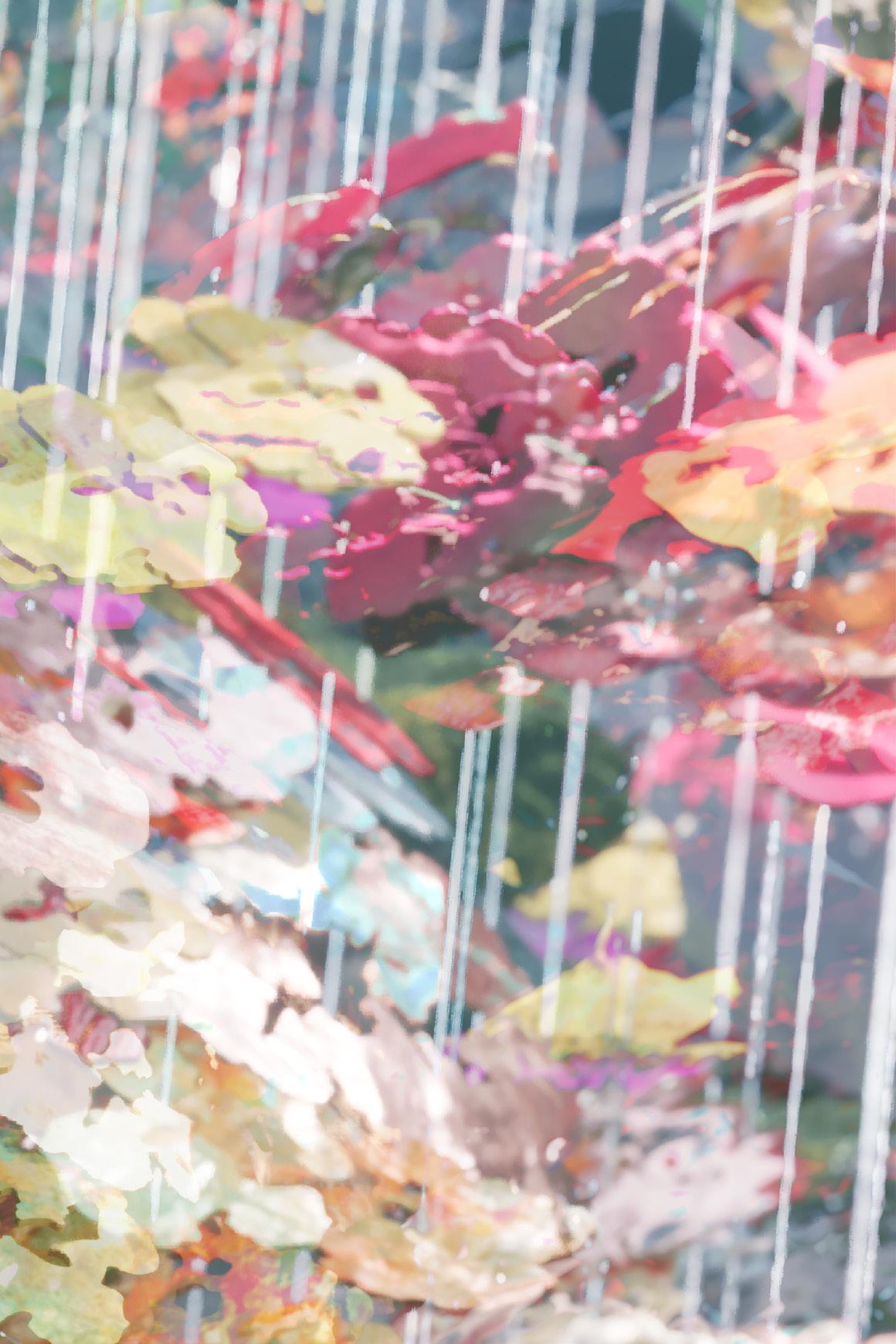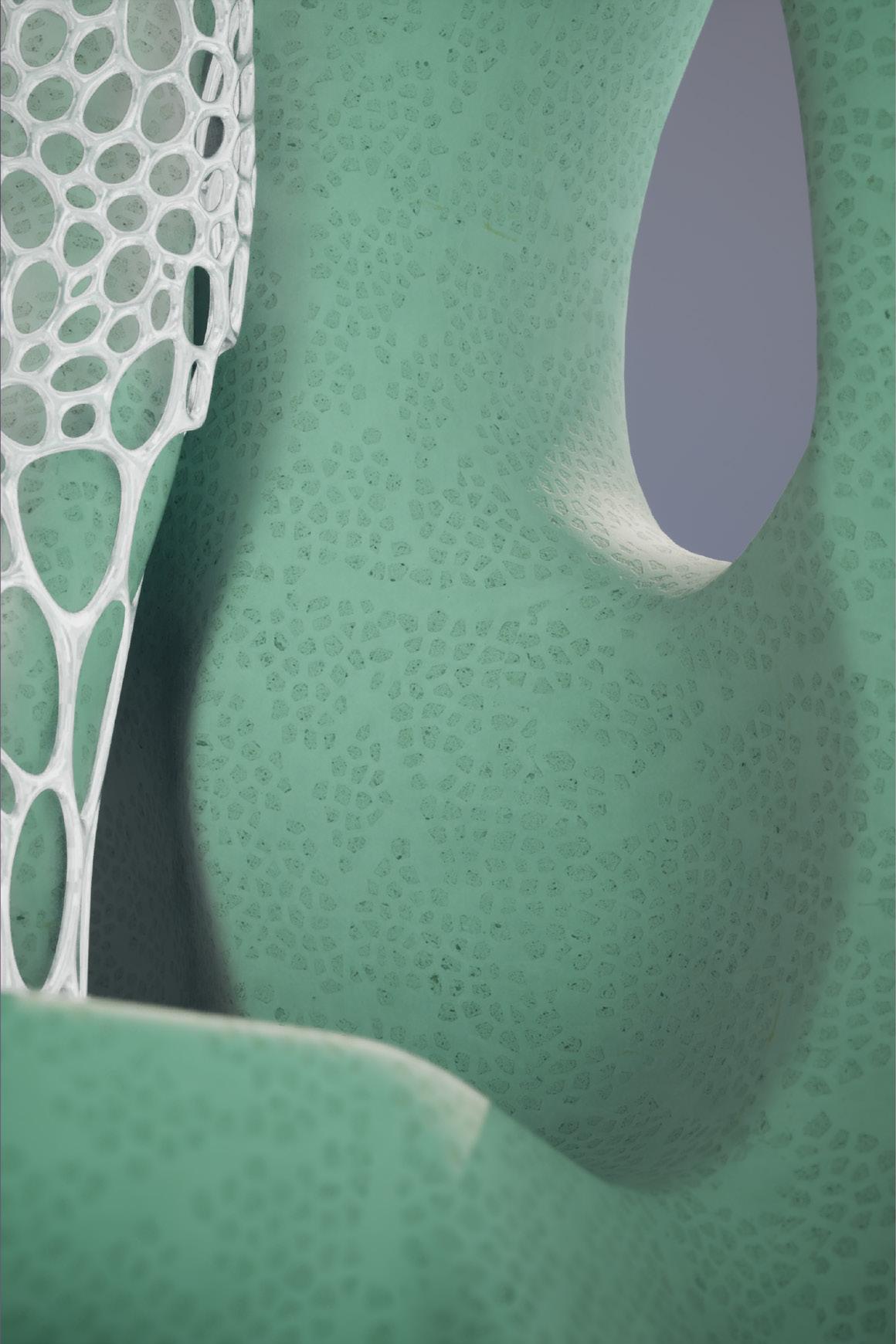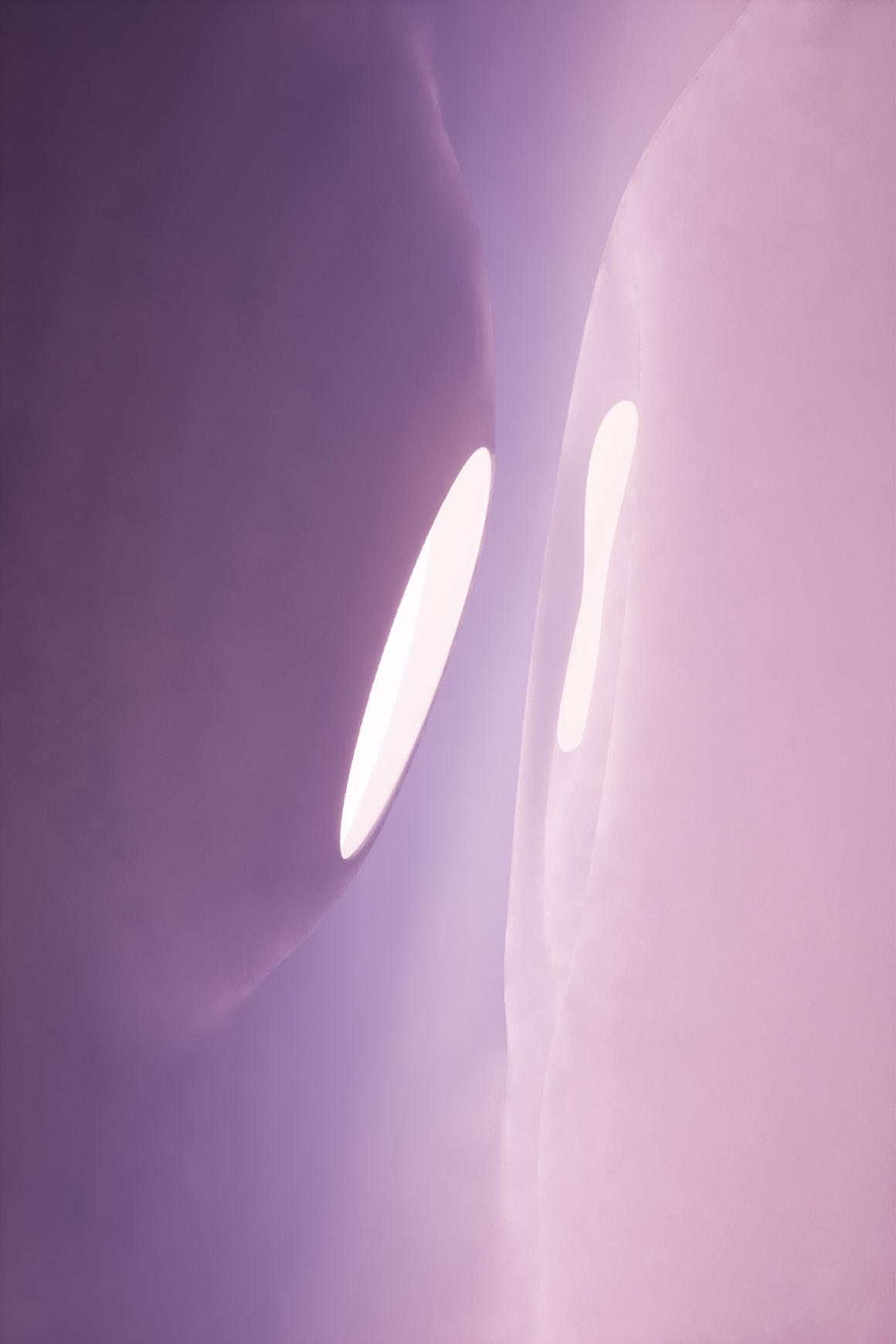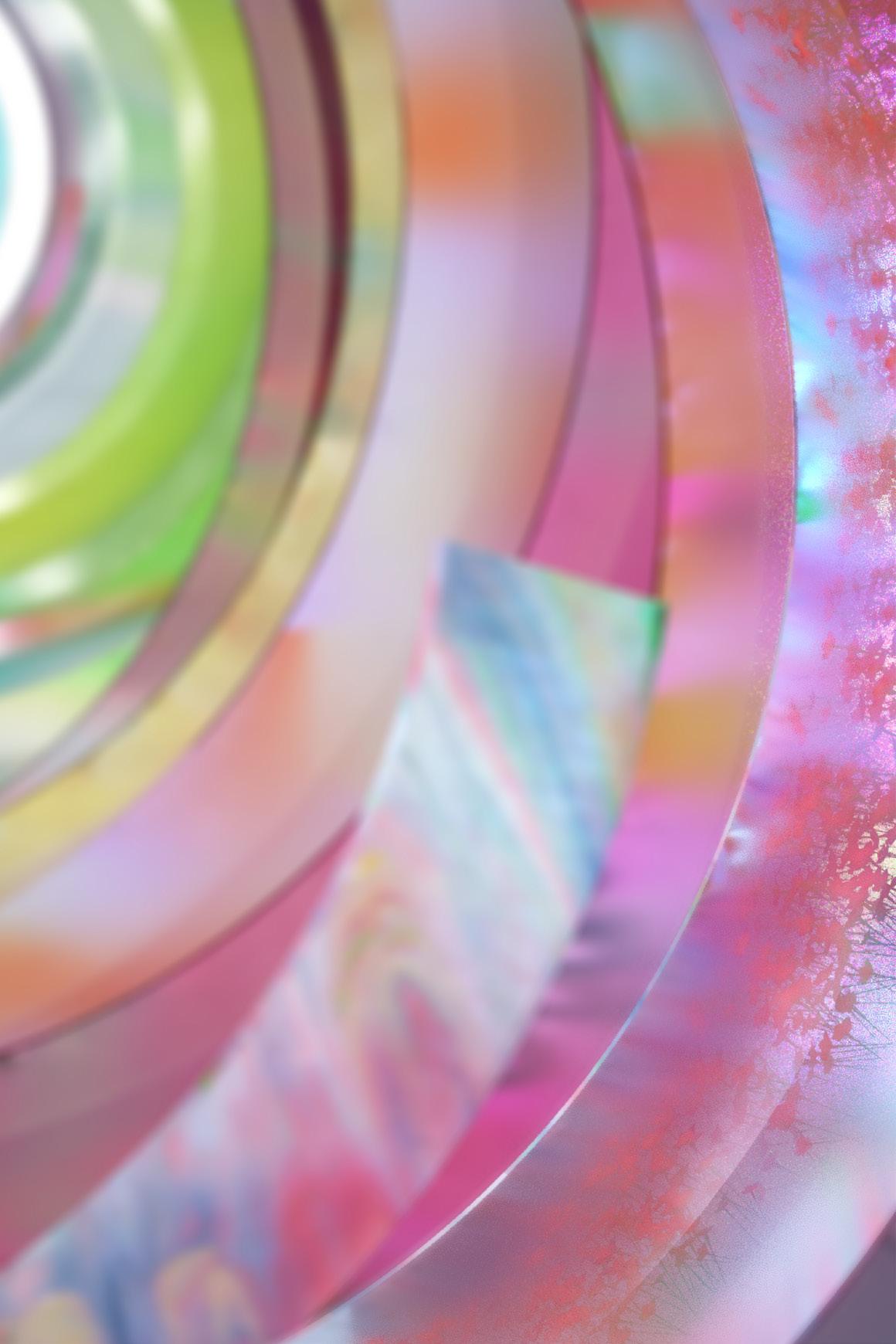DREAM MENARGERIE
 Graduate Thesis 2023
Fang Shu + Joy Chen
Graduate Thesis 2023
Fang Shu + Joy Chen


 Graduate Thesis 2023
Fang Shu + Joy Chen
Graduate Thesis 2023
Fang Shu + Joy Chen

This thesis explores the ability for architecture to tell a narrative through the monstering and exaggeration of the architectural space by forming a monster that harbors the lost qualities of human culture. Our definition of the word, ‘monstering’ does not deal in the sense of simply forming the grotesque but the process of bringing unfamiliarity to the familiar. The origin of the word ‘Monster’ relates to the word ‘Demonstrate’ and its Latin form ‘Demonstrare’. To monster is to demonstrate and to reveal the wonder of a space. By extracting what is familiar to us and reconfiguring the architectural form using its essence, we tell a story that provokes memories and emotions.
The next frontier for architectural design lies with stories. Moving into the new digital era, the coming of the post-Anthropocene was inevitable and makes us contemplate the role of the architect relating to our design culture. We as architects in this new era need to become story tellers as well as world builders that through our narratives design inspire and influence the human consciousness.
As architects, to tell a story is to shape space. If the narrative is the vessel for us to navigate through fiction, then the architecture within these narratives is the fabric of these worlds themselves.
Our monster represents our hopes for the retrieval of the lost qualities of our culture. Mythologies of monsters have long been a part of human history. Humans manifest and give life to these mystical creatures to better understand the incomprehensible of our society. Within our project narrative, we aim to address the effects of today’s social media and digital information explosion through the story telling of our protagonist Sophie who finds meaning in her life through a magical adventure within the body of Kun, the Deity of Recollection. The high pace of this era makes individuals feel insignificant and isolated as we hardly know the people living next door to us. To adapt to this new age, we made sacrifices that detach ourselves from our traditions, emotions, nature, creativity, and our friends, making ourselves numb to the environment around us and lost in the purpose of life. By manifesting a unique form of architecture - a monster that harbors these discarded qualities by society, we hope that by exploring our monster with Sophie, people can find meaning in life, pursue their dreams with freedom and creativity, reimagining the possibilities of urban life or simply living life in a more positive manner.
Our project works with 'Narrative Lego' in producing an interactive narrative film experience for the audience that does not fixate on one singular storyline but one that lets the audiences' decisions affect the plot, bringing a unique experience for each person as they explore different parts of the monster. In addition to an interactive film, we have also produced a physical model to showcase the full potential of this unique architectural form. We have designed and developed a model that allows people to explore different spaces within the monster's body. With this transmedia approach, each space will have its own unique story to tell, conveyed through shape, sound effects, and lighting.
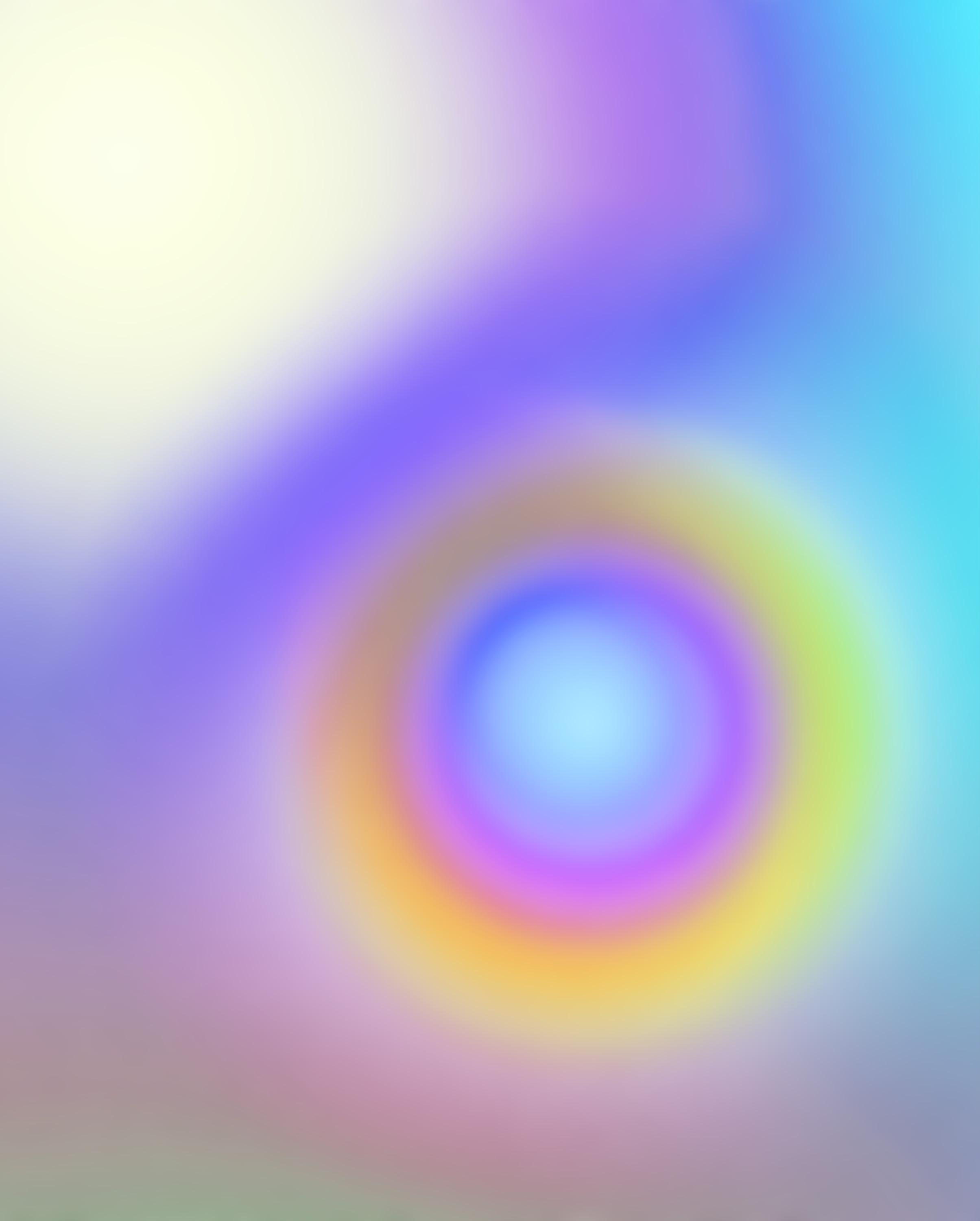
Godzilla is a fictional monster that first appeared in a Japanese film in 1954. The movie was made just nine years after the United States dropped atomic bombs on the Japanese cities of Hiroshima and Nagasaki, and the character of Godzilla was originally created as a metaphor for the dangers of nuclear weapons.
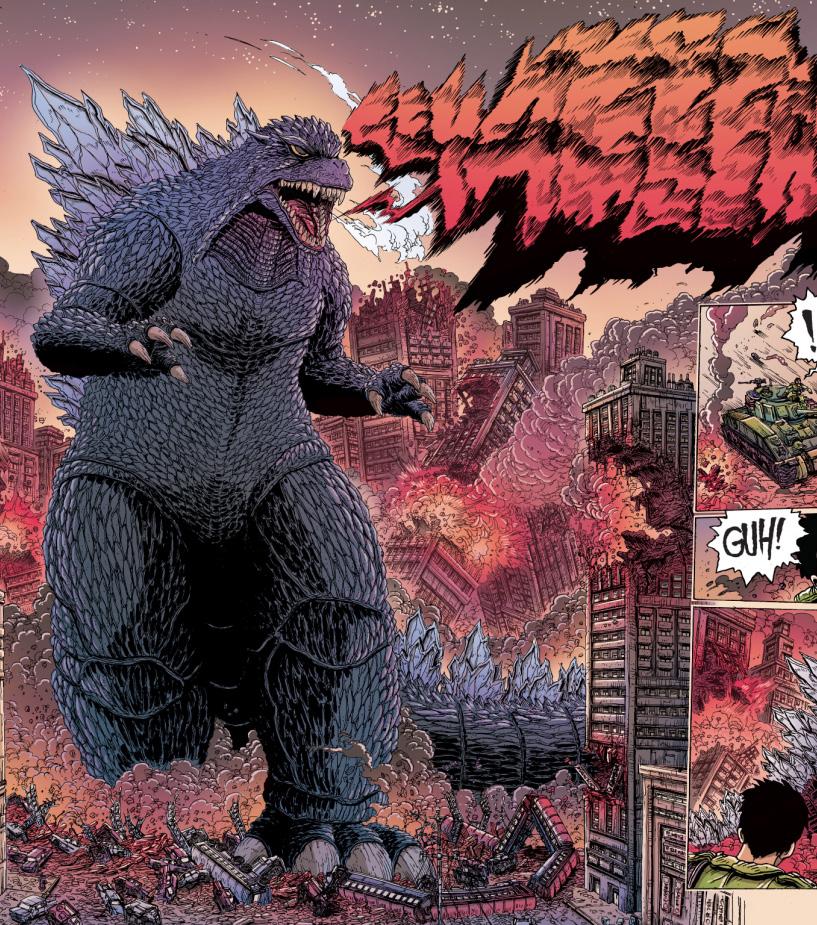
At the time, the movie was seen as a reflection of the anxieties and fears of the Japanese people in the aftermath of World War II and the atomic bombings. It was a powerful metaphor for the destructive power of nuclear weapons and the danger they posed to humanity.
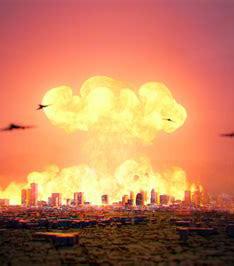
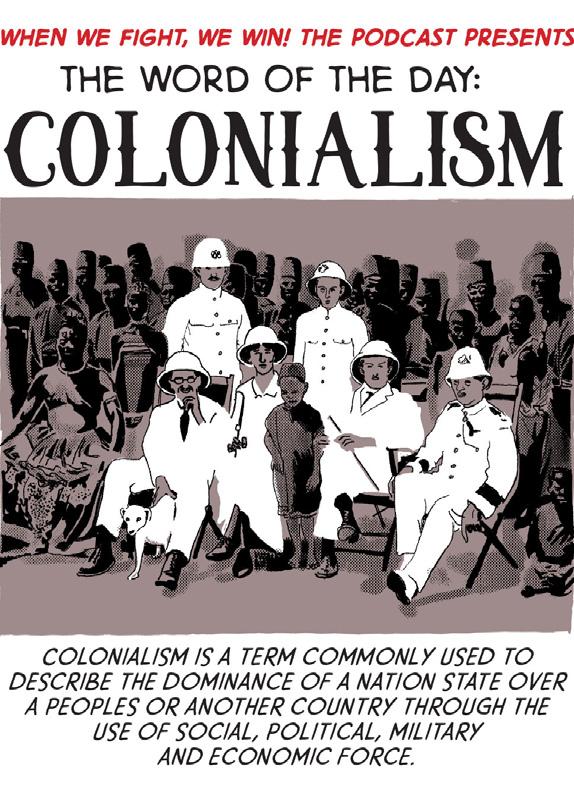
There is a near unanimous agreement among scholars and critics that King Kong, released in 1933, “is a kind of racist allegory, symbolically depicting White America’s view of Black people at the time.” The US society was marred by racial and social tensions at that time.
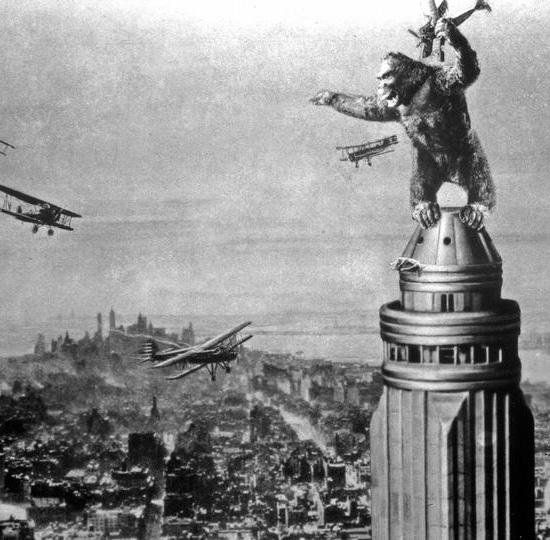
The film can be read as an anti-colonialist allegory in which Kong is actually a proud and untamed indigenous warrior—a king and a free soul in his own world who is captured, kidnapped, taken in shackles across the ocean, and forced to put on a show for the amusement of debauched white people. No wonder he rebels so righteously.
The Phoenix could also be seen as a symbol of resilience in the face of environmental challenges or disasters. It could represent the idea that even in the aftermath of destruction or devastation, there is the potential for new growth and renewal.
Overall, the Phoenix's association with rebirth and renewal makes it a powerful symbol for overcoming challenges and adversity, and for finding hope in difficult times.
Traversing the ocean, the units of Herron's Walking City represent a kind of technological utopianism—military submarines are combined with insectlike exoskeletons and periscoping legs. Each unit of the city contains a comprehensive set of urban resources. Linked by a superstructure of retractable corridors, they form an instant and itinerant metropolis. Here collage is used both to circulate an idea and to propose a new architecture of circulation: Herron’s work was disseminated through small magazines as image–based virtual architecture; the surreal elements of collage—simultaneous viewpoints, depth, and flatness—are instrumental to proposing a city that not only walks but adapts to endless change.
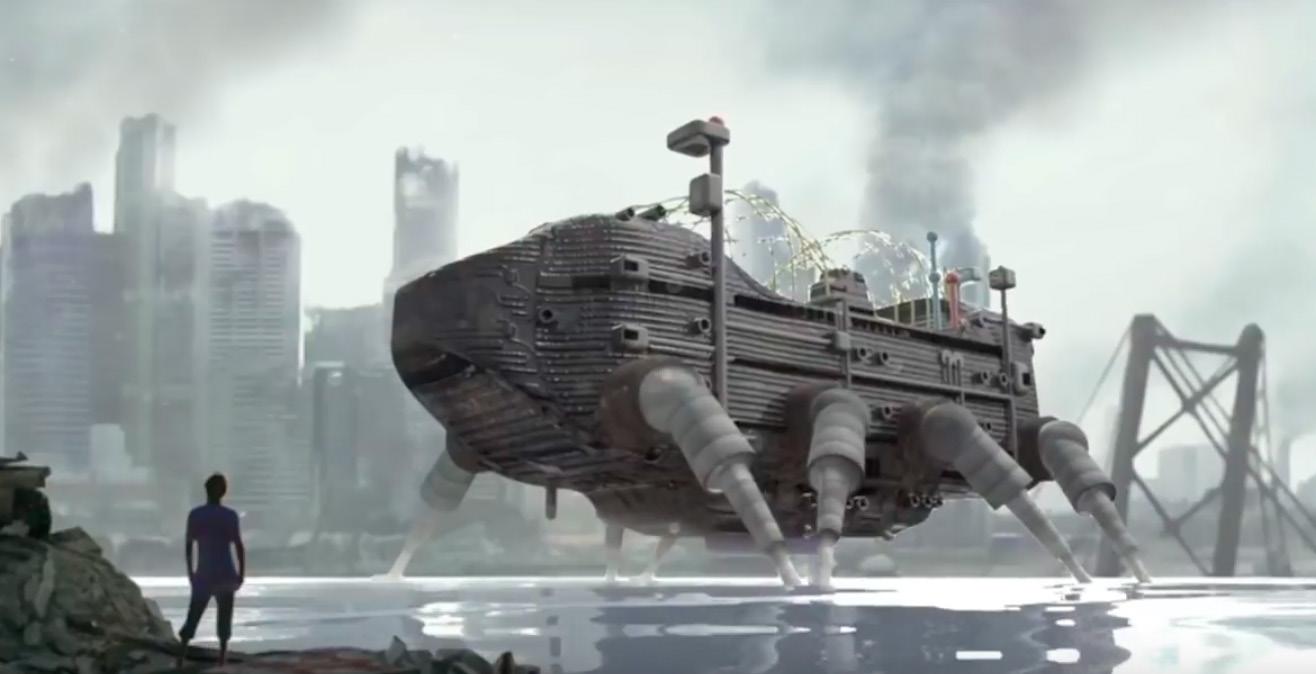
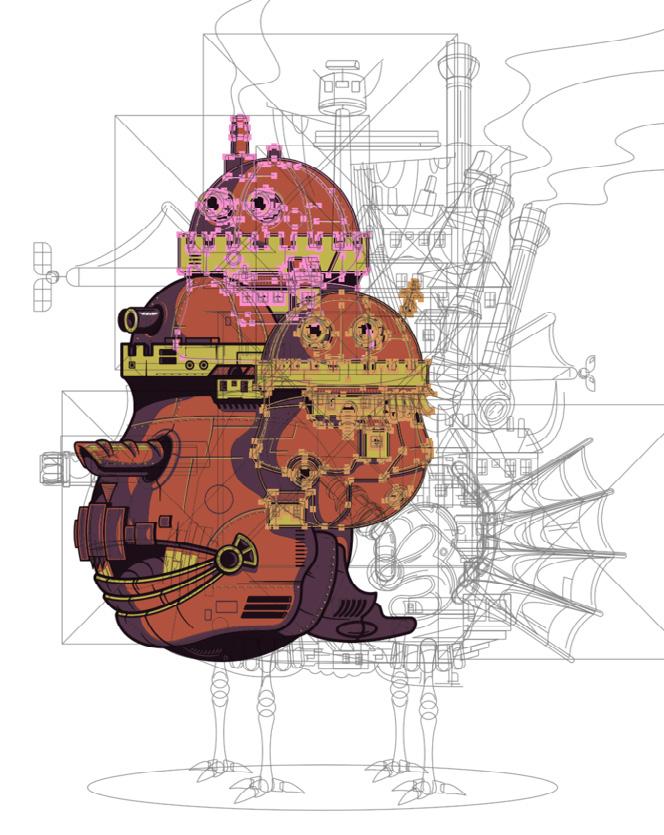
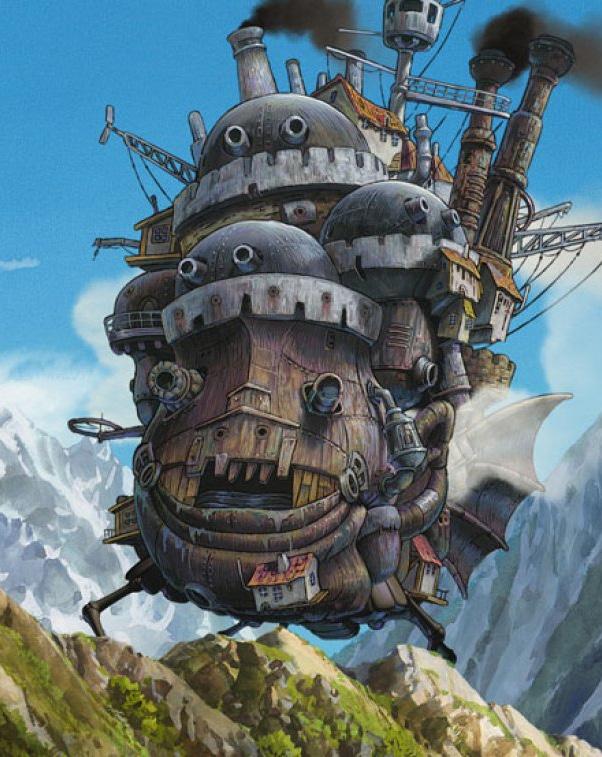
The film is set in a fictional kingdom where both magic and early twentieth-century technology are prevalent, against the backdrop of a war with another kingdom. It tells the story of Sophie, a young milliner who is turned into an elderly woman by a witch who enters her shop and curses her. She encounters a wizard named Howl and gets caught up in his resistance to fighting for the king.
The Wandering Village is an upcoming game title developed and published by Stray Fawn Studio based in Zurich, Switzerland. The game released on September 14, 2022. In this game, the players meet Onbu, a huge creature that strides through the land. The creature's back is the only hope for the lost tribe to find a new place for their settlement after dangerous plants poisoned their land. Onbu now takes them on a journey away from the toxic spores, but the villagers of course also must care for Onbu.
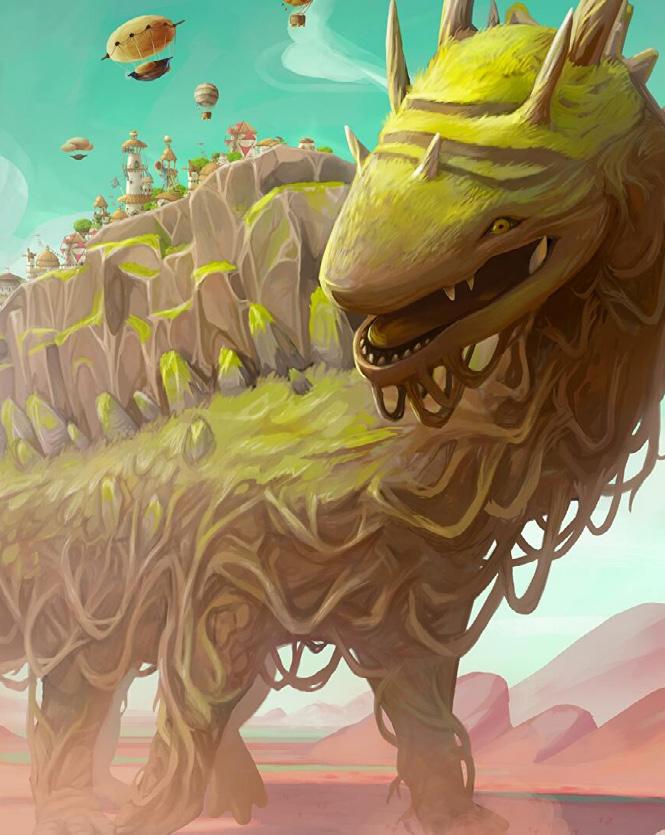
Latvian photographer Anna Dave has released photographs of Javier Senosiain Aguilar's El Nido de Quetzalcóatl in Mexico, a work of organic architecture shaped like a snake. Named El Nido de Quetzalcóatl – or the Nest of Quetzalcóatl – in reference to a god with a serpent form in Aztec religion, the structure was completed in 2007 by Senosiain who describes the project as a work of organic architecture.
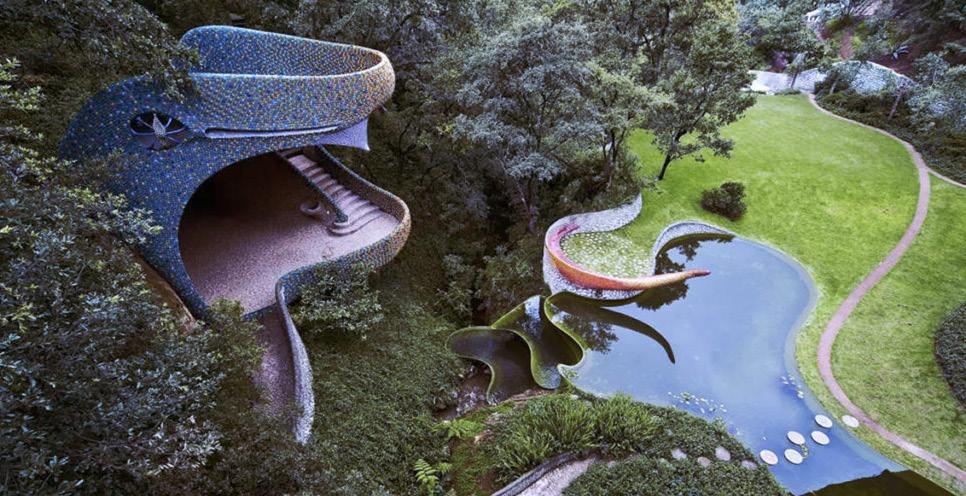
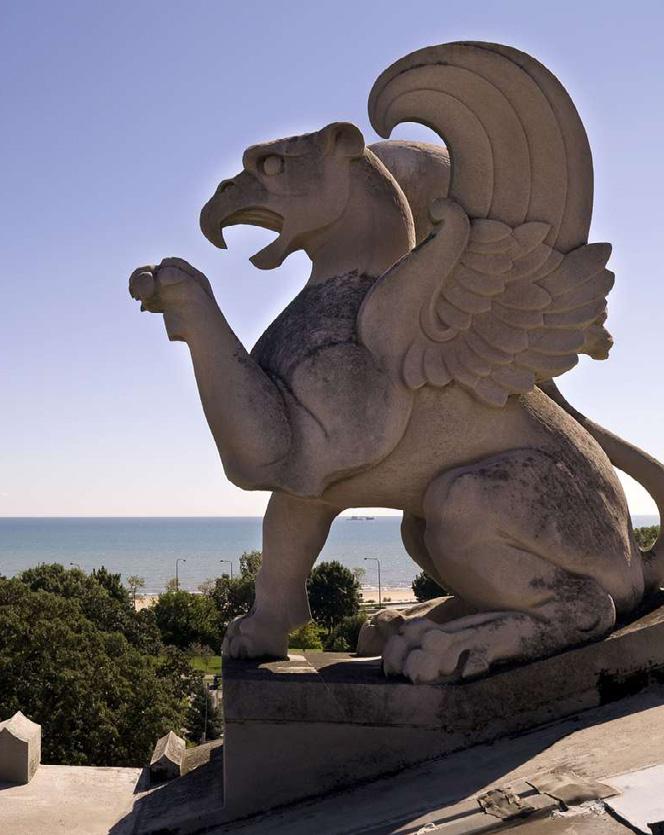
A griffin is a mythical creature. Griffin, or gryphon, comes from the Greek word for curved or hooked nose—grypos—like an eagle's beak. Bulfinch’s Mythology describes the griffin as having "the body of a lion, the head and wings of an eagle, and back covered with feathers." The combination of eagle and lion makes the griffin a powerful symbol of vigilance and strength. The use of the griffin in architecture, like the griffons atop Chicago's Museum of Science and Industry, is decorative and symbolic.
Chicomoztoc (“The Place of the Seven Caves” or “The Cave of the Seven Niches”) is the mythological cave of emergence for the Aztec/Mexica. As with other caves illustrated in Mesoamerican art, the cave has some animal-like characteristics, such as teeth or fangs and eyes. Chicomoztoc was not necessarily a specific, physical place but, like Aztalan, a widespread idea among many Mesoamerican people of a mythical cave as a place of emergence for both humans and gods, from which each group materialized and identified itself within their own sacred landscape.
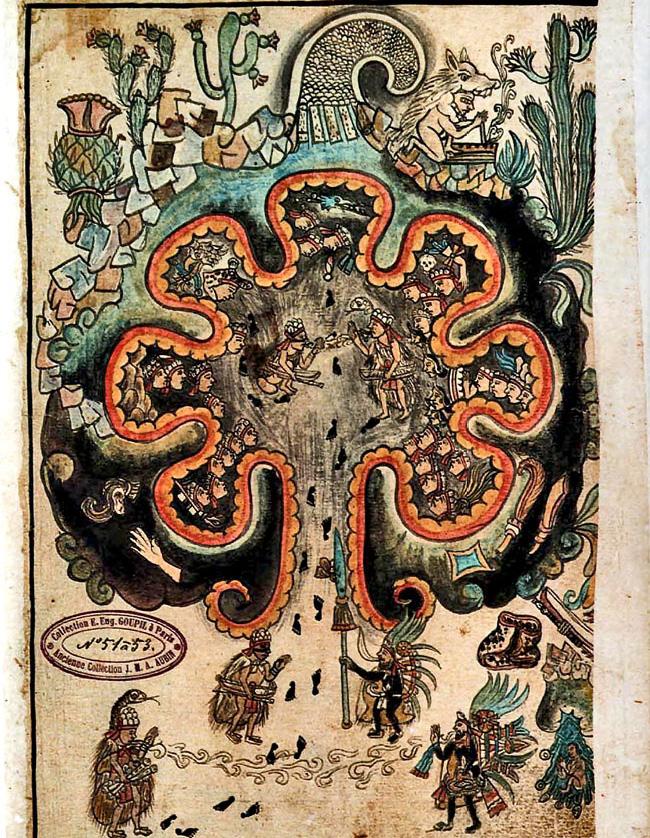
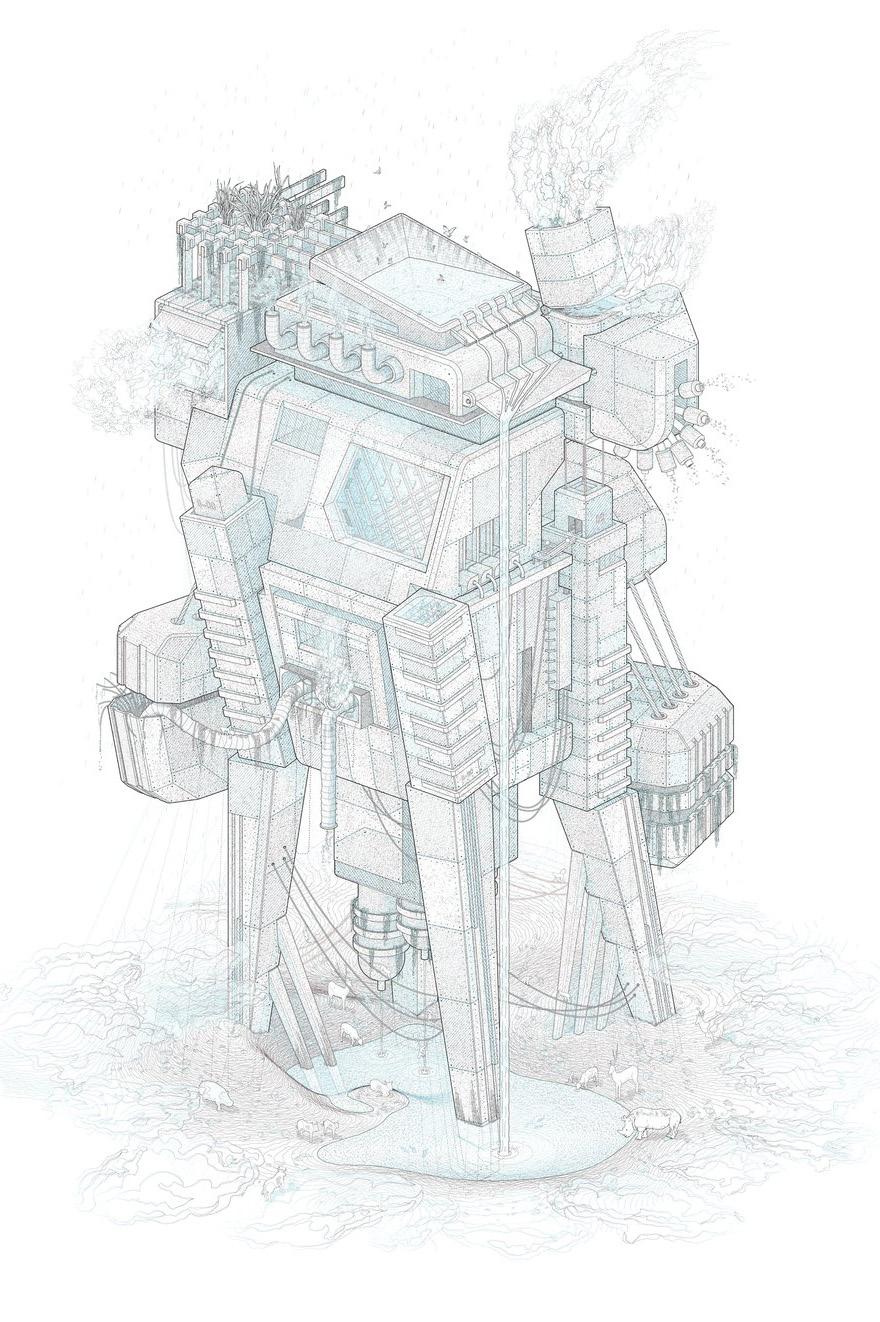
Architecture and mythology are intertwined. The allure of mythical creatutures existence draws us to wonder and construe them through imagery and storytelling - a process that in many ways parallels the realization of our built environment, where we often find ourselves striving to document the undiscovered.
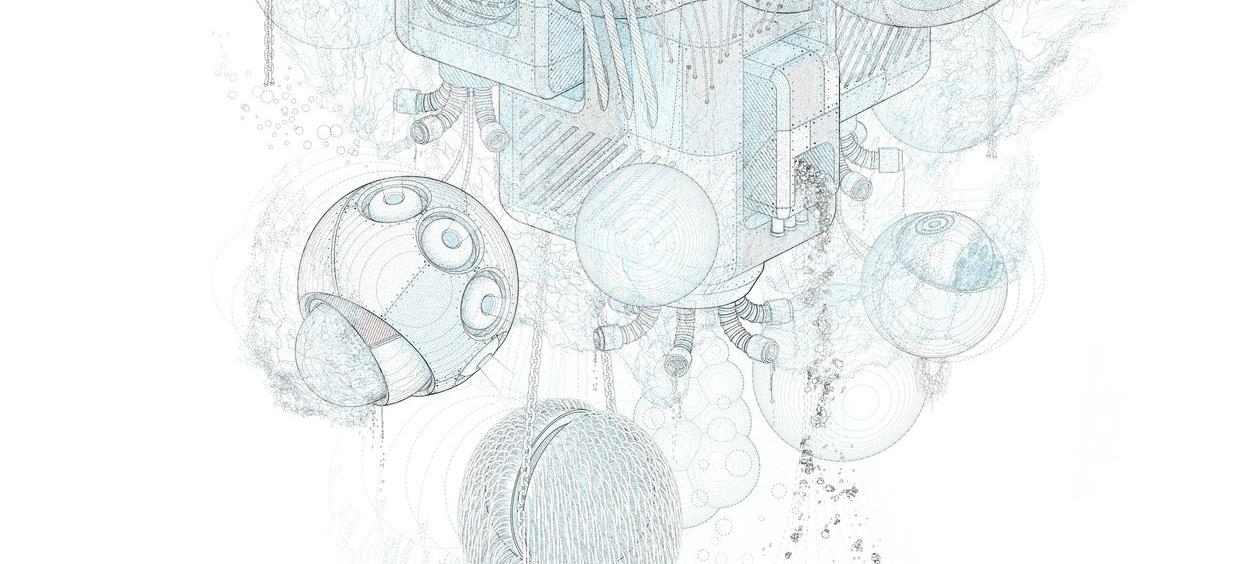
Like the serpent-necked Serpopard of Egypt, architecture and mythology are intertwined.
Through epic poems, built follies and sung ballads, we have long chased the commonality that threads all of mythology in the existence - supposedly - of supernatural beings, creatures and deities; entities with extraordinary qualities that provoke worship and fear alike.
The disputed territory of the Kashmir Valley becomes a fantasy realm for children, where story-telling pavilions are accompanied by dragons and jinns.
Bordering both India and Pakistan, the valley has been the cause of conflict between the two nations for over 60 years, so Ramzan wanted to develop a conceptual architecture for the many children that have been left orphaned as a result.
The image shows pavilions designed based on mythical creatures. The disputed territory of the Kashmir Valley becomes a fantasy realm for children, where storytelling pavilions are accompanied by dragons.
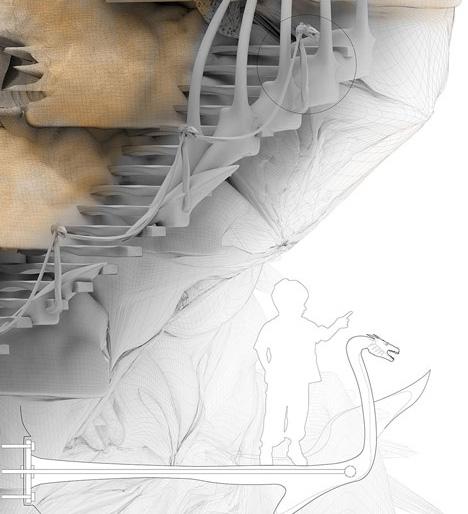
Bordering both India and Pakistan, the valley has been the cause of conflict between the two nations for over 60 years, so Ramzan wanted to develop a conceptual architecture for the many children that have been left orphaned as a result.

The disputed territory of the Kashmir ValleyPavilions based on mythical creatures make up Haaris Ramzan's story-telling guild
The art of storytelling was starting to become a forgotten heritage and forgotten cultural act.”
— GARY POLK
Kaito Itsuki pairs bold coloration with elastic narratives in which humans, animals, and imagined creatures metamorphosize and come to terms with identification. Itsuki came of age in Sapporo, Hokkaido during the turn of the 21st century, when the expanded possibilities of the world wide web allowed for the overwhelming influx of visual materials. Her referential database is informed by nonhierarchical images insofar as she wasn’t in proximity to much fine art growing up. The emergent mythologies that Itsuki formulates are reflexive prompts for the viewer to contend with social and psychological structures. Individual peculiarities are weighed against cultural mores in an effort to expand the self beyond the bounds of an implicit order. Itsuki achieves this outcome by utilizing both cute and austere imagery, tracking the semiotics of her forms and pursuing the potential within unlikely combinations.
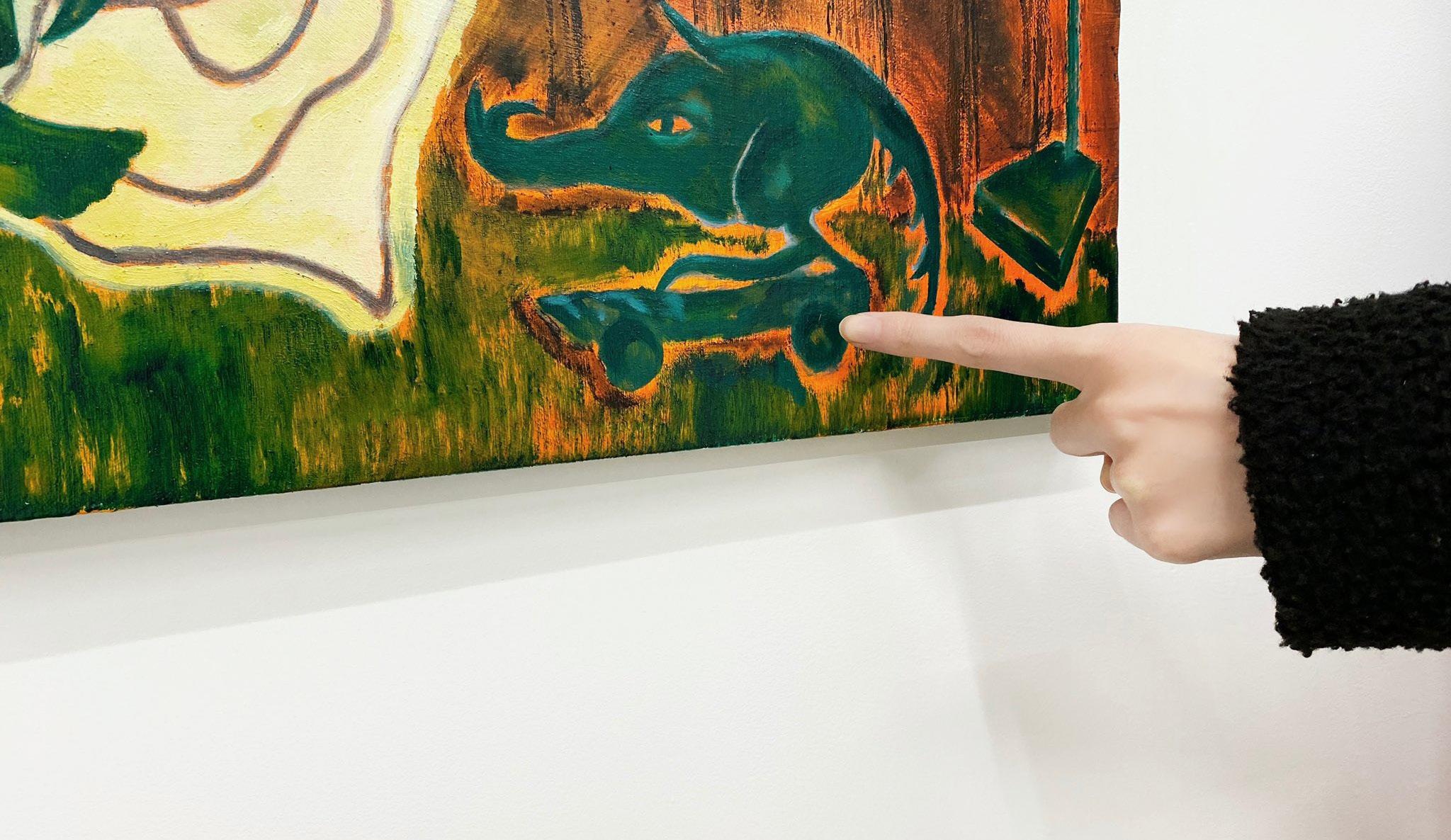
Daedalum takes its name from Daedalus. In Greek mythology he was the father of Icarus and the architect of the labyrinth of King Minos of Crete. Daedalum’s core element is a maze of 19 egg-shaped domes whose spatial arrangement creates mysterious sight-lines.
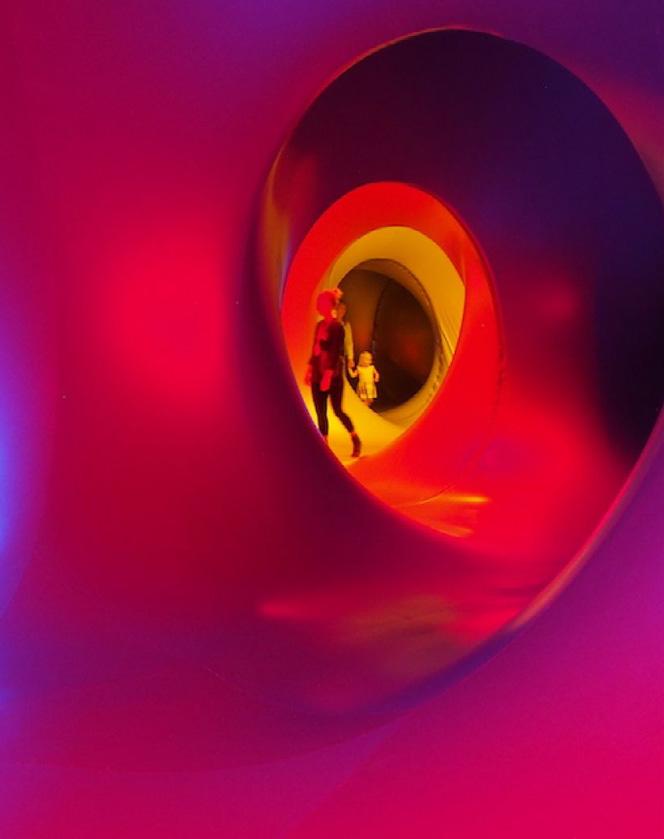
A story about the survival of magical creatures in society after the disappearance of magic in modern society,
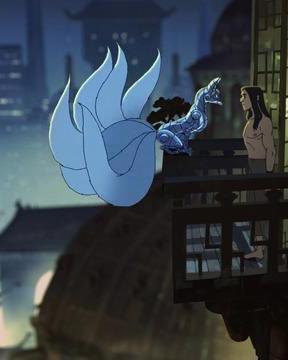
“Junkspace is the body double of space, a territory of impaired vision, limited expectation, reduced earnestness.”
“Junkspace is post-existential; it makes you uncertain where you are, obscures where you go, undoes where you were.”The junk food of architecture, Junkspace is the McMansions, the shopping malls and casinos that are bloated on fillers and chemicals.
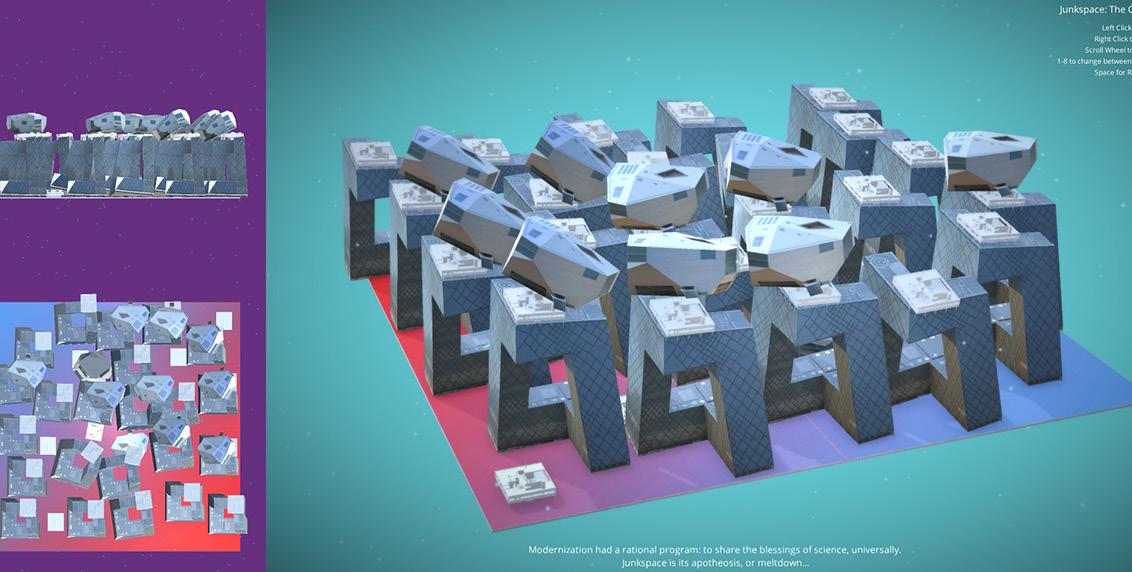
LeCorbu’s views were shaped by other schools of thought (like the Bauhaus) and other Modernists, including Adolf Loos, who wrote in Ornament and Crime: “The evolution of culture marches with the elimination of ornament from useful objects.” Many prominent architects would go on to reject ornamentation, eschewing traditional styles for sleek minimalist looks, in part thanks to the writings of Loos and Corbu. In the 1920s, Corbu published his own influential book, Toward an Architecture, in which he famously wrote “Une maison est une machine-à-habiter” (“A house is a machine for living in”). It reflected his functionalist vision for the future of domestic design.
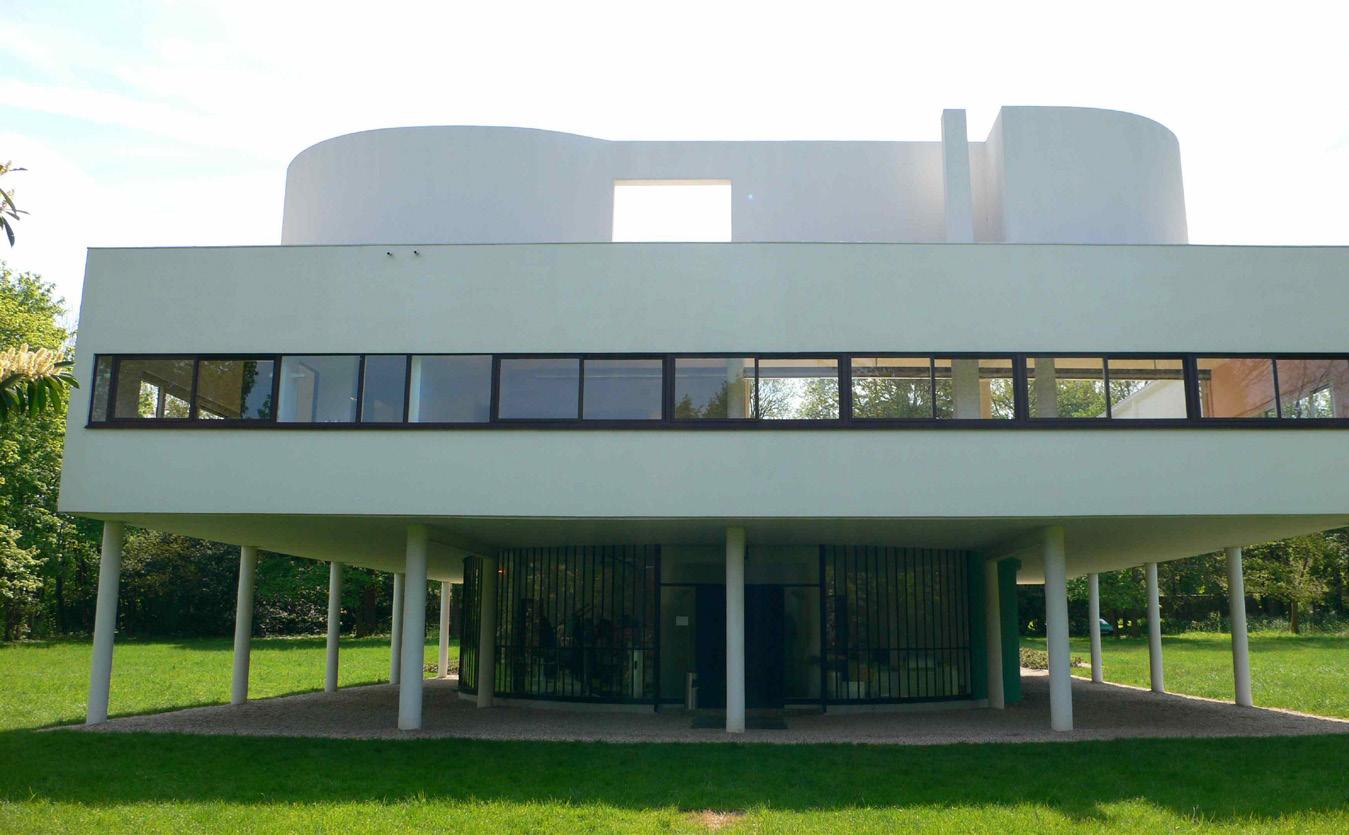
The “Generic City” is an urban phenomenon introduced by the architect Rem Koolhaas and it brings to light how new urban trends and typologies can arise from the instability of processes, mainly due to flux of capital and workforce channelled,capitalism and globalization.
After an indifferent landing at the airports of the generic city, and the crossing with an improbable balance of the fluidity of its statistics, the mass of its population, the senselessness of its urbanism, the disappearance of its policies, the complexity of its sociology, the anonymity of its quarters, the banality of its architecture, the incommensurability of its geography, the contradictions of its identity, the oblivion of its history, the power of its infrastructures, and its lack of culture, the lapidary "The city is no longer. We can leave the theater now" is the conclusion to twenty-five subliminal pages of text illustrated with blurred photographs. Koolhaas reveals the open secret that was circulating more and more insistently after the apotheosis of the ¥€$: that the city no longer exists, that the city is indifferent, unsubstantial, and inane, out of reach of characterization. In short, without any bitterness, the city doesn’t matter.
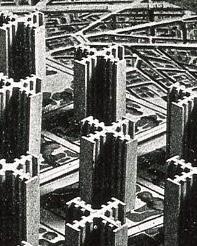
What question/problem are your provoking? Who is your audience? What is your attitude ? What disciplinary territory are you engaging?
What contemporary theories and debates are you engaging and how? Do you have a clearer sense of site (real and/or virtual) of intervention? Is the project a metaphor of the lack of possibilities in human life? a Memento mori?
How can architecture capture the imagination of a single person? Usually architecture is generic to respond to the needs of many. How can your proposal respond to the singular imagination?
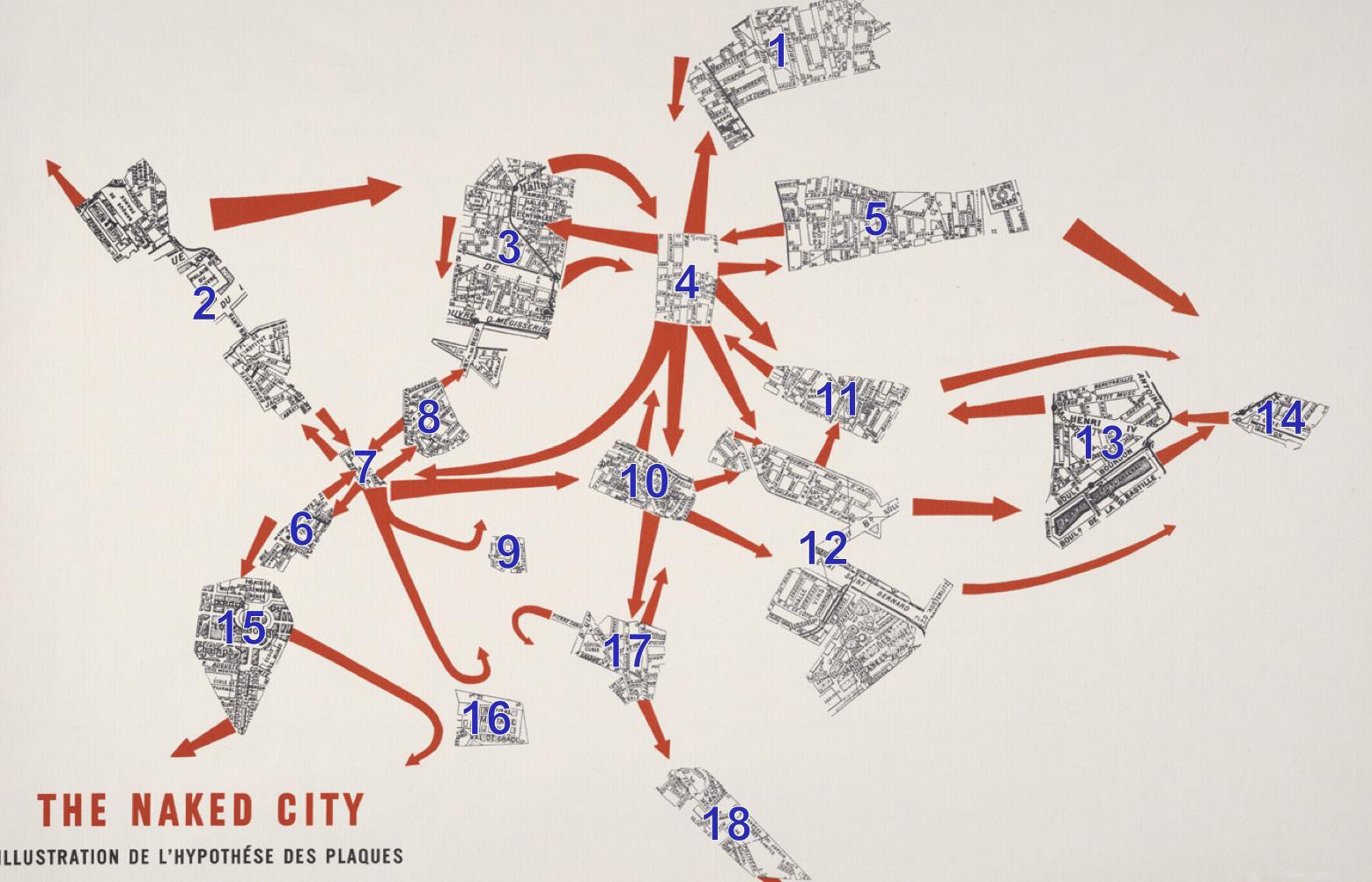
While physical architecture is generic to respond to the needs of many, the architecture in our fictional narrative is an important character that is designed specifically in order to serve the overall narrative. While being a singular imagination of the designers, the story's connection with social issues and the emotions that it provokes is what ties it with reality and what the audience resonates with on an emotional level. In this case, the relatable meaning within the story is what the audience responds to, and the architecture within the project is the medium used to provoke such thoughts and meaning. In a sense, it is a design for the audience's mind to take in rather than a physical space for them to occupy.
The project addresses human life's lack of control or the fear of taking control. Perhaps humans are not so different from machines. Or perhaps there is still hope. This project needs to further explore such social issues to develop an engaging narrative around such a topic.
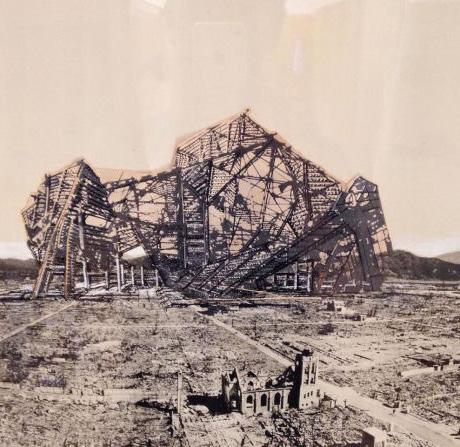
Isozaki was a renowned architect whose design philosophy included the following principles:
Fusion of tradition and modernity: Arata Isozaki attempted to combine traditional architectural elements with modern design techniques to express respect for traditional culture and exploration of the future.
Creation of ambiance: In Arata Isozaki's designs, architecture is not only to meet people's functional needs but also to create a unique ambiance that conveys the value of beauty and culture.
Sustainability: Arata Isozaki was concerned about the sustainability of architecture. He tried to reduce the impact of buildings on the environment through design, using renewable materials and energy-saving technologies to achieve sustainable goals.
Creation of space: Arata Isozaki was skilled in creating spaces with depth and layers, using light, color, and materials to create compelling spatial atmospheres.
Overall, Arata Isozaki's design philosophy emphasizes the close relationship between architecture, culture, environment, and human life.
"'Mirage City' – Another Utopia," 1997. The exhibition and workshop at NTT InterCommunication Center in Tokyo was directed by Isozaki and included contributions by dozens of Japanese architects exploring the "process through which a new Utopian idea can take shape." (Image via ICC online archive)
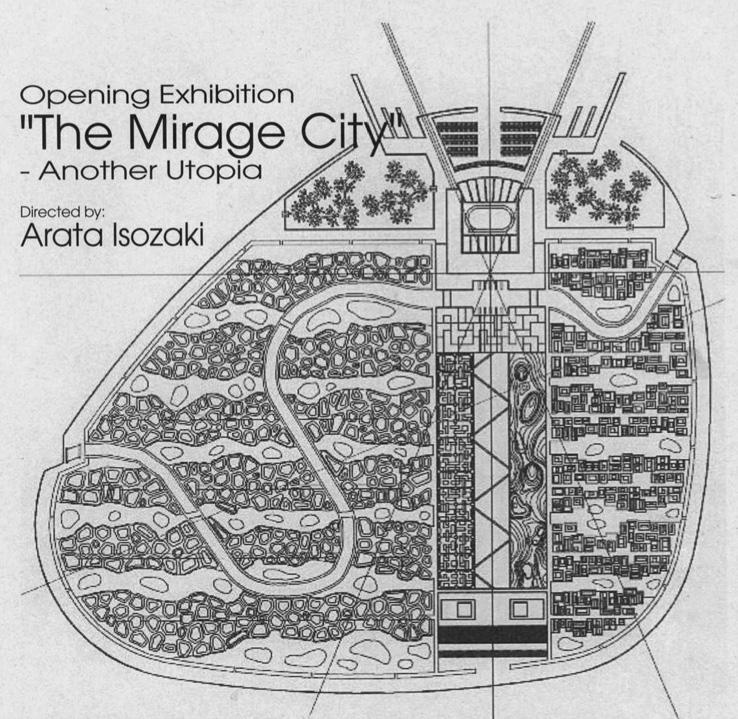
Lebbeus Woods was an American architect, designer, and artist whose design philosophy included the following:
Experimental and innovative: Woods' design philosophy advocates for experimentation and exploration of new design methods and technologies to solve contemporary urban and societal challenges and problems. His design works typically have a strong sense of futurism and technology.

Plasticity and flexibility: Woods believes that architecture and cities should have plasticity and flexibility to adapt to changing social and environmental needs. His design works typically have multiple possible uses and spatial changes.
Anti-traditional and anti-normative: Woods' design philosophy advocates breaking traditional architectural and urban norms to create more imaginative and unique spaces and environments. His design works are usually not limited by traditional architectural forms and norms, with free expression and creative imagination. Social and political concern: Woods' design philosophy advocates expressing concern and criticism of contemporary social and political issues through design and art. His design works often involve contemporary social and political issues such as war, urban poverty, and racial discrimination.
Humanistic care: Woods' design philosophy advocates integrating humanistic care and understanding of human needs into design to create more humane spaces and environments. His design works usually consider human emotional needs, cultural backgrounds, lifestyles, and other aspects.
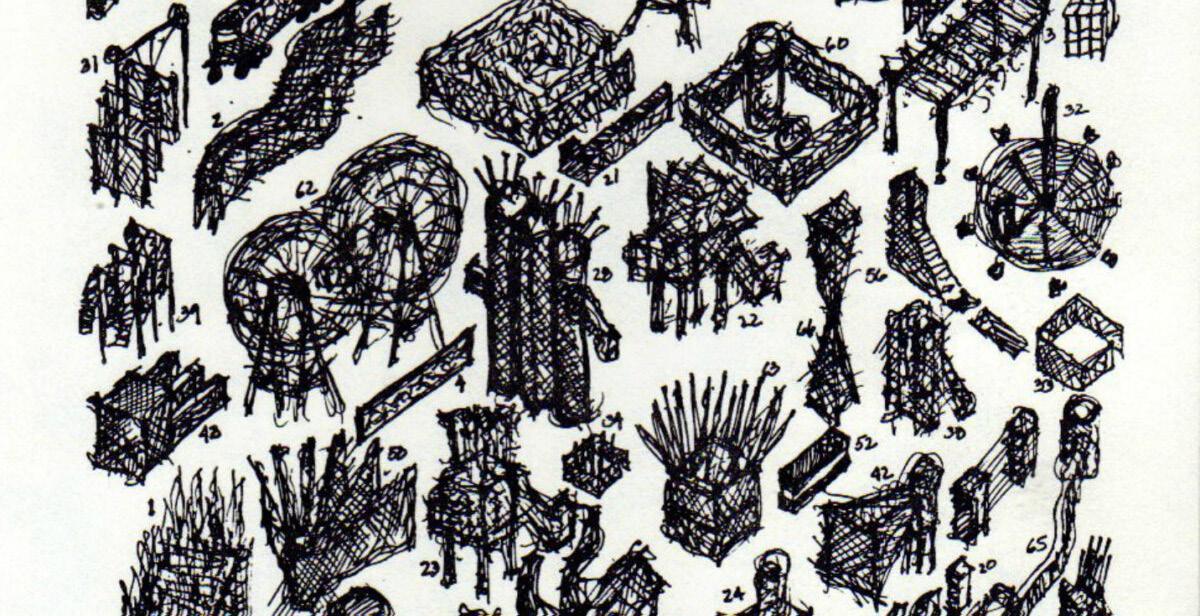
Monstrous. It’s a word frequently heard in discussions of Hejduk’s work. Here it means the refusal of the categorizations, « abstract or figurative », « opaque or transparent »; it means the reinscription of modernist opacity back into representation itself; it means the mask that figures a real that did not exist before its representation.
A Growing, Incremental Place – Incremental Time: “Victims”, a Project by John Hejduk (1984)
November 1, 2015 by Mariabruna Fabrizi 1 Comment
“Victims” is the title of John Hejduk‘s entry for the 1984 Prinz-AlbertPalais competition in Berlin for the construction of a memorial park. The site of intervention is a former Gestapo headquarter adjoining the Berlin Wall, which contained a torture chamber employed during WWII.
Hejduk’s entry develops some of the principles of his previous project “Berlin Masque” proposing an intervention which is meant to be developed over time, specifically over two thirtyyears periods, and become “A growing, incremental place – incremental time“. A central recurring theme of research in Hejduk’s projects of that period is the development of the concept of “Masques“: architectural structures embodying a character, specified more by the construction of relationships with other elements than by a specific identity and representing the problematic correlation between the human being and the symbols which he’s supposed to embody. All the projects related to the “Masques” intervene in places tied to a strong collective memory but laying in a state of abandon. Hejduk uses the tool of the project to revive the figures that inhabited a place by putting them in a relationship with the contemporary citizens and thus projecting the site towards its future.
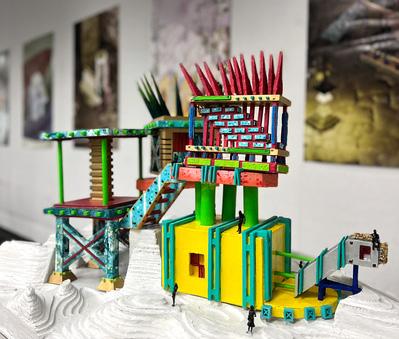
The project site of “Victims” is self-contained and enclosed through a double hedge marking its border. Visitors could either reach the site crossing a drawbridge over the hedge or taking
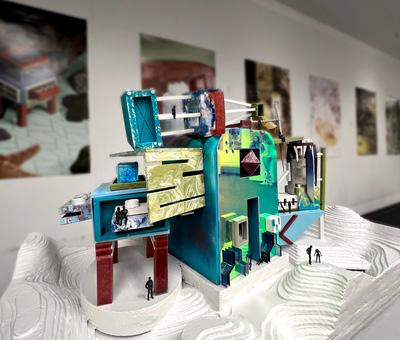
“It seemed a curious mixture that simply made do with time, weather, and those peoples.”
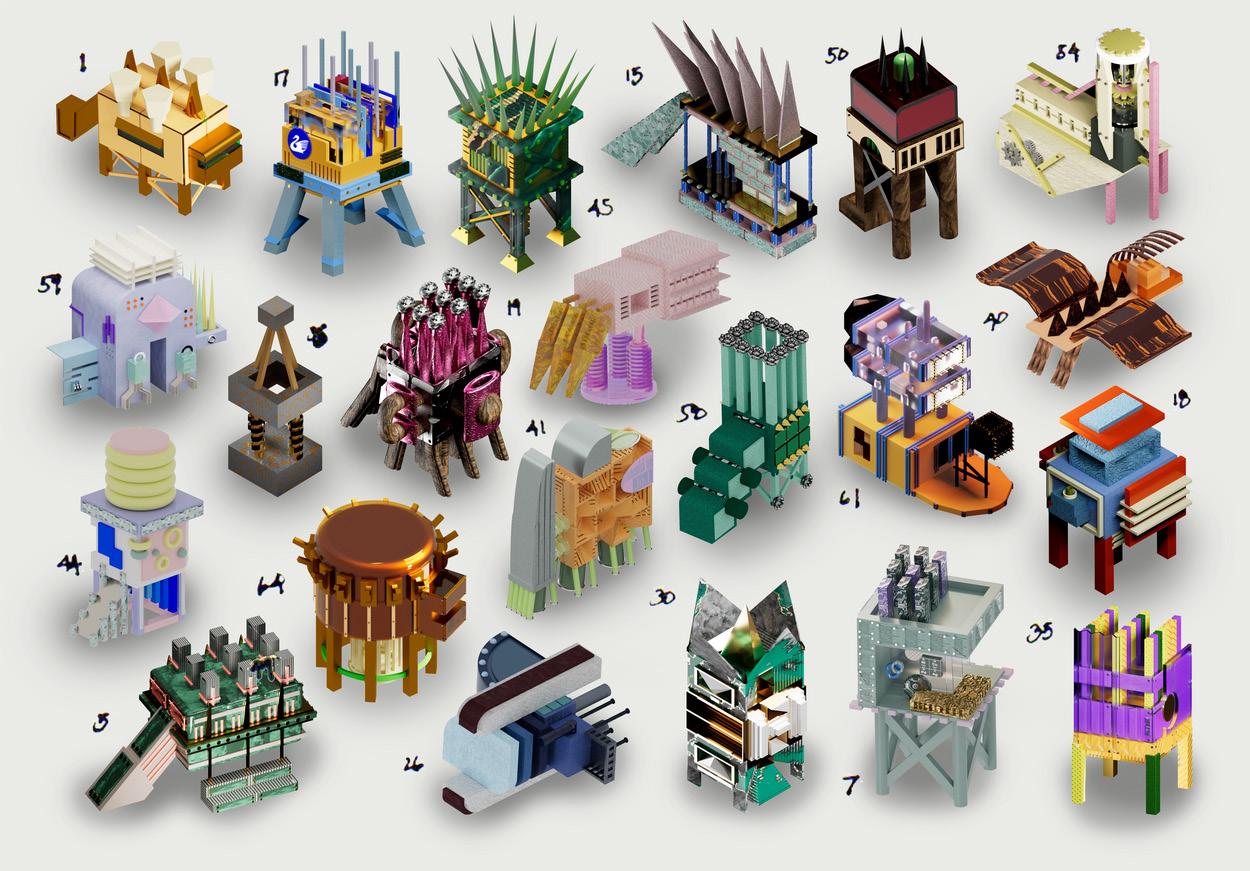
1. John Quentin Hejduk created work that was regarded as unconventional and essentially modified the very disciplines of the architectural view on the world transforming previous notions of architecture and opening a chapter to welcome a new concept of understanding from his work. This is signified through his way of transforming ordinary architecture into characters of meaning that help shape the understanding of its social setting. One of his main elements that he communicates through his work is how the language of architecture can project a functional and expressive capacity. His use of representational meaning throughout his drawings help connect the human mind to structures and through this he was able to give each of them human
relationships to interconnect with the past and present.
2. Hejduk was a proponent of architecture as a vehicle for conveying meaning.
Hejduk's use of the term "monster" was not meant to be taken literally, but rather as a metaphor for the transformation of existing structures into something new and unfamiliar. To inspire a sense of wonder and mystery.
He believed that by reinterpreting familiar forms in unexpected ways, he could create a sense of tension and ambiguity that would stimulate the viewer's imagination He hoped to open up new avenues of thought and imagination, encouraging viewers to see the world around them in a fresh and innovative way.
The Lancaster/Hanover Masque (1980-82), a collection of architectural memories and monsters. One of these figures, the “Widow’s House”, depicts the dark structure recreated here. An elevated shed with a steep, covered access way, like a Midwestern grain conveyor or cement works, it appears as a black box on legs with oddly punky hair.

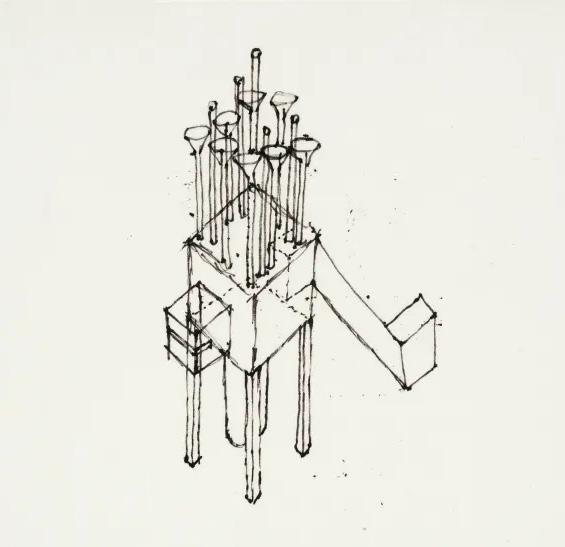
Its name refers to the traditional New England form of the “widow’s walk”, a kind of belvedere on the roof of seafarers’ houses from which the captain’s wife could watch for her husband’s return or, after his disappearance, look longingly out to the merciless sea. In the book Hejduk published about this drawing, he imagines how the odd forms on the roof are made by the “Trombone-Maker, a craftsman of refined detail”.
The Old Farmer Berlin House of the Eldest Citizen modified to the Lancaster/Hanover Masque.
Erected on June 21st in celebration of St John’s Eve. The Maypole is olive-green and the streamers are black and white, one black ... one white ... one black ... one white ... one black ... The ground around the Maypole is covered with the petals of apricot-coloured roses mixed with cut rose stems. When dawn arrives large wooden baskets containing small crabs are brought to the circumference of the flower-strewn earth. All but ten of the crabs are released; these are painted silver. At 7 p.m. the barn fires are lit.
The Children grab and hold the streamers and begin to dance around the Maypole. The music is played on a French horn. The girl-children wear patent-leather shoes with buckle straps made of ivory. They sing a song about the Northern Tundra berries that grow in the melting snow.
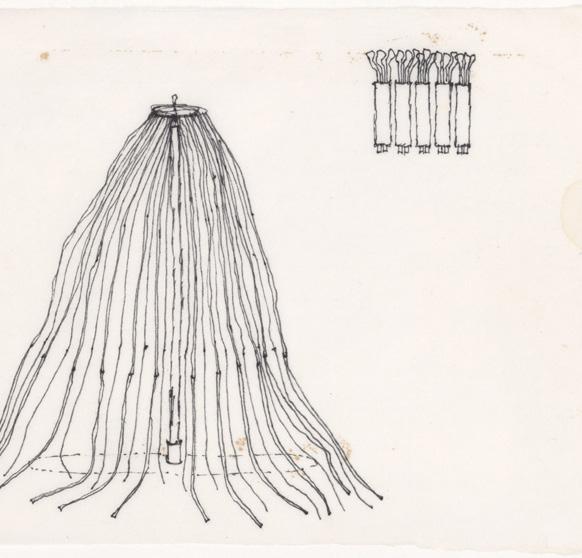
Fight Club examines Generation X angst as '"the middle children of history". Norton said it examines the value conflicts of Generation X as the first generation raised on television: this generation had "its value system largely dictated to it by advertising culture", and was told one could achieve "spiritual happiness through home furnishing". His character walks through his apartment while visual effects identify his many IKEA possessions. Fincher described the Narrator's immersion: "It was just the idea of living in this fraudulent idea of happiness."Pitt said, "Fight Club is a metaphor for the need to push through the walls we put around ourselves and just go for it, so for the first time we can experience the pain."
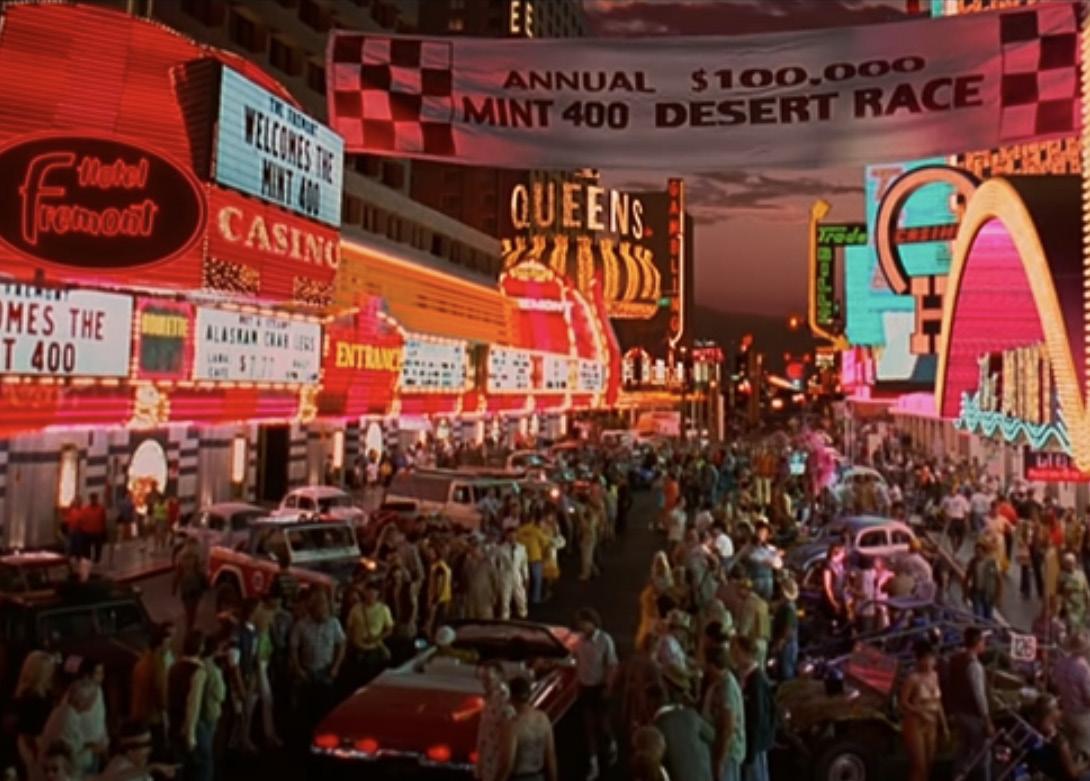
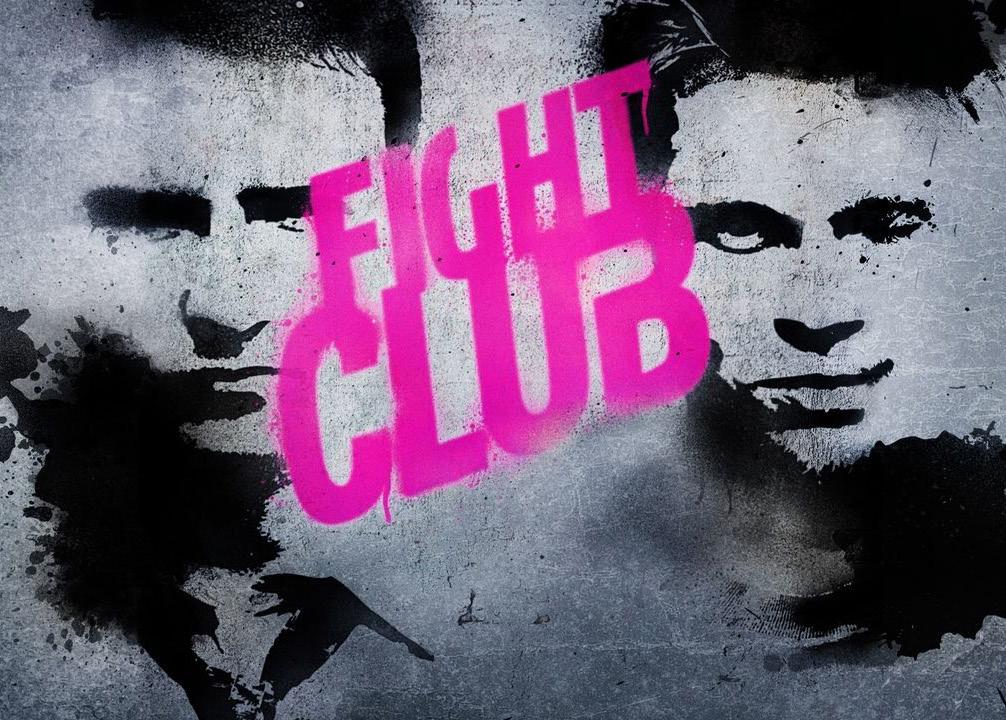
Paprika
"Paprika" is a 2006 Japanese animated film directed by Satoshi Kon. "Paprika" is known for its imaginative visuals, thought-provoking themes, and fastpaced action. The film explores the power of the imagination, the nature of reality, and the relationship between the conscious and subconscious mind.
2: The Parade
In the film "Paprika," there is a memorable parade scene that takes place in the dream world. This parade represents The Collective Subconscious. People wanting to chase a dream but being stuck in the culture of working a 9-5 job, The parade serves as a metaphor of the collective subconscious, whose suppressed imagination and subconscious have joined the parade.
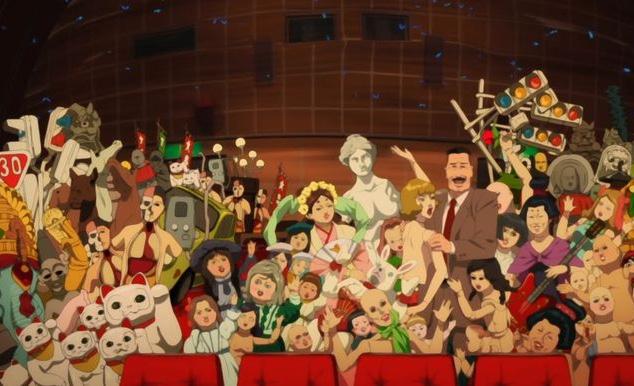
3: The Collective Subconscious
The collective subconscious refers to a shared pool of unconscious thoughts, experiences, and cultural symbols that exist within a society, culture, or community and shape our beliefs, values, and understanding of the world.
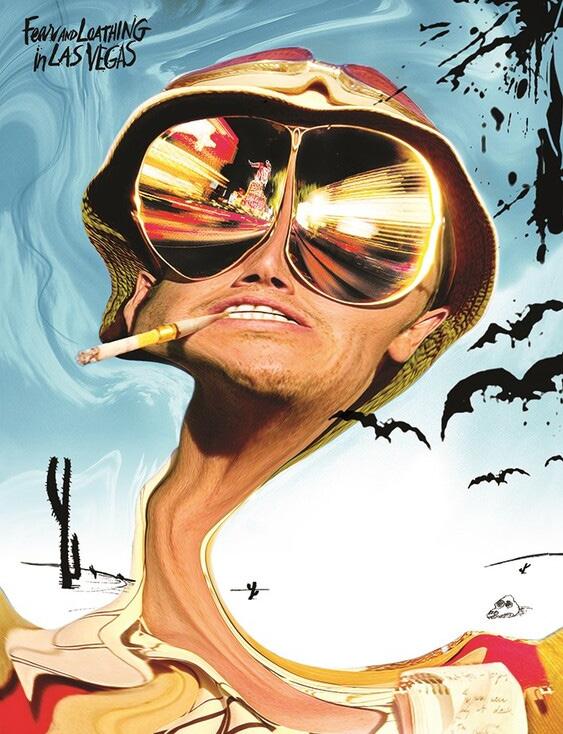
"a guy who does not have a world of possibilities in front of him, he has no possibilities, he literally cannot imagine a way to change his life."
— Oedin Suredan
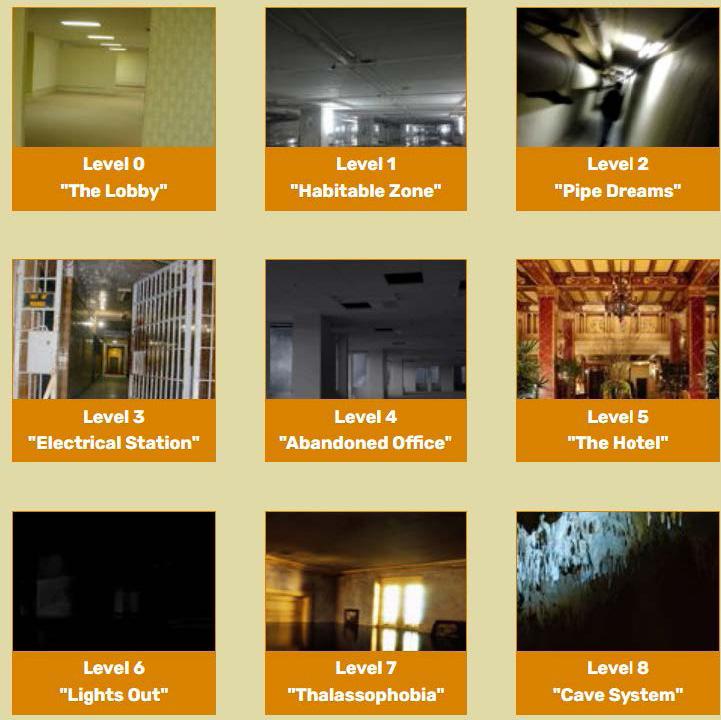
The concept of "backrooms" generally refers to a creepy internet urban legend, which has gained popularity online over the years.
The backrooms are often described as a series of interconnected, identical rooms with yellow, stained wallpaper, and green or brown carpets, which all look exactly the same. People who claim to have experienced the backrooms often say that they feel trapped in an endless maze-like structure, with no apparent exits or end to the labyrinth.
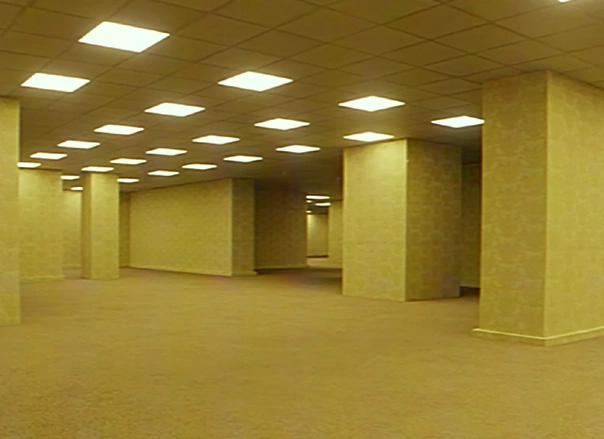
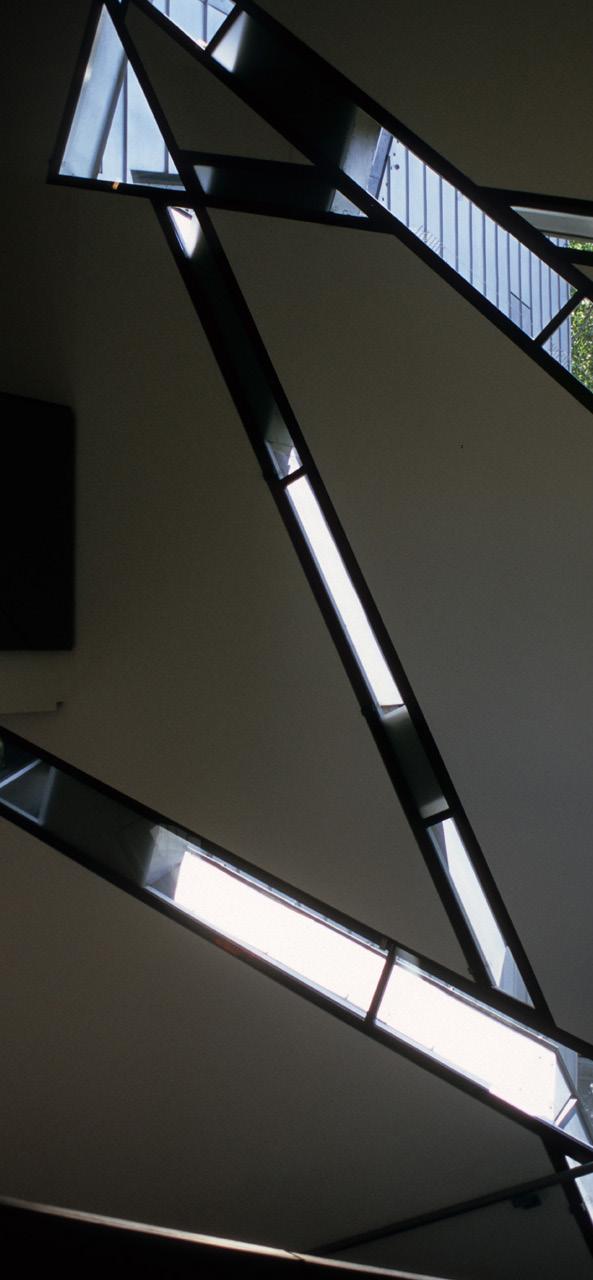
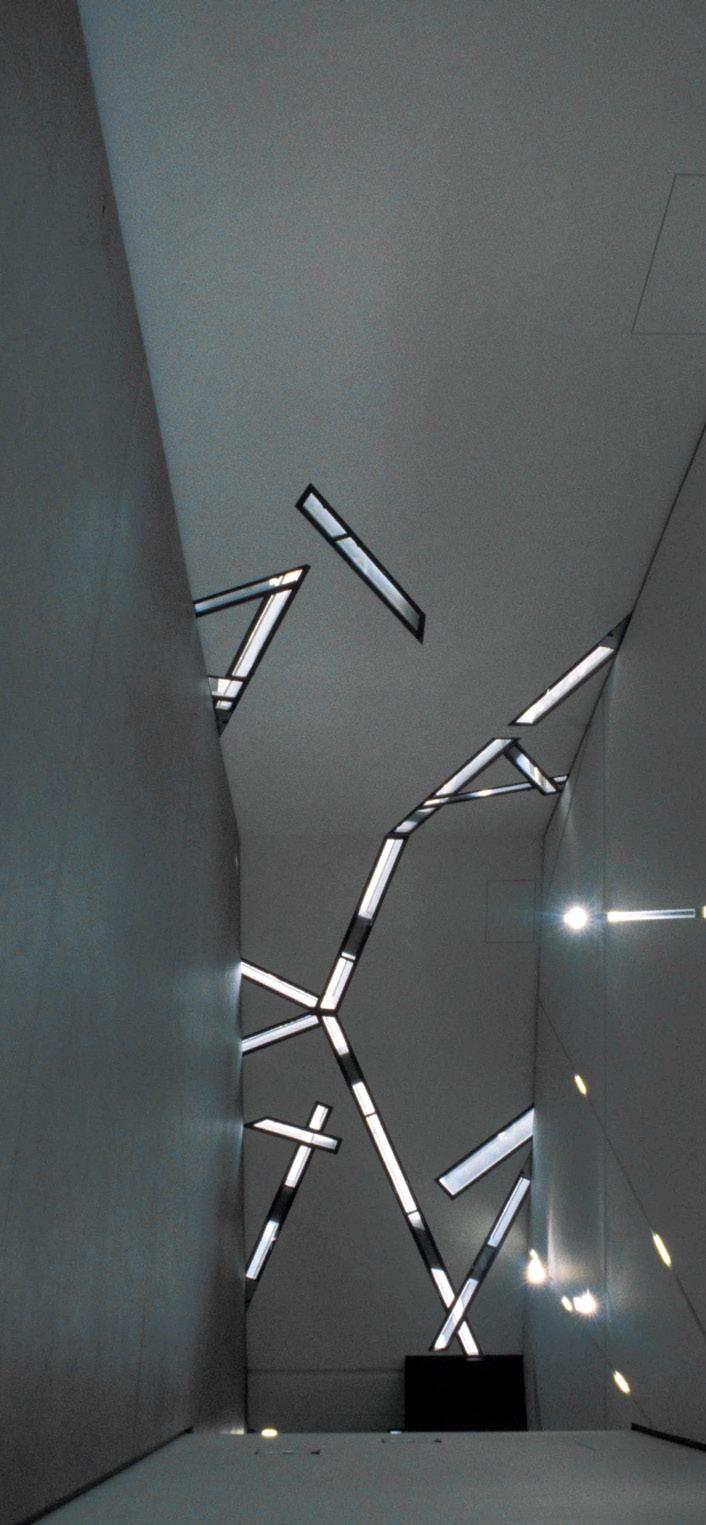
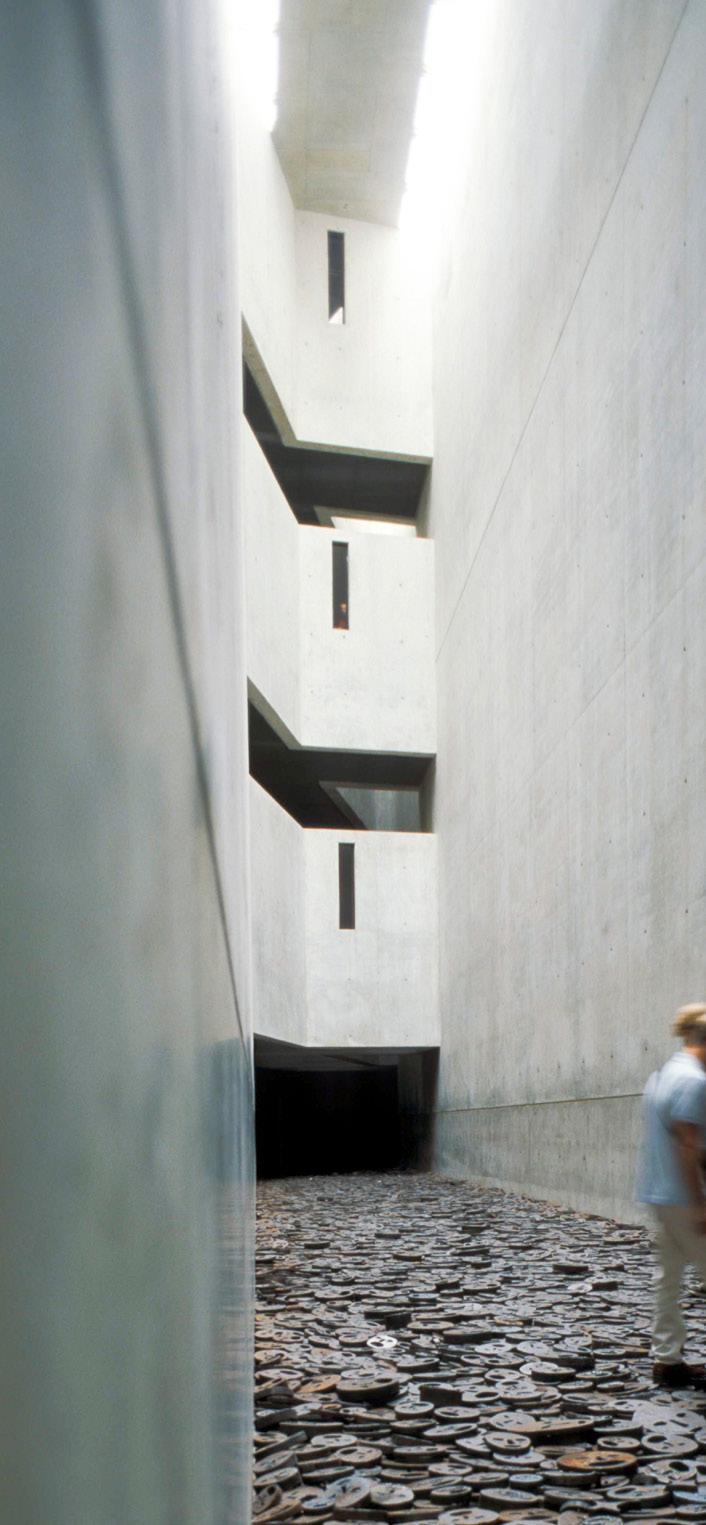
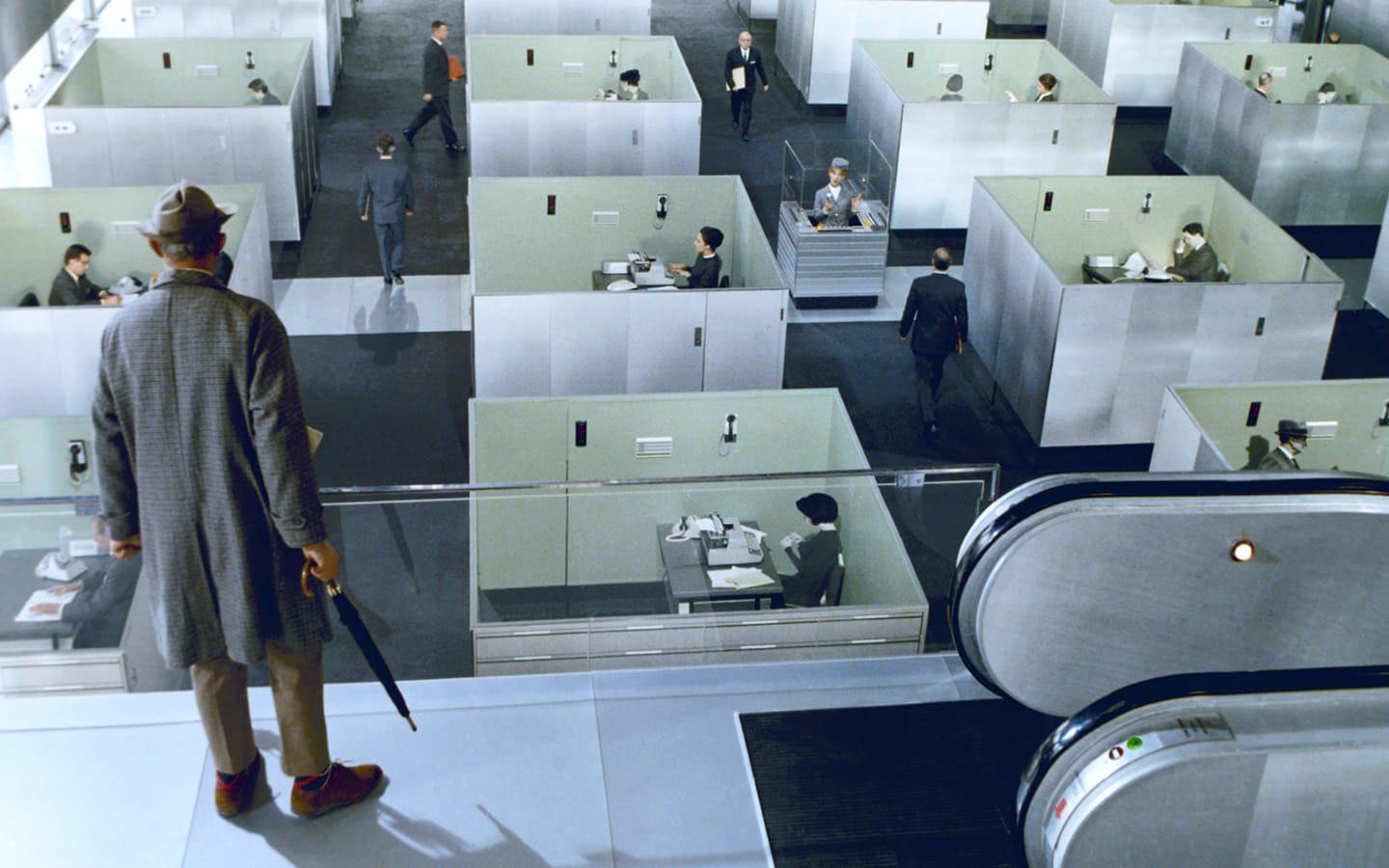
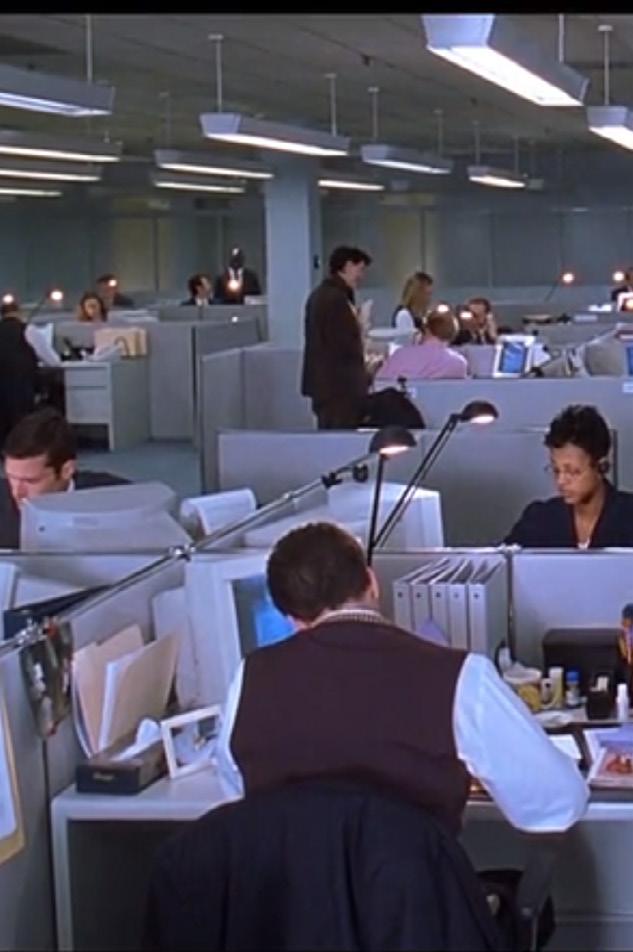
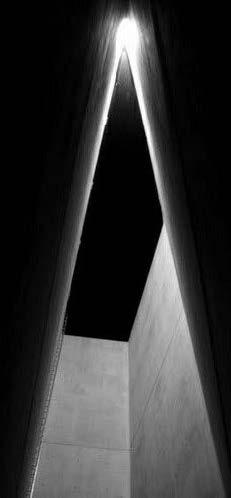
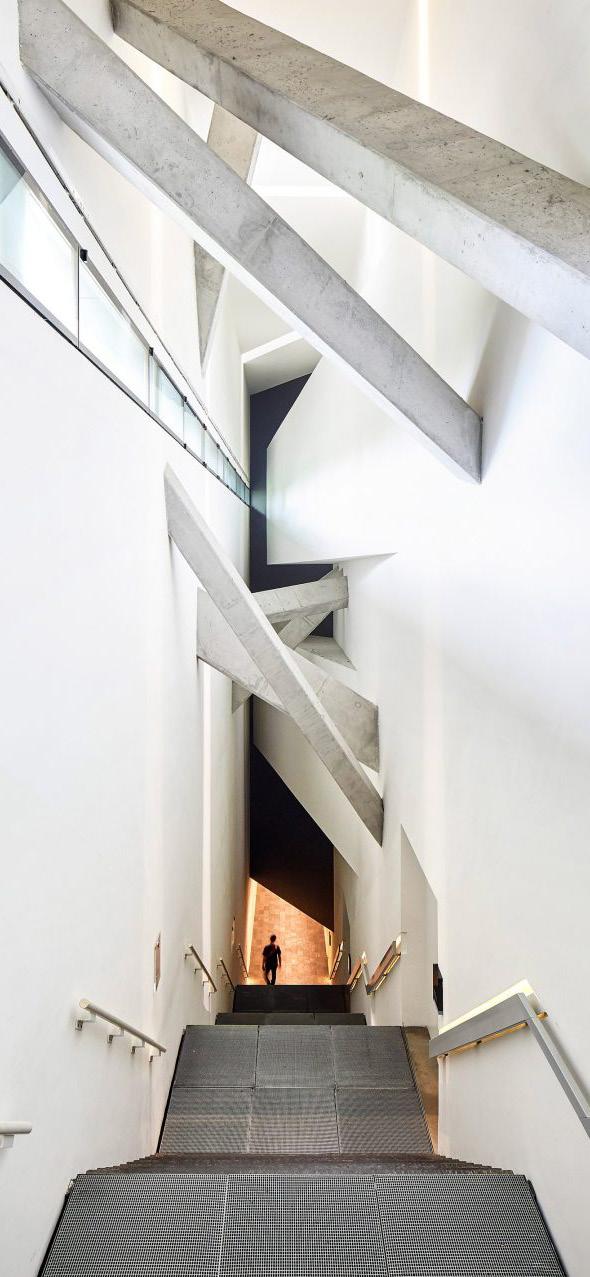
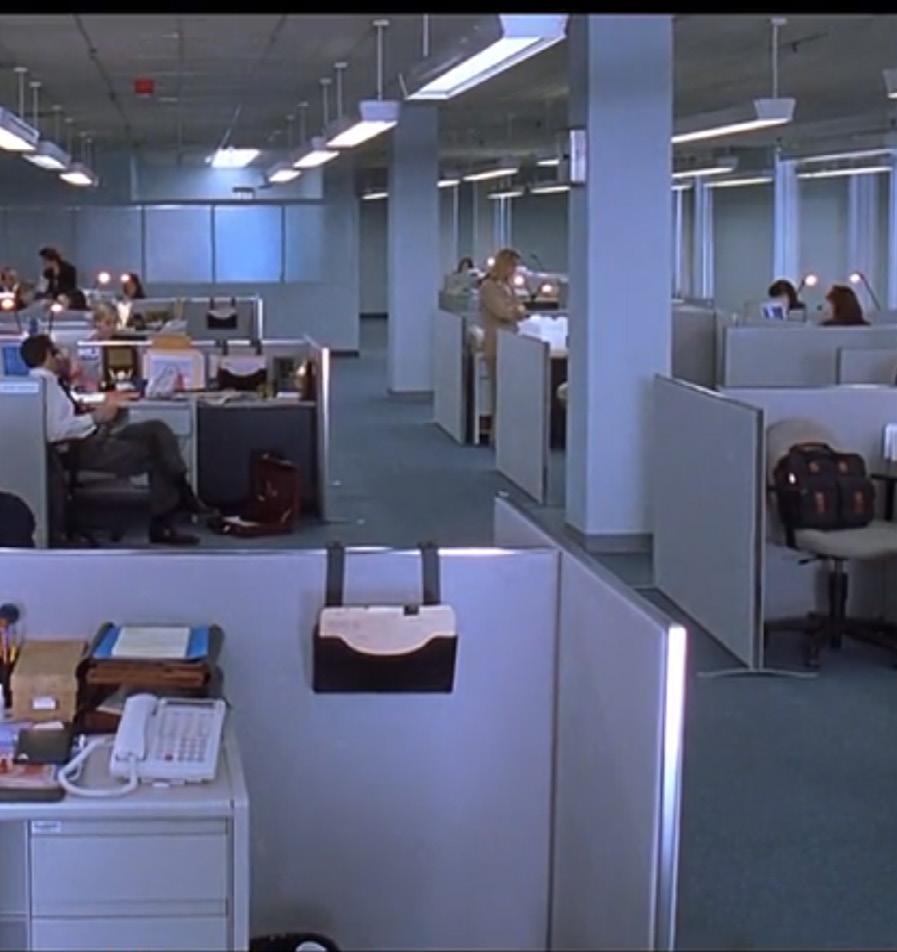
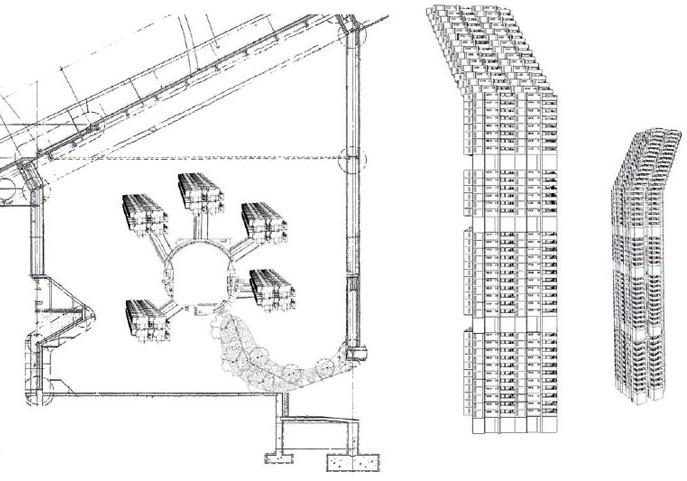
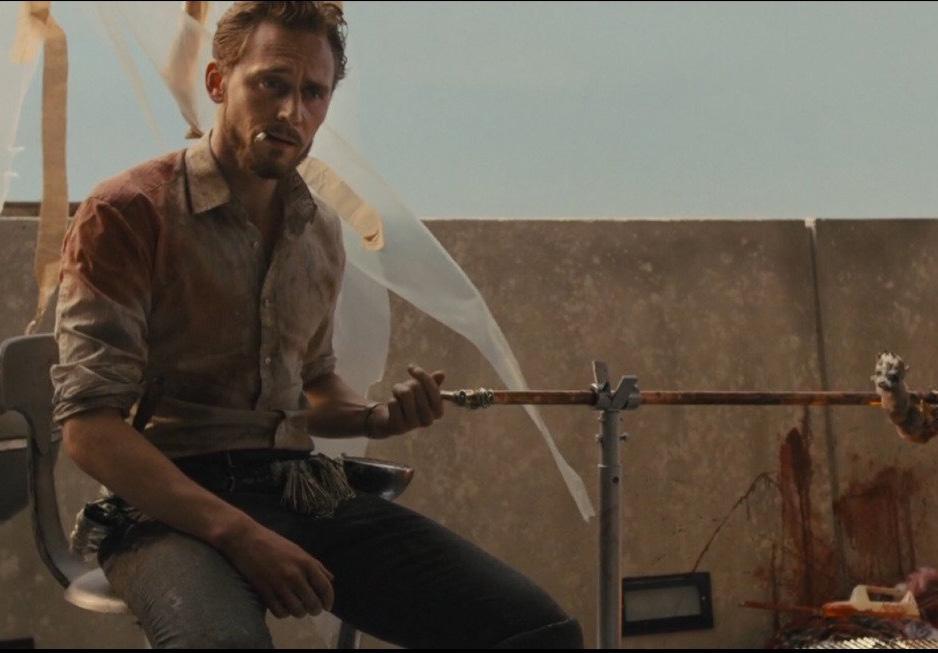

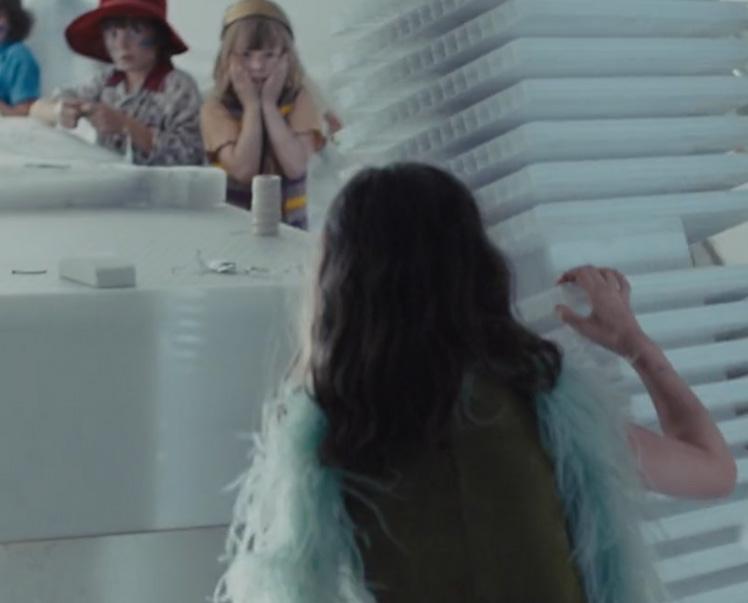
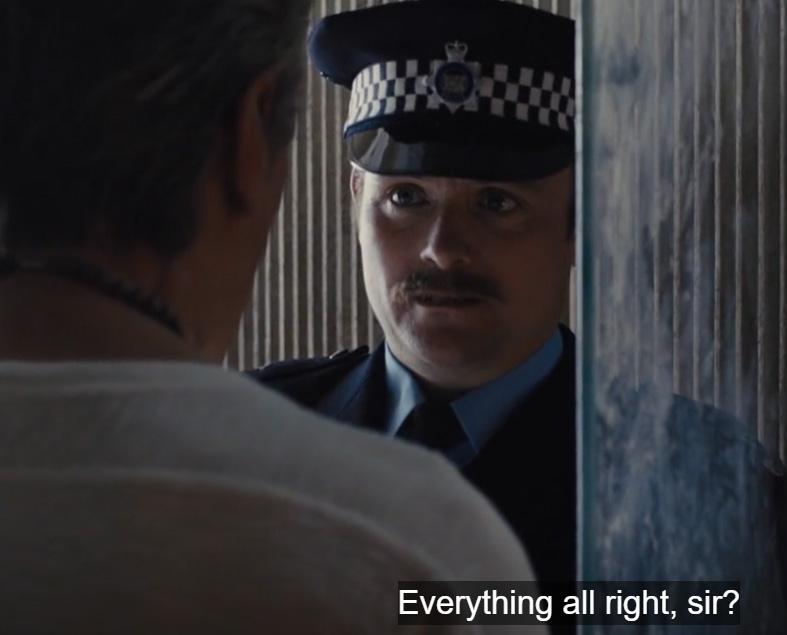
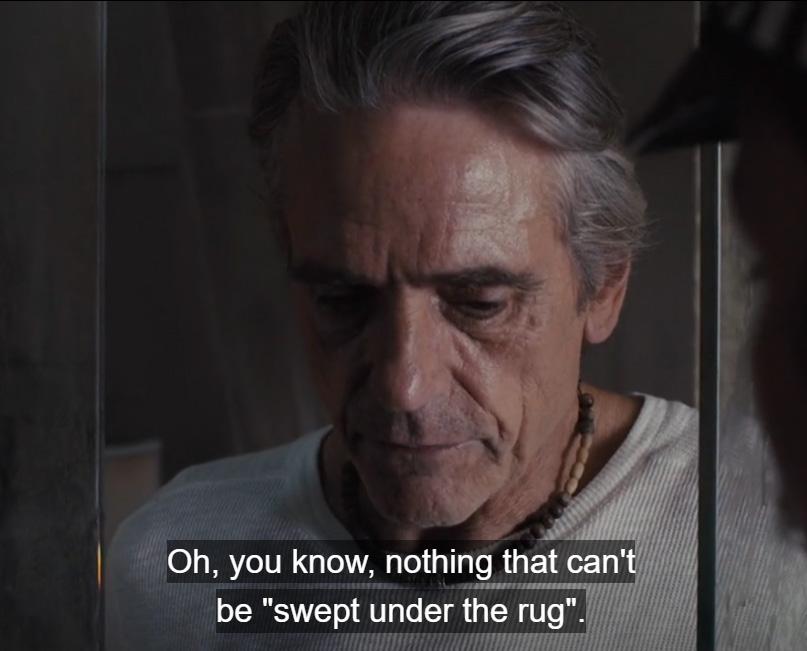

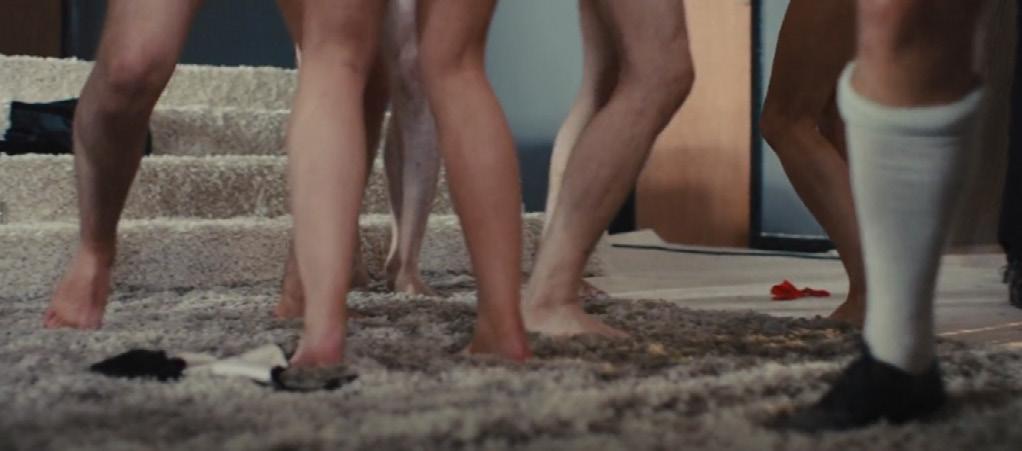
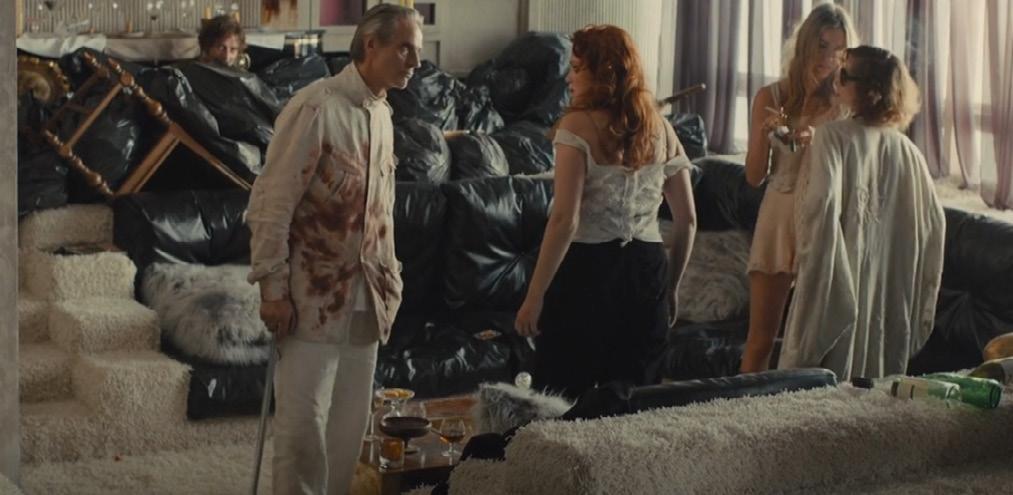
First Paragraph of the book painting a shocking state of the High Rise:
Later, as he sat on his balcony eating the dog, Dr Robert Laing reflected on the unusual events that had taken place within this huge apartment building during the previous three months.
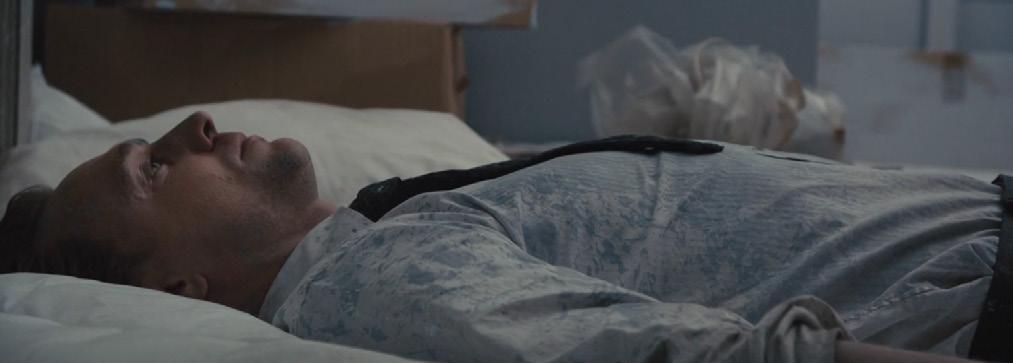
Last Paragraph, depicting the birth of another dystopian world.
Laing looked out at the high-rise four hundred yards away. A temporary power failure had occurred, and on the 7th floor all the lights were out. Already torch-beams were moving about in the darkness, as the residents made their first confused attempts to discover where they were. Laing watched them contentedly, ready to welcome them to their new world.
As the High Rise slowly decays, garbage bags start to blend with the luxurious sofas. The residents have the freedom to leave, but somehow, there is something intoxicating about all this madness, leading people to quit their jobs to fully immerse themselves in this fermenting dystopia and do everything they can to protect this bubble from popping.
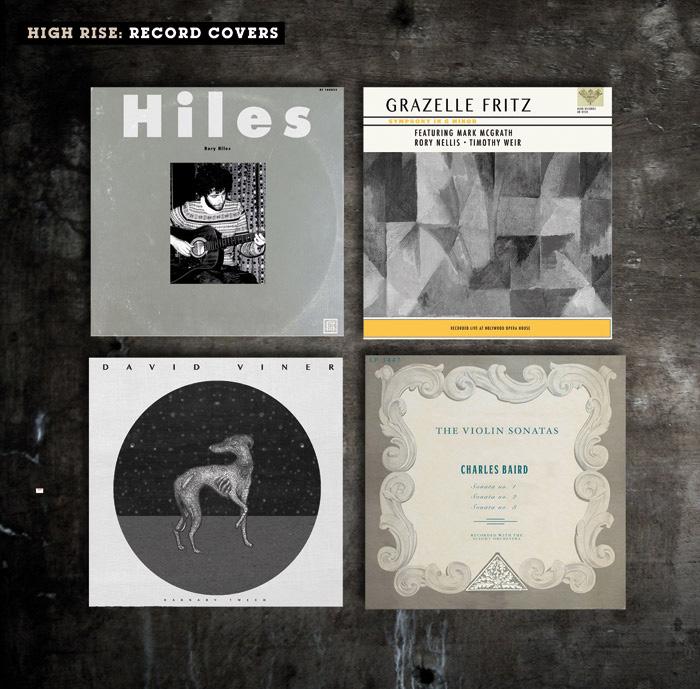
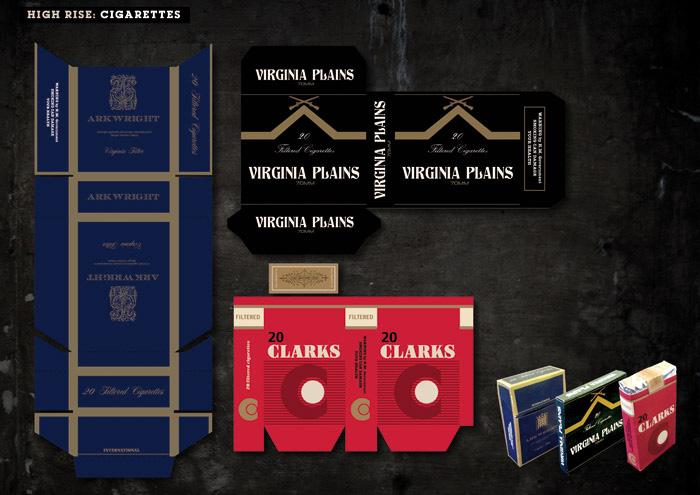
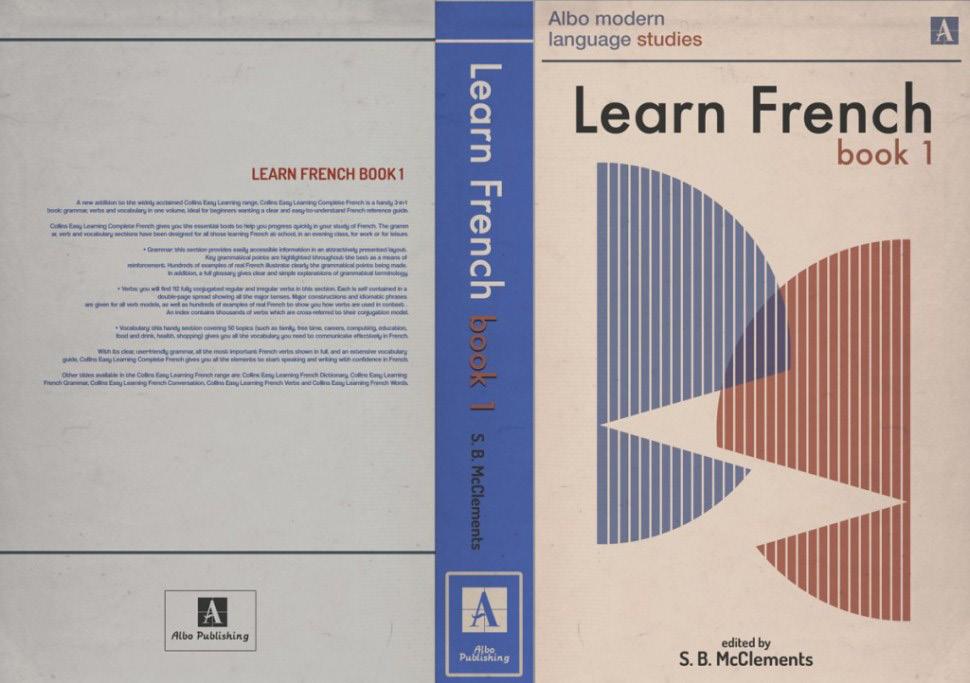
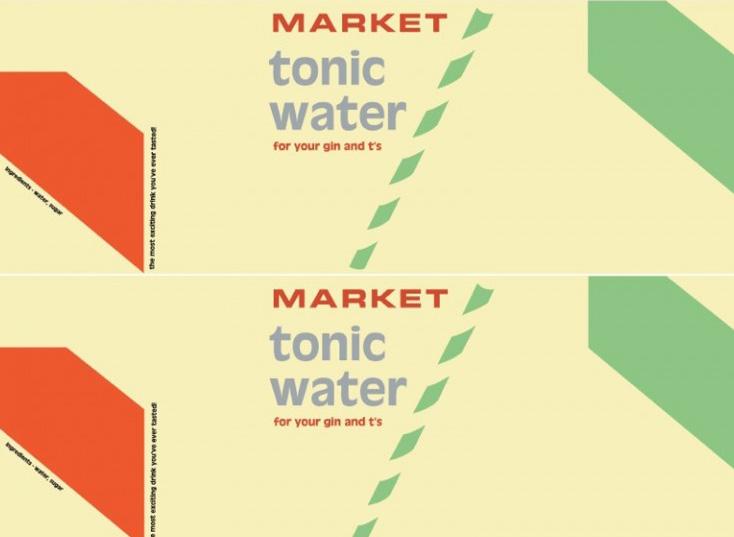

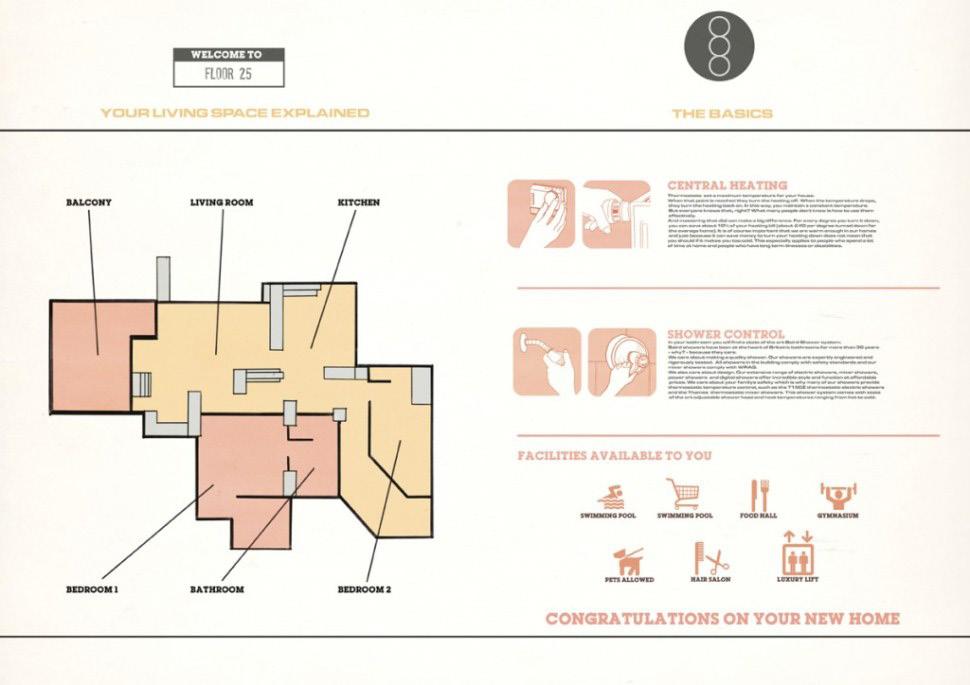


World building means also creating a wide variety of unique assets to go with it. The graphic designs of High Rise paints a unique 1970s mood that is essential to anchoring the films wihtin the intended era.
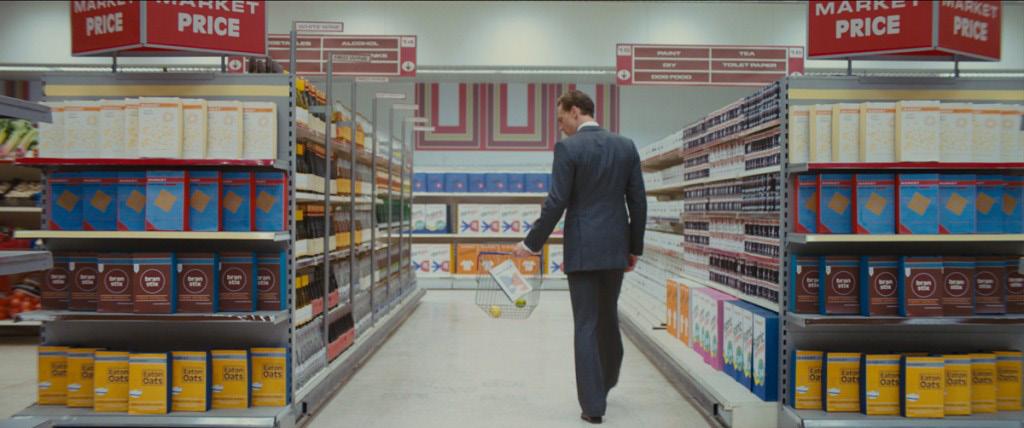
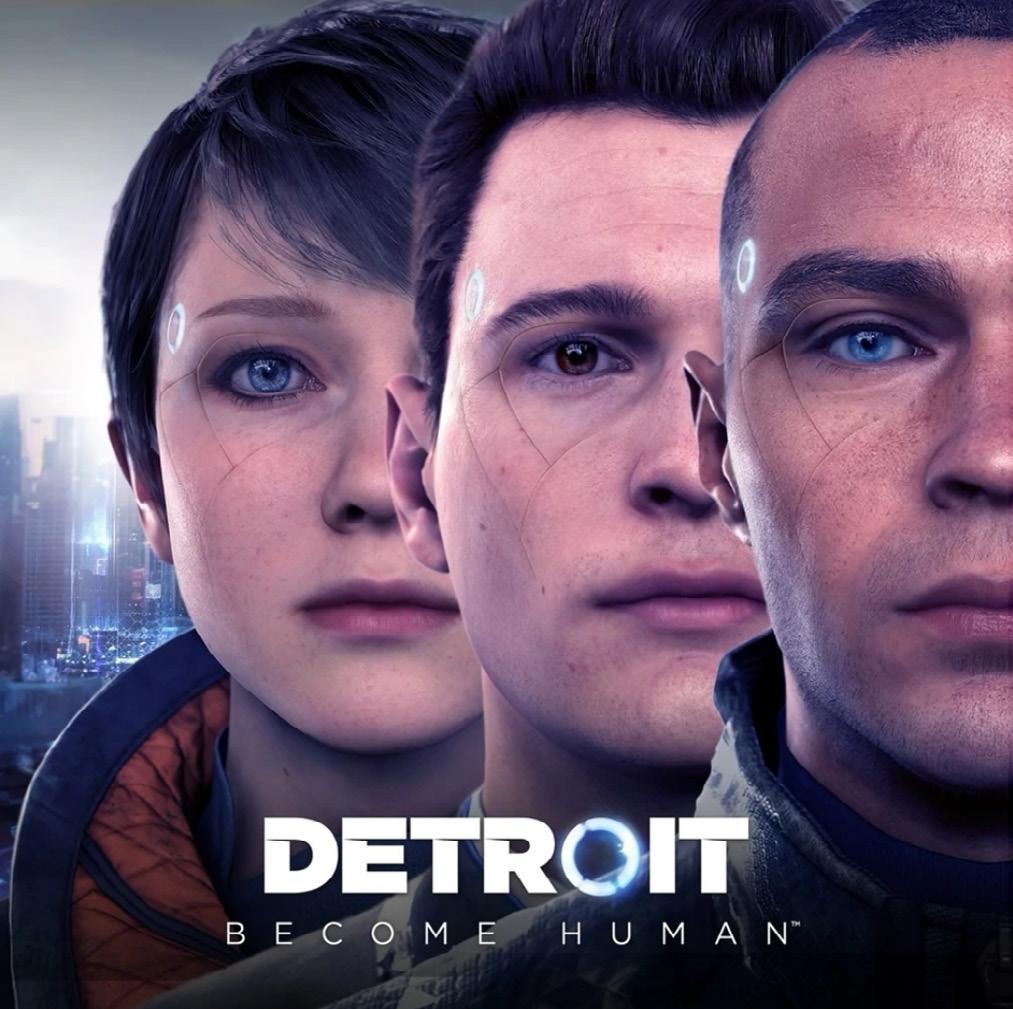
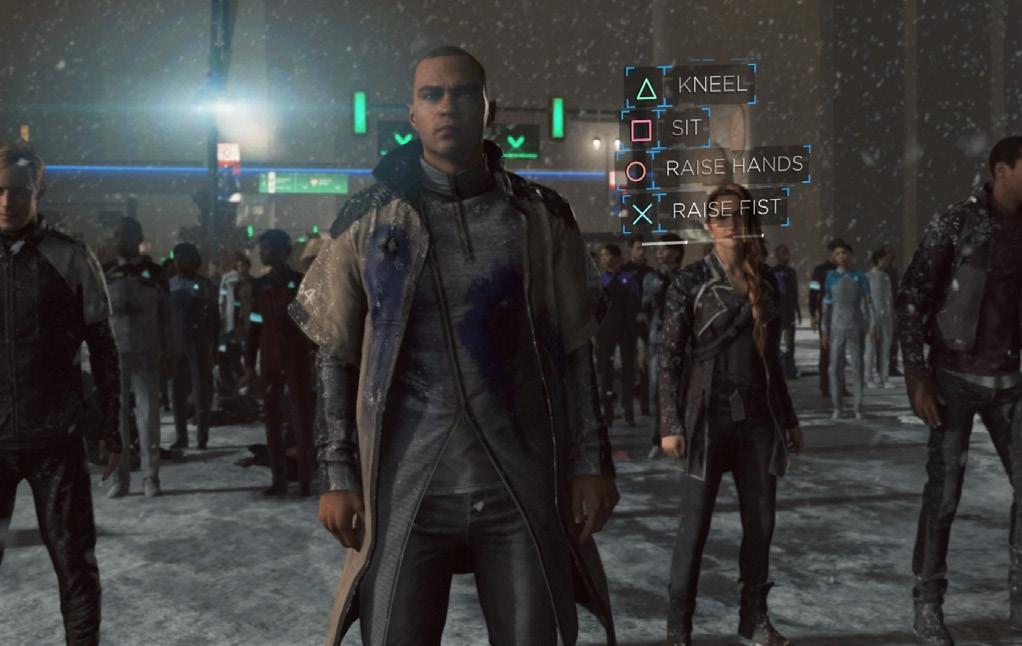
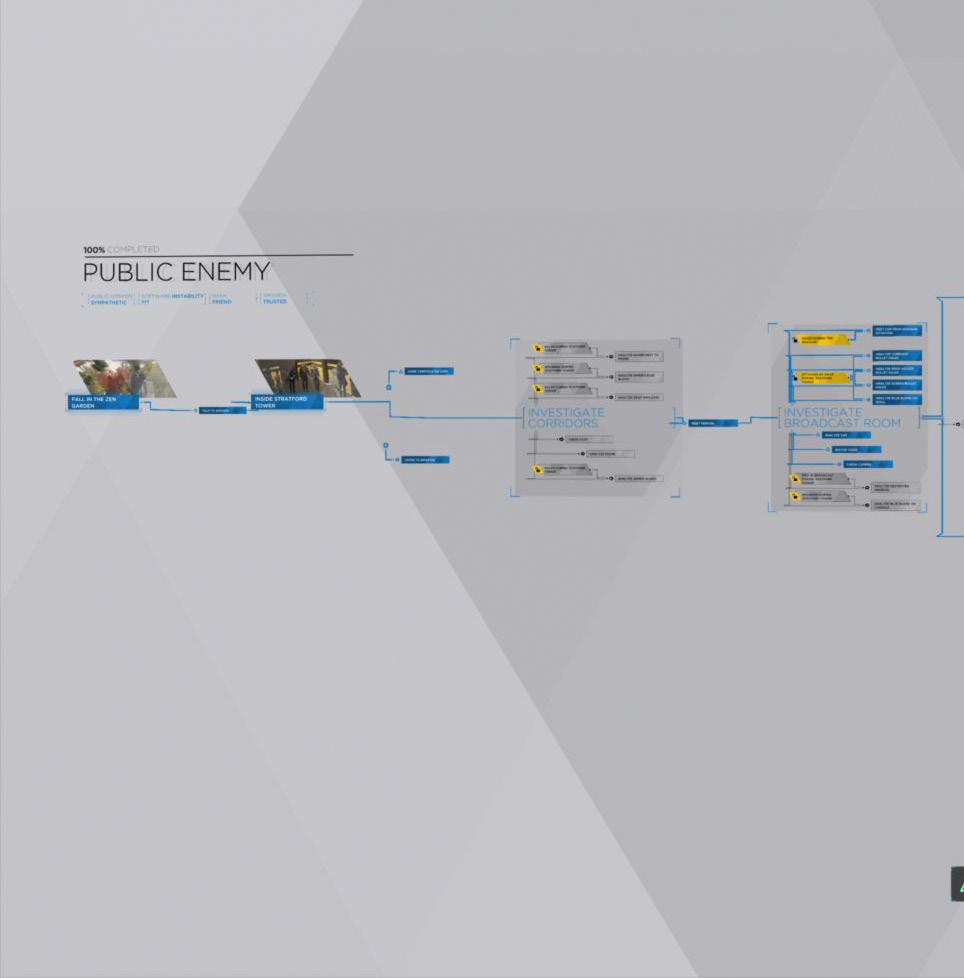
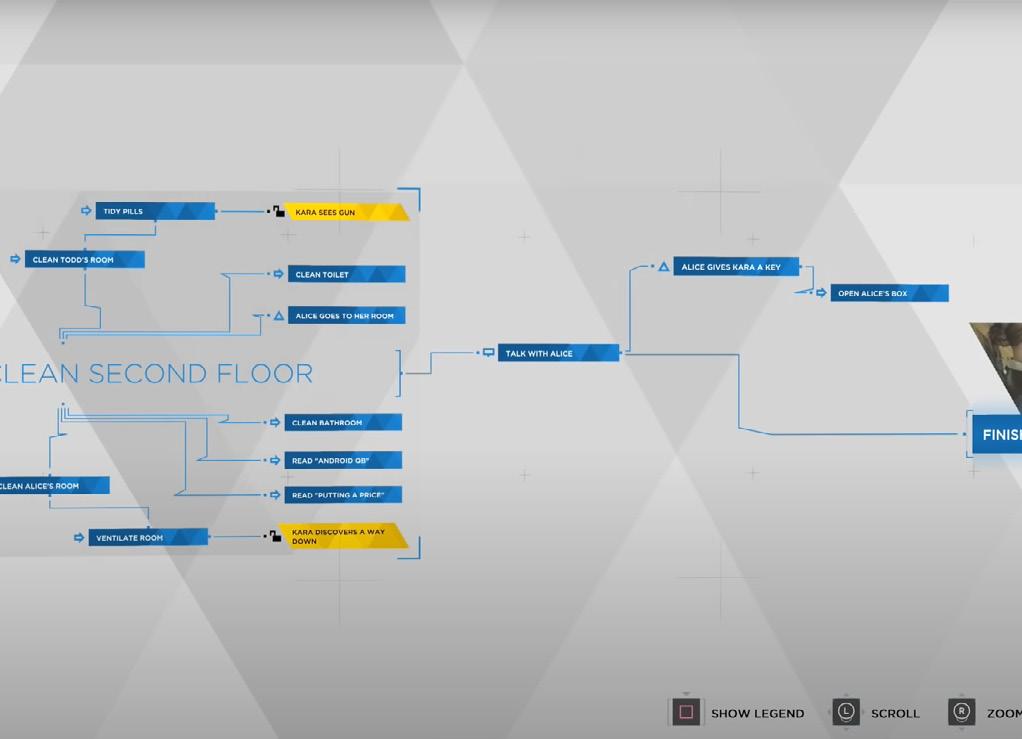
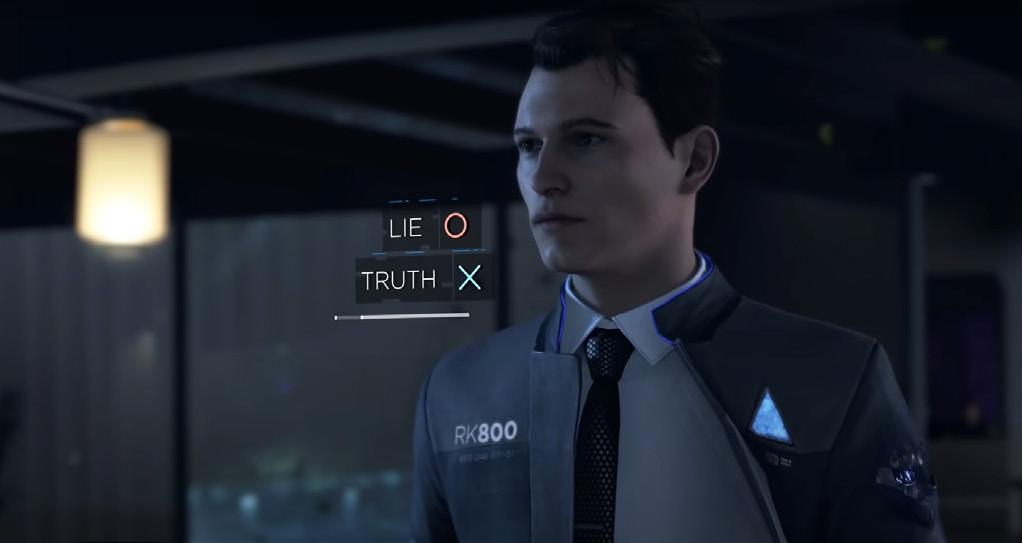
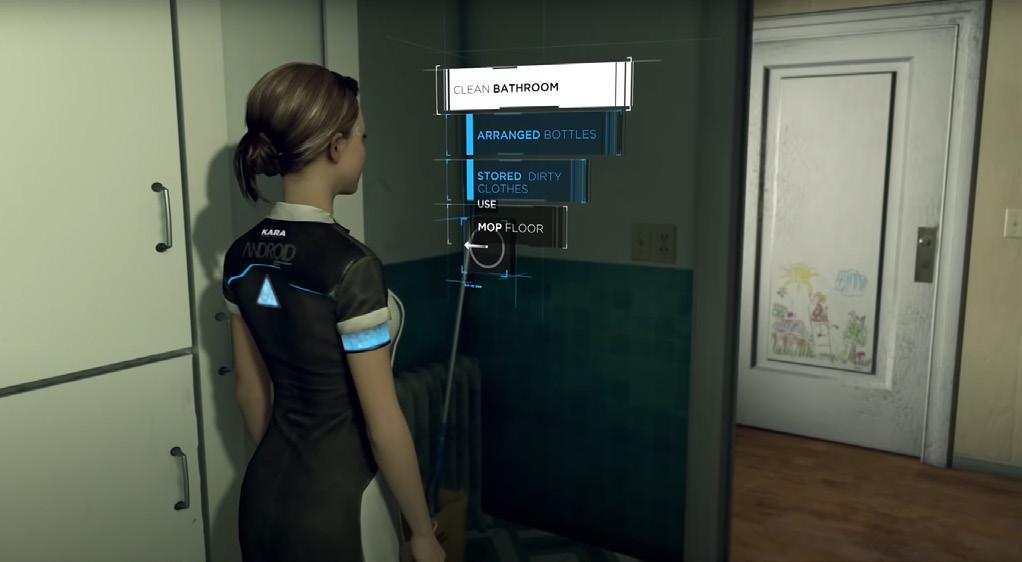
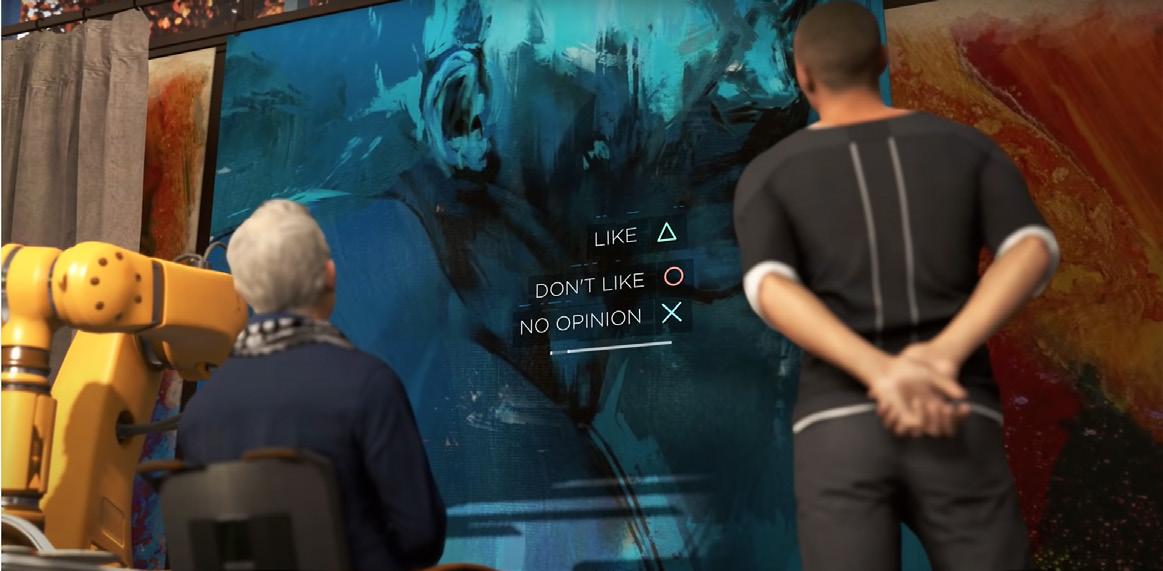
The gameplay follows three andriods. Connor spends his days hunting androids that have gone rogue or called deviants. Kara is a newly deviant android who escaped her owner and is trying to protect a young girl, and Markus is the leader of the deviants, helping other androids go free. The game forces the player to make many choices that will change the way the game plays out. Because of this, there are so many different endings, making the story unique for every player.
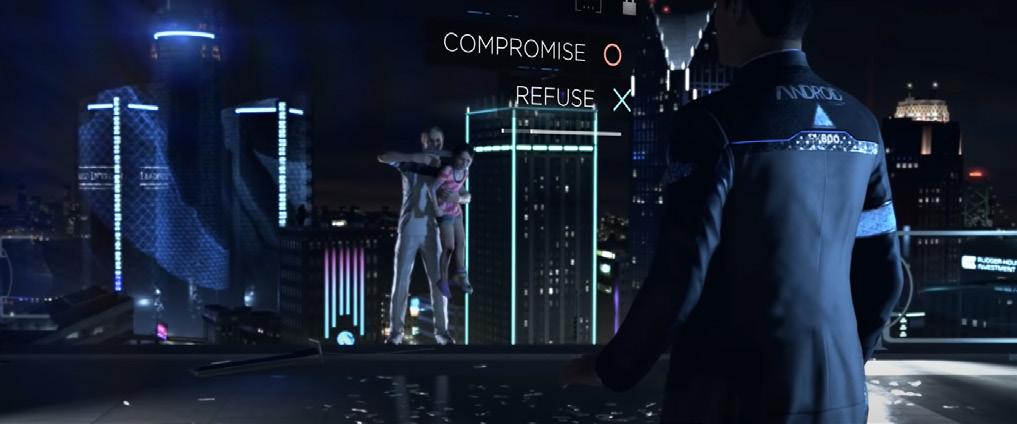
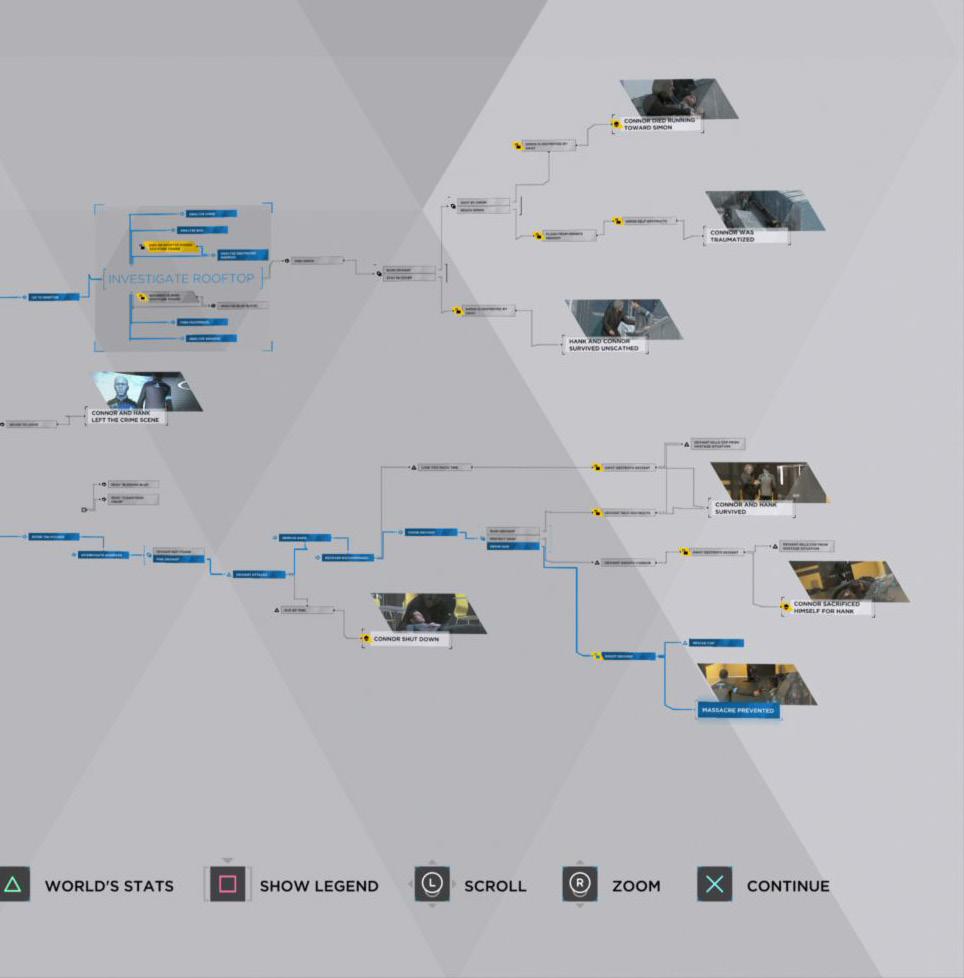
Why does the human being need to dream? Simple, to detach from the real world. Society leads man to want to escape from reality. The question that Kon poses is why it has come to this paradox: to live defending what makes us escape from everyday life.
a combining form meaning "monster", used in the formation of compound words: teratology
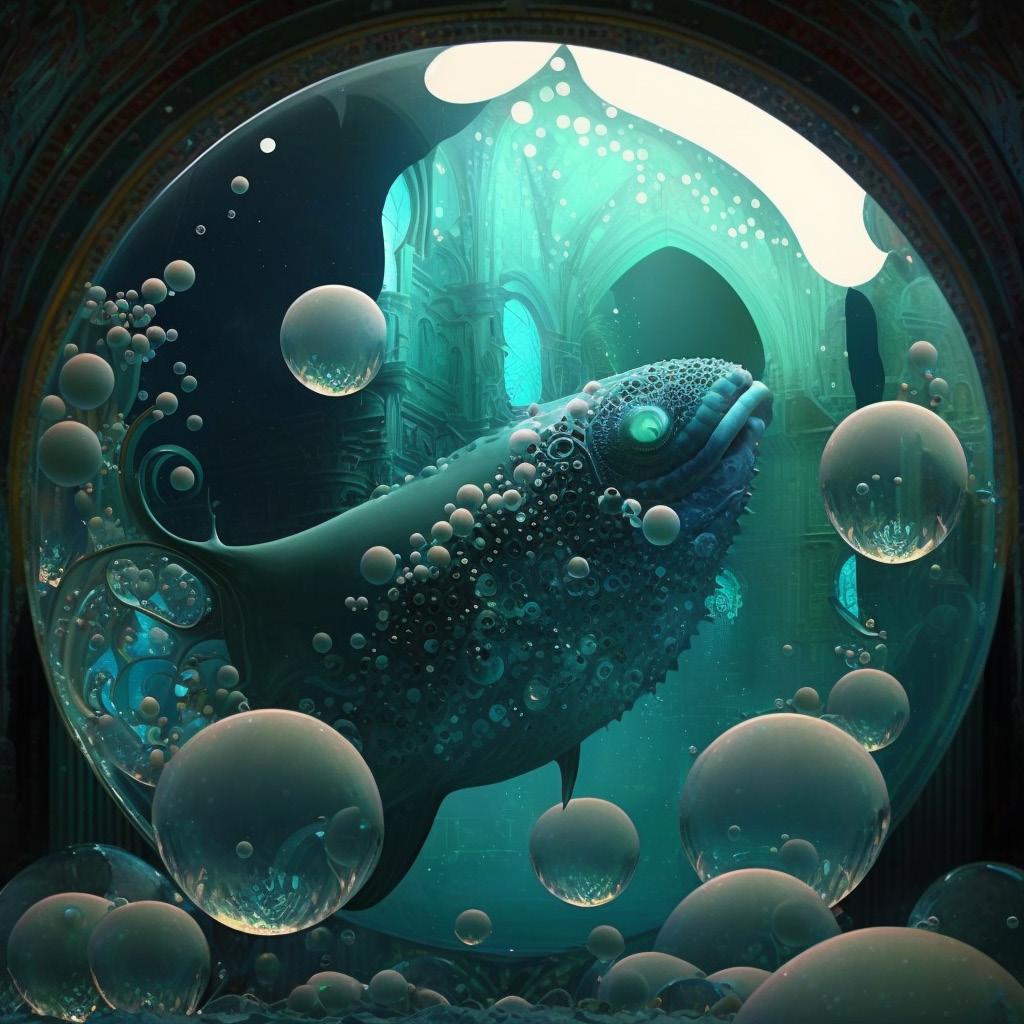
In the depths of the ocean, there lived a giant monster named Kun. Kun was unique in that it embodied the dreams of the people that inhabited the world above. The name Kun came from the fish roe, which represented the dreams of those people. When the people were content with their lives, Kun would transform into Peng, which would allow the human consciousness to transcend Earth and explore space. One day, a young woman named Sophie had a dream in which she found herself inside Kun's body. As she explored the spaces within the monster, she was amazed by what she saw. Everywhere she looked, there were intricate patterns and beautiful colors that seemed to shift and change with every passing moment. Sophie realized that each area within Kun reflected the dreams of the people above. She saw familiar landscapes and objects, and encountered people from her past. As Sophie continued to explore, she noticed that Kun's body was constantly shifting and changing. She could feel the rhythm of the ocean, and the ebb and flow of life itself. She realized that Kun was not just a monster, but a living embodiment of the dreams and aspirations of the people above. Alice continued to explore, and as she did, she began to understand the concept of optimistic nihilism. She realized that life had no inherent meaning, but that this didn't have to be a negative thing.
Instead, she could find her own purpose and enjoyment in life, just as Kun had found its own meaning in embodying the dreams of others. Eventually, Sophie emerged from Kun's body, feeling changed by the experience. She knew that she had been given a rare and precious gift - the opportunity to explore the depths of her own consciousness, and to understand that life was what she made of it. As she returned to the world above, Sophie felt a renewed sense of purpose and joy. She knew that she would always carry the memory of Kun with her, and that she would always be grateful for the monster that had shown her the way. Years passed, and Sophie continued to live a life of purpose and meaning. She watched as Kun continued to embody the dreams of the people above, and she knew that one day, it would transform into Peng. And when that day came, she would be ready to explore the vast expanse of space, confident in her ability to find purpose and joy in every moment. In the end, Sophie realized that life was not about finding meaning - it was about creating it. And as long as she had the courage to embrace the unknown and explore the depths of her own consciousness, she knew that she would always be able to find her way, no matter where her journey might take her.
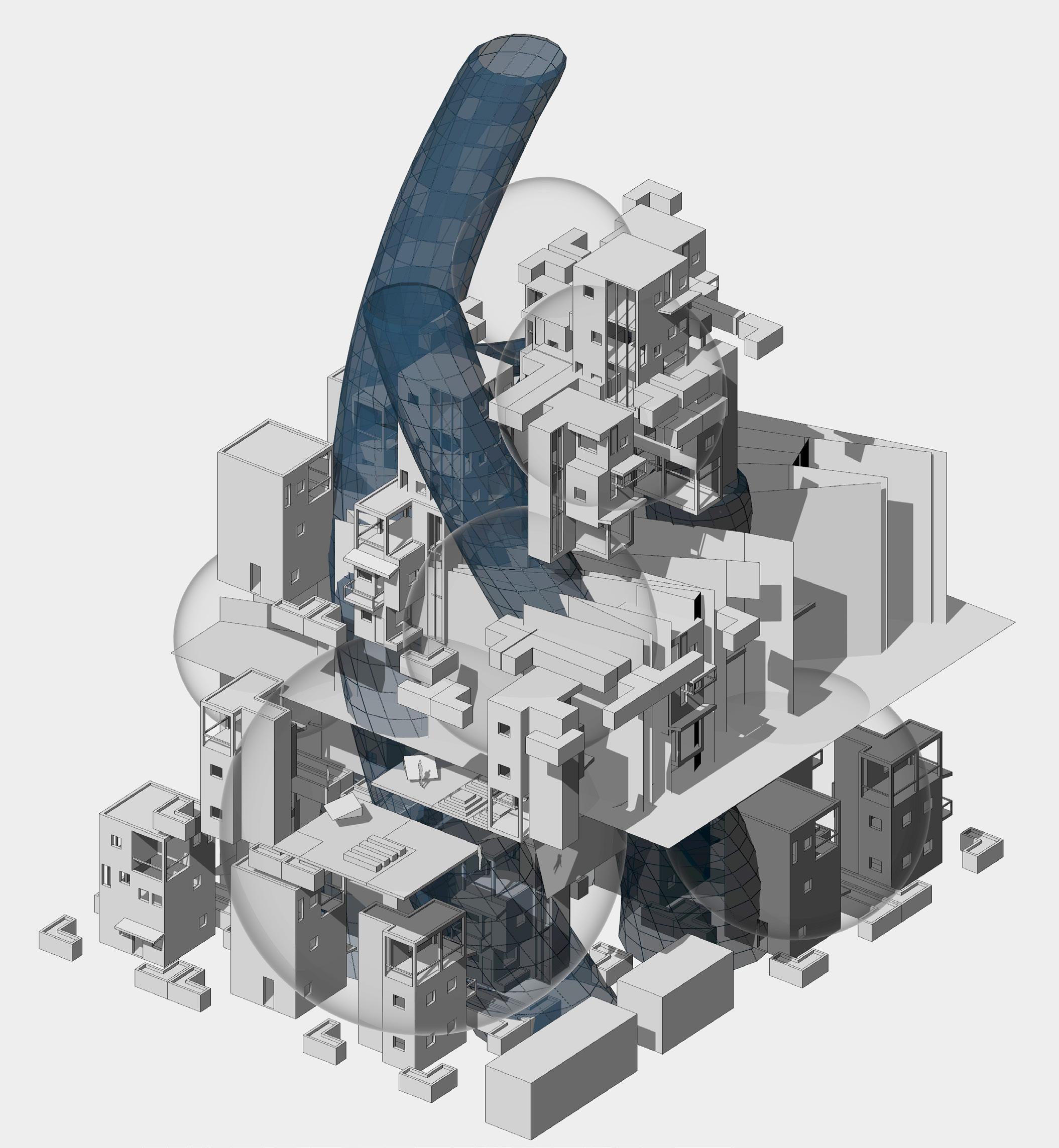
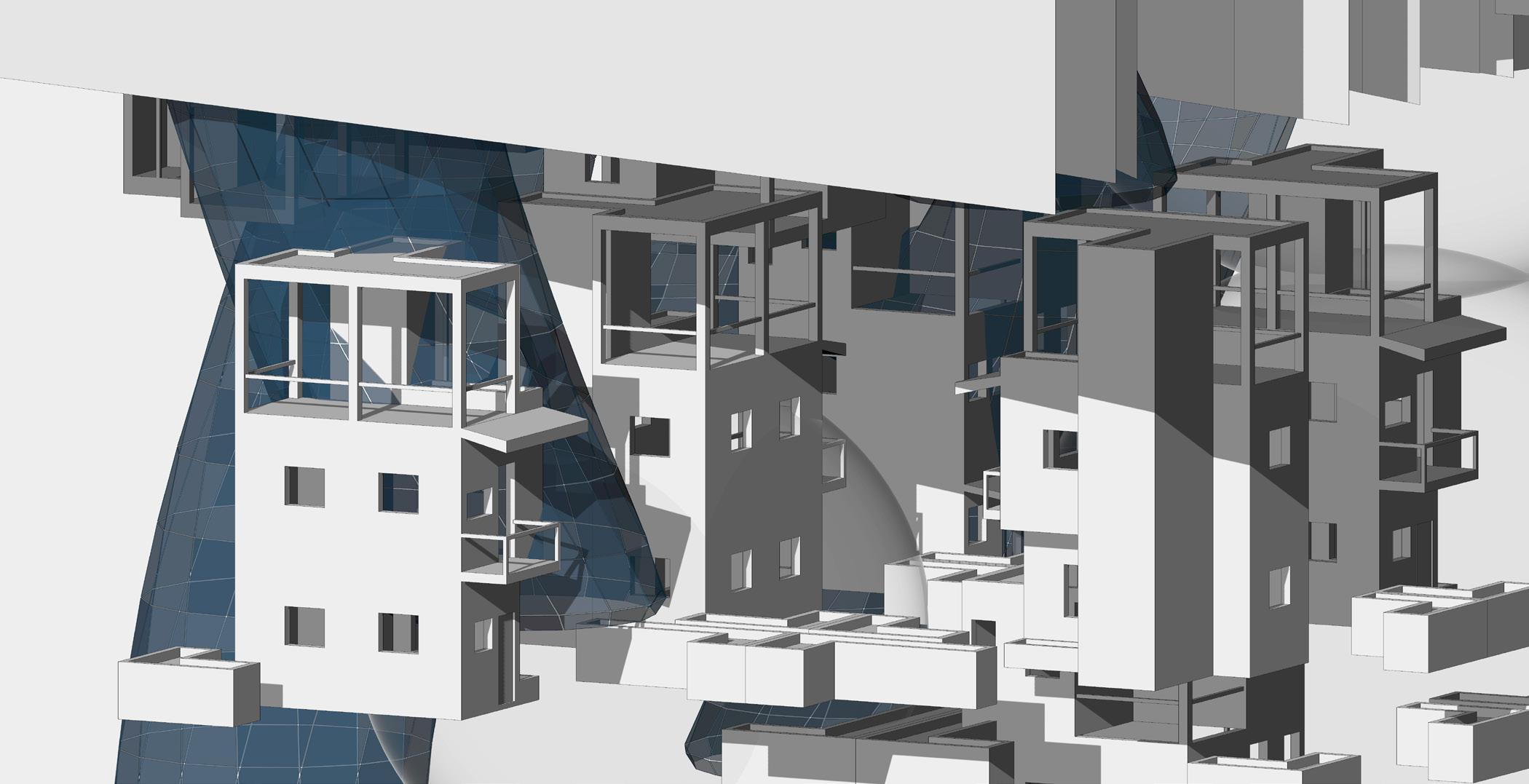
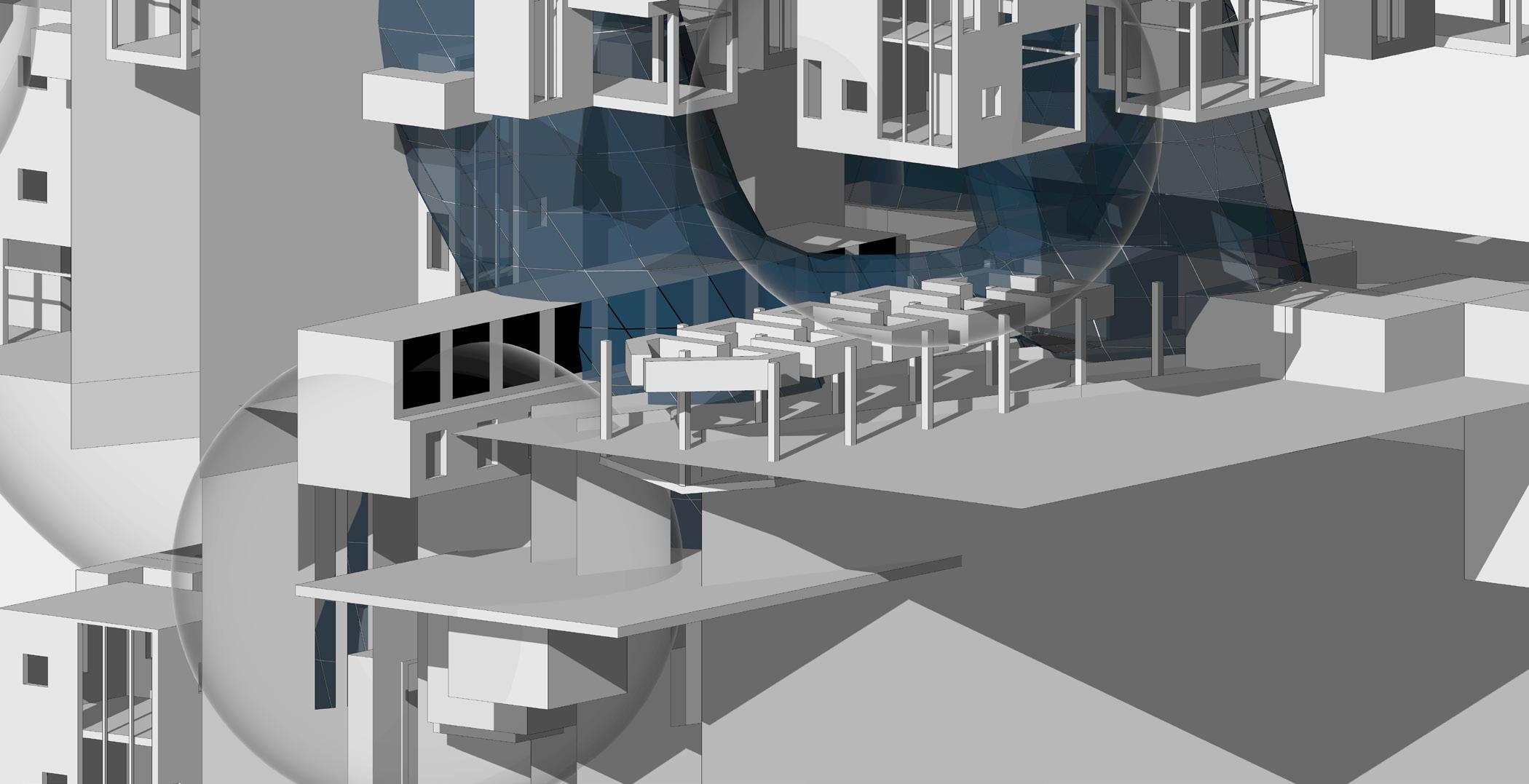
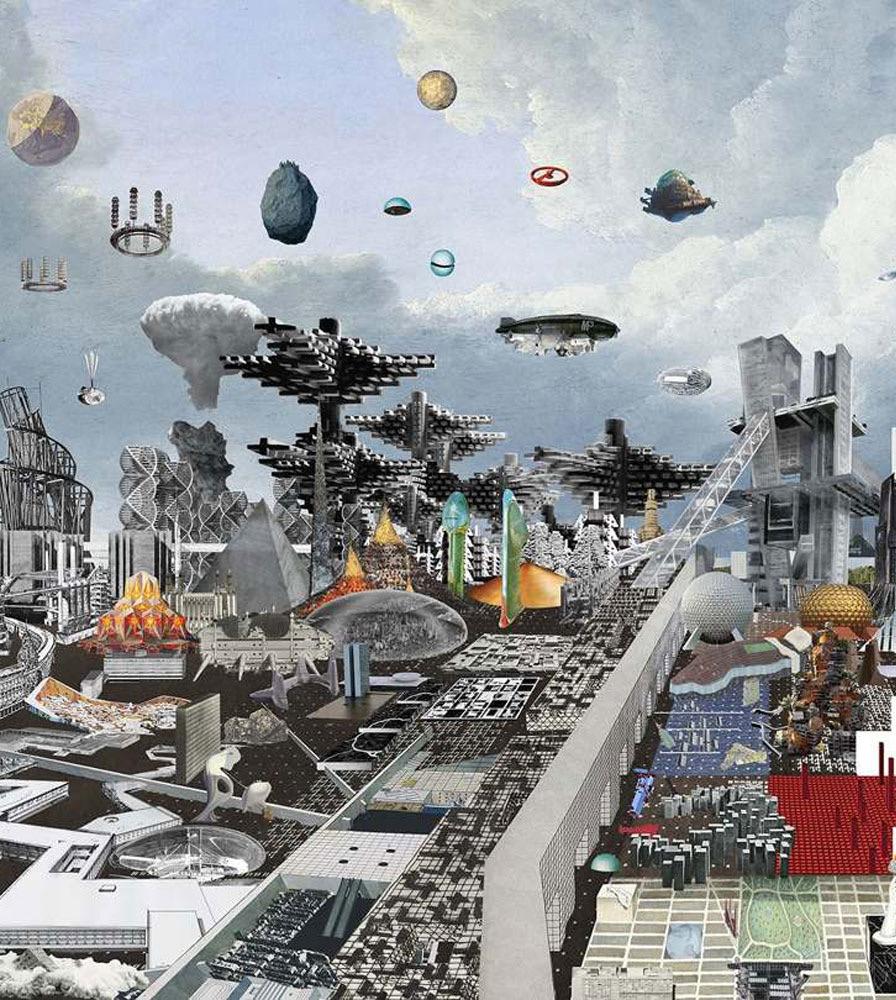
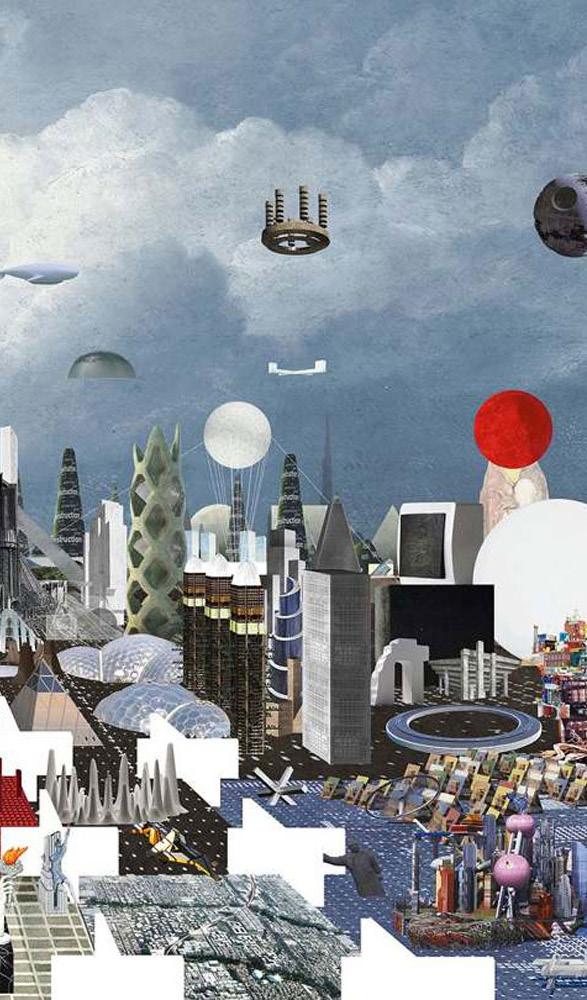
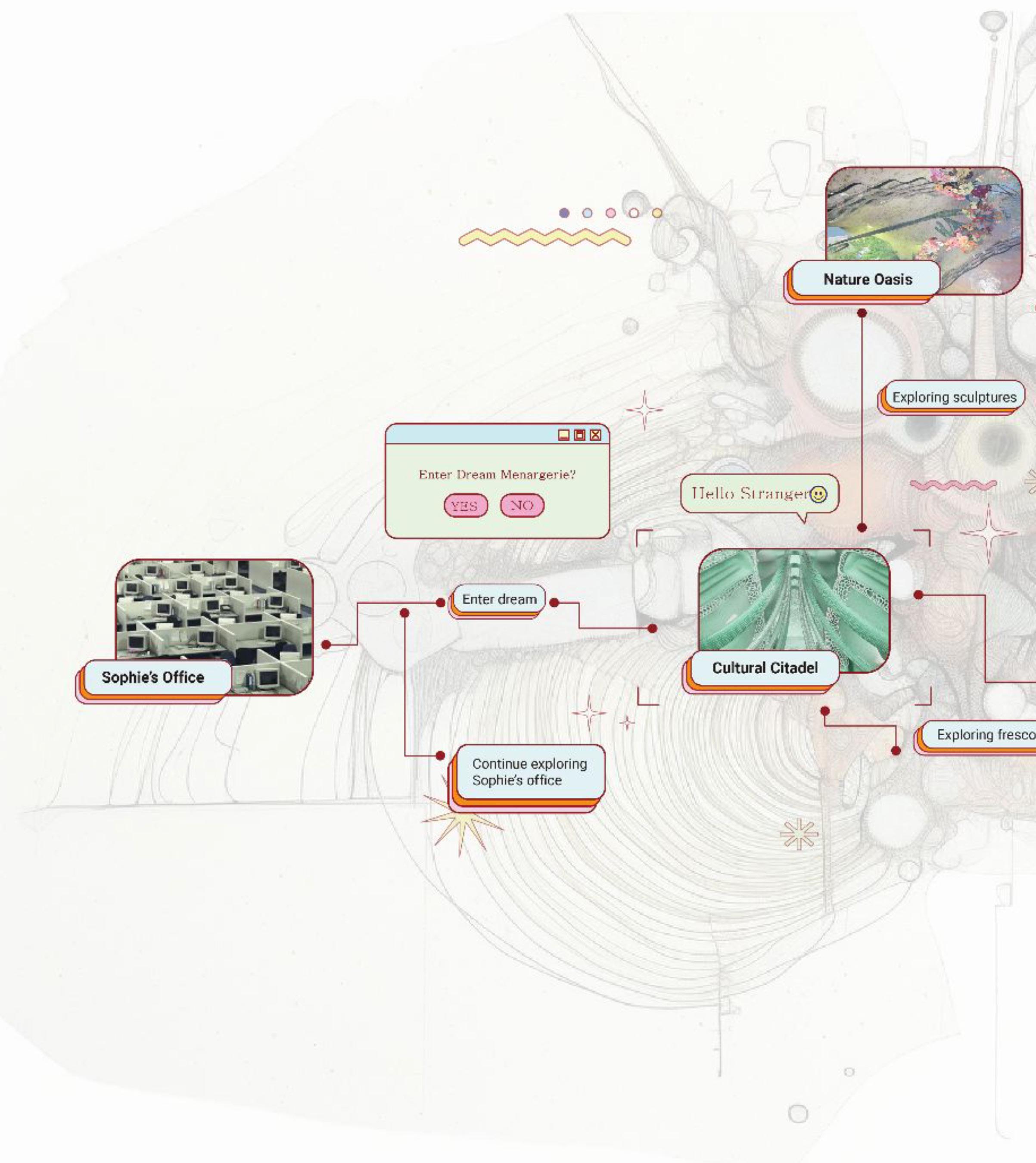
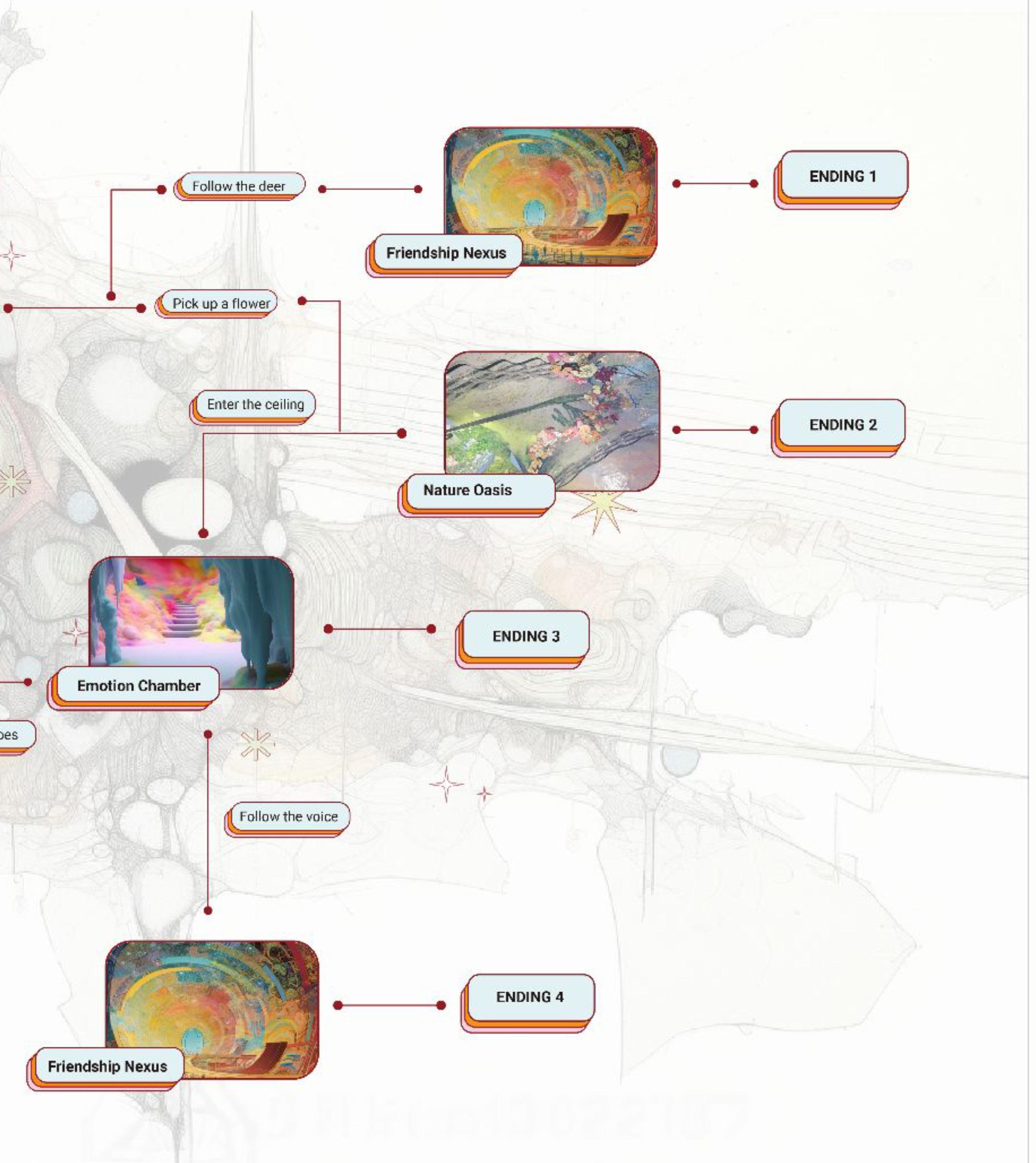
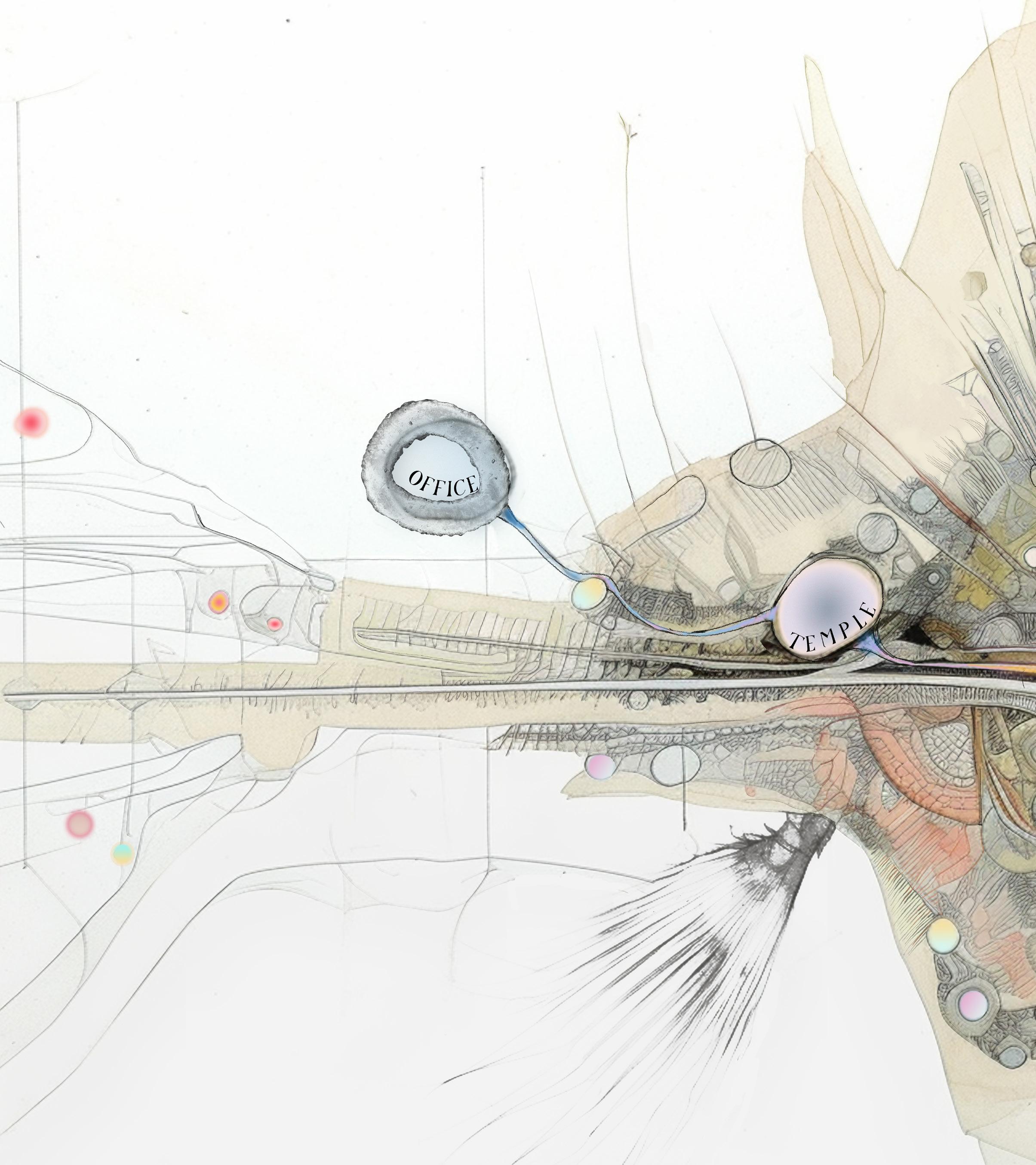
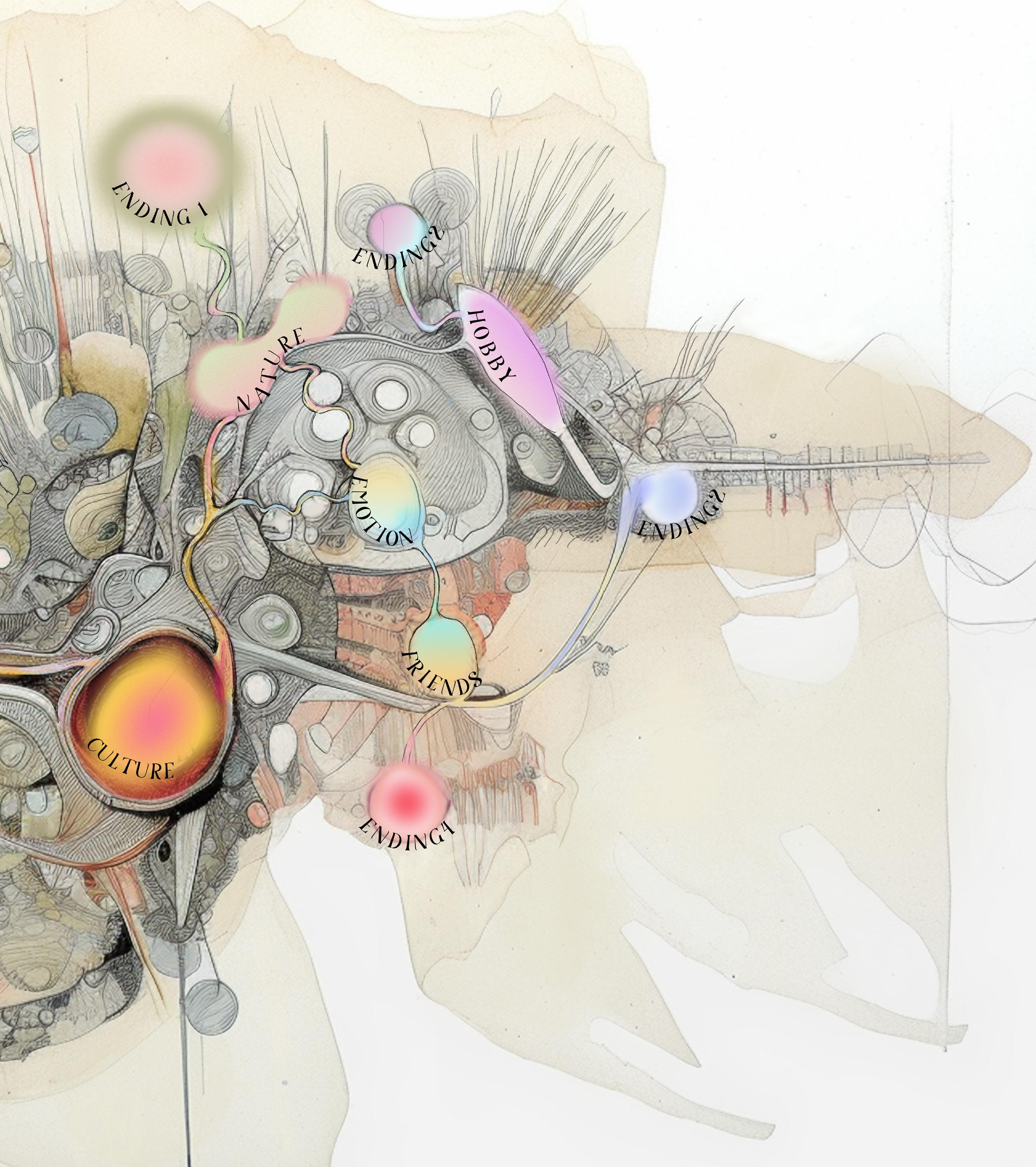
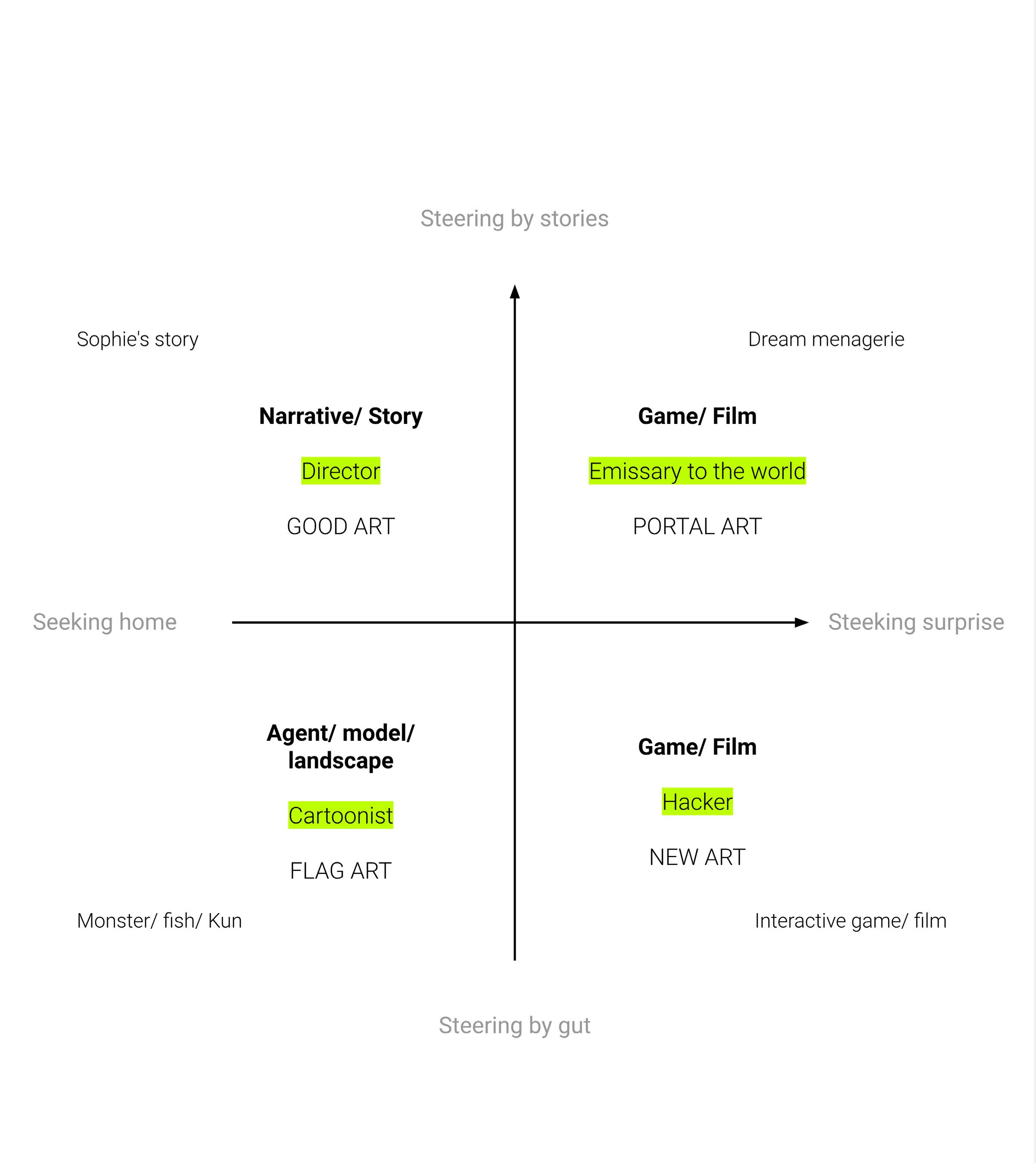 Diagram inspired by Ian Cheng's Complex Problem, Emissaries Guide to Worlding
Diagram inspired by Ian Cheng's Complex Problem, Emissaries Guide to Worlding
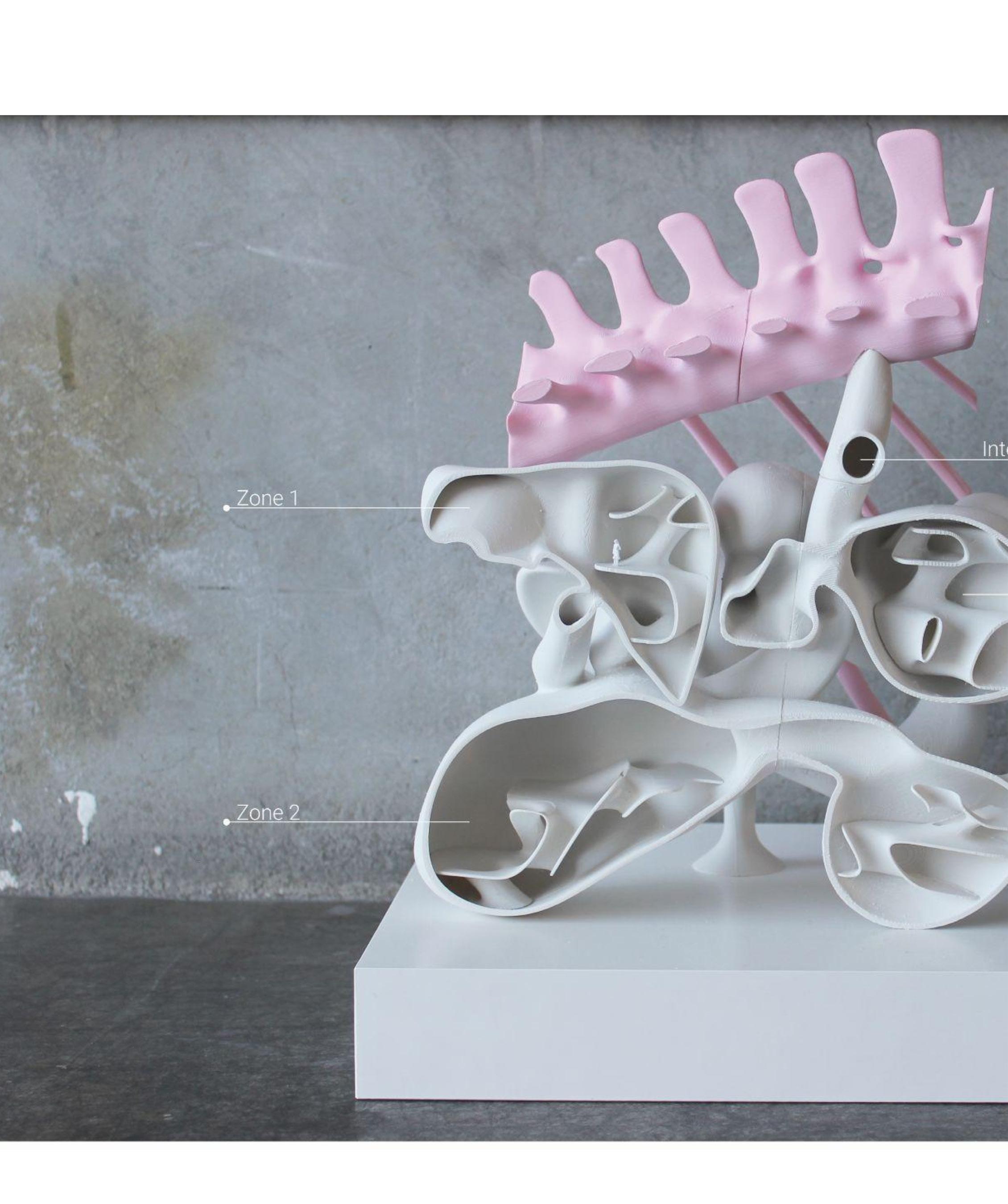
Model used for 'First Look': Section of the Monster 'Kun'
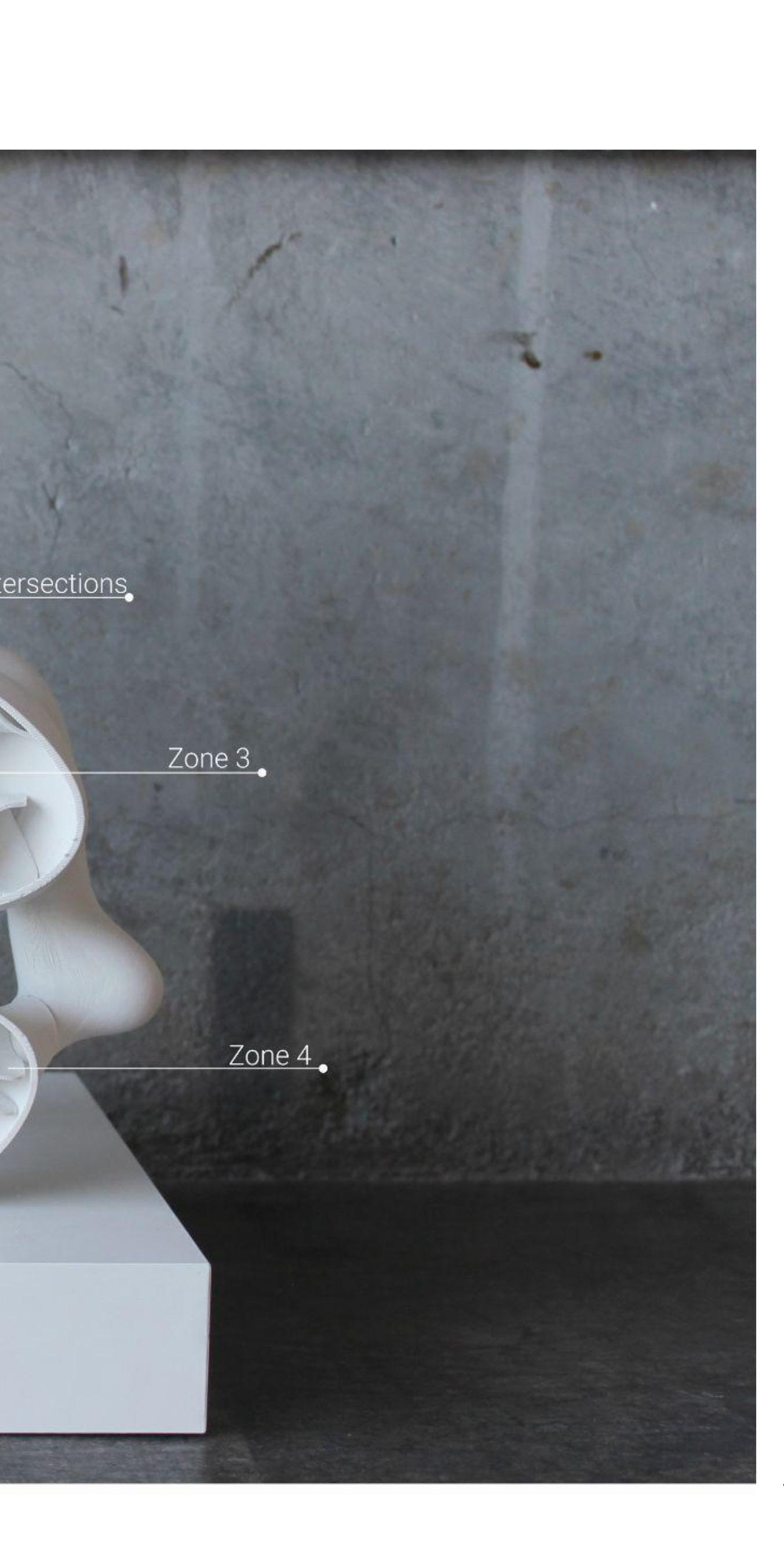
LEFT: The first scene that comes up, an air conditioner that never stops spinning
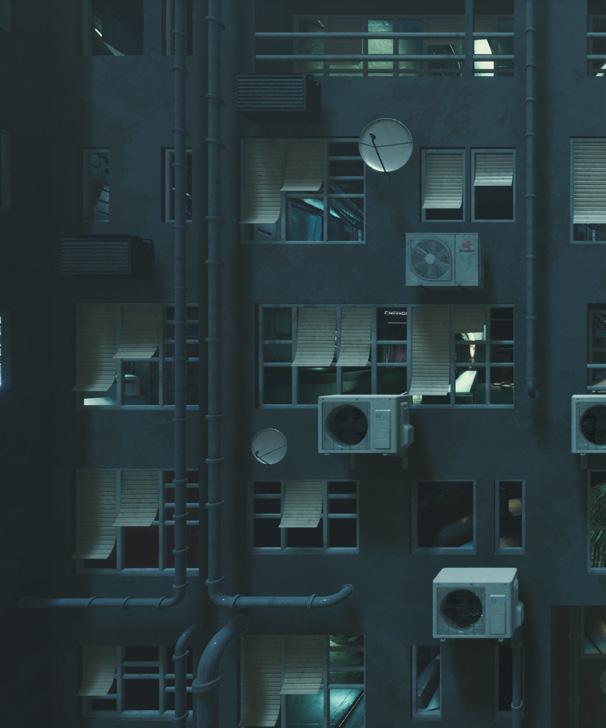
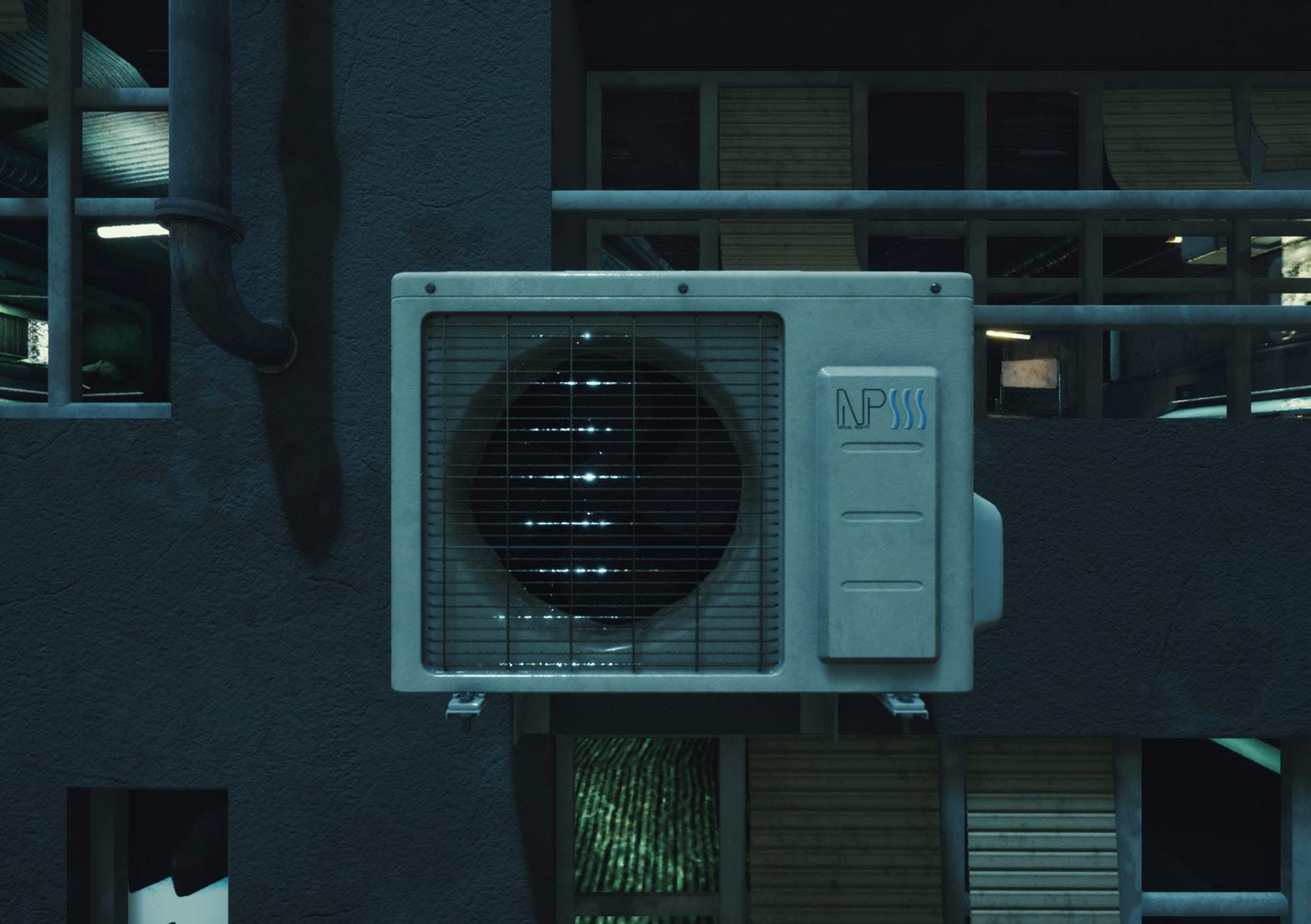
As the modern age unfolds its demanding script, we willingly offer up pieces of ourselves, detaching from the harmonious melodies of tradition and the vivid hues of raw emotion.
Nature, once a steadfast companion, now fades into the background concrete jungles rise. The canvas creativity gathers dust, overshadowed by the ceaseless grind of monotonous routine. Friends, like constellations scattered across the night sky, become distant and obscured as the demands of this epoch carve chasms between hearts. With each sacrifice, we tread the path toward numbing ourselves the vibrant world that surrounds us, inadvertently disconnecting from the very essence of existence.
In the relentless current of this era, where the pace of life surges like an unstoppable tide, individuals find themselves adrift in a sea of insignificance and isolation. The once-familiar faces of neighbors remain distant, lost amidst the clamor of hurried existence. The tapestry of human connection frays as the threads of community loosen, leaving us estranged from those who dwell next door. In this rapid age, adaptation demands a heavy toll — a toll paid in sacrifices that sever the bonds with our traditions, emotions, and the very essence of our natural surroundings.
its offer from tradition emotion. companion, as of overshadowed monotonous constellations become demands between tread to us, the existence.
In the midst of this relentless portrayal, a powerful metaphor takes shape — the ever-spinning air-conditioning unit. It becomes a symbol of the ceaseless cycle of mundane labor, a mechanical dance devoid of thought or emotion. The camera's gaze transitions from a solitary unit to an expanse of countless airconditioners adorning a single towering structure, mirroring the universal reality that nearly everyone within this modern tapestry is ensnared in the web of such mundane tasks. This panoramic perspective encapsulates the essence of the scene, drawing the viewer's attention to the collective detachment from the profound elements that once defined humanity's purpose.
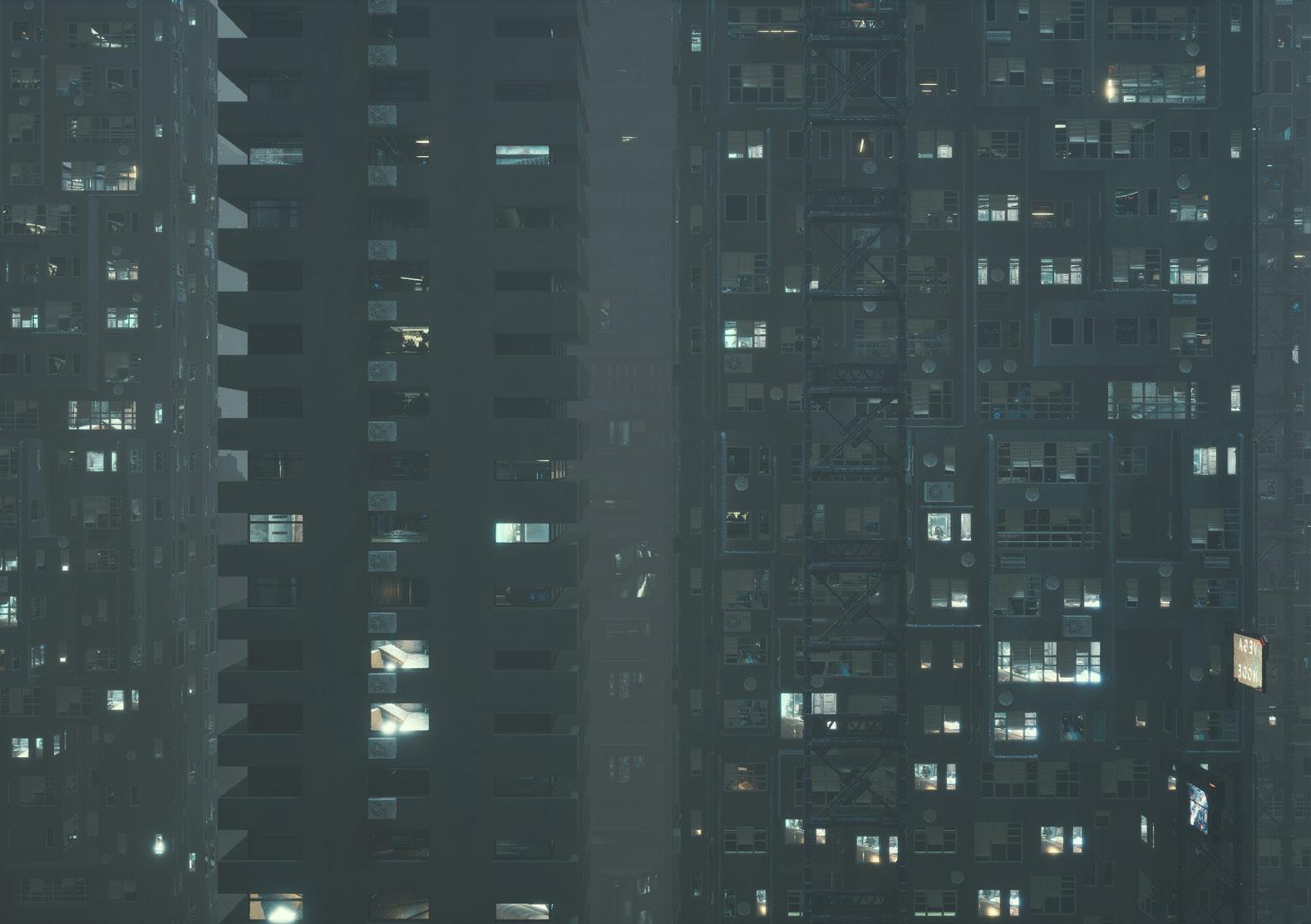
The high pace of this era has propelled us into a realm where our identities are gradually eroded, our connections wane, and our lives risk becoming an undifferentiated blur of routine. As the air-conditioning units rotate ceaselessly, so do we find ourselves entangled in a vortex of detachment from our innate humanity, from our surroundings, and from the intricate symphony of existence itself.
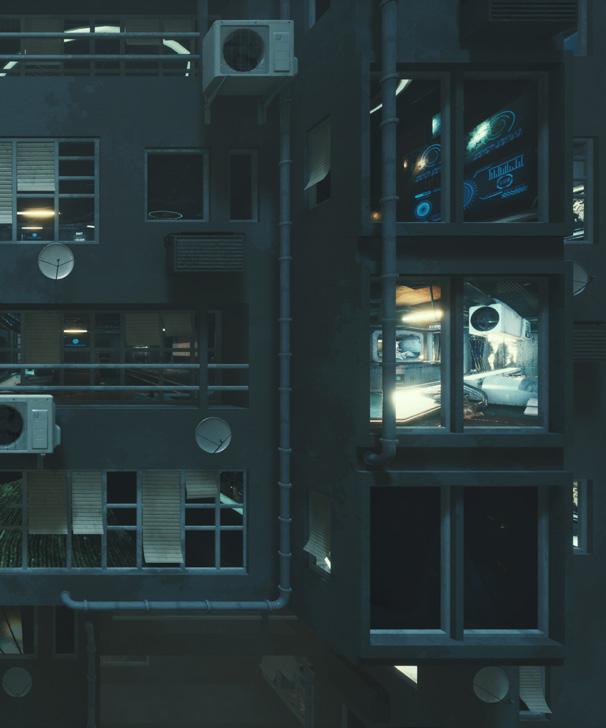
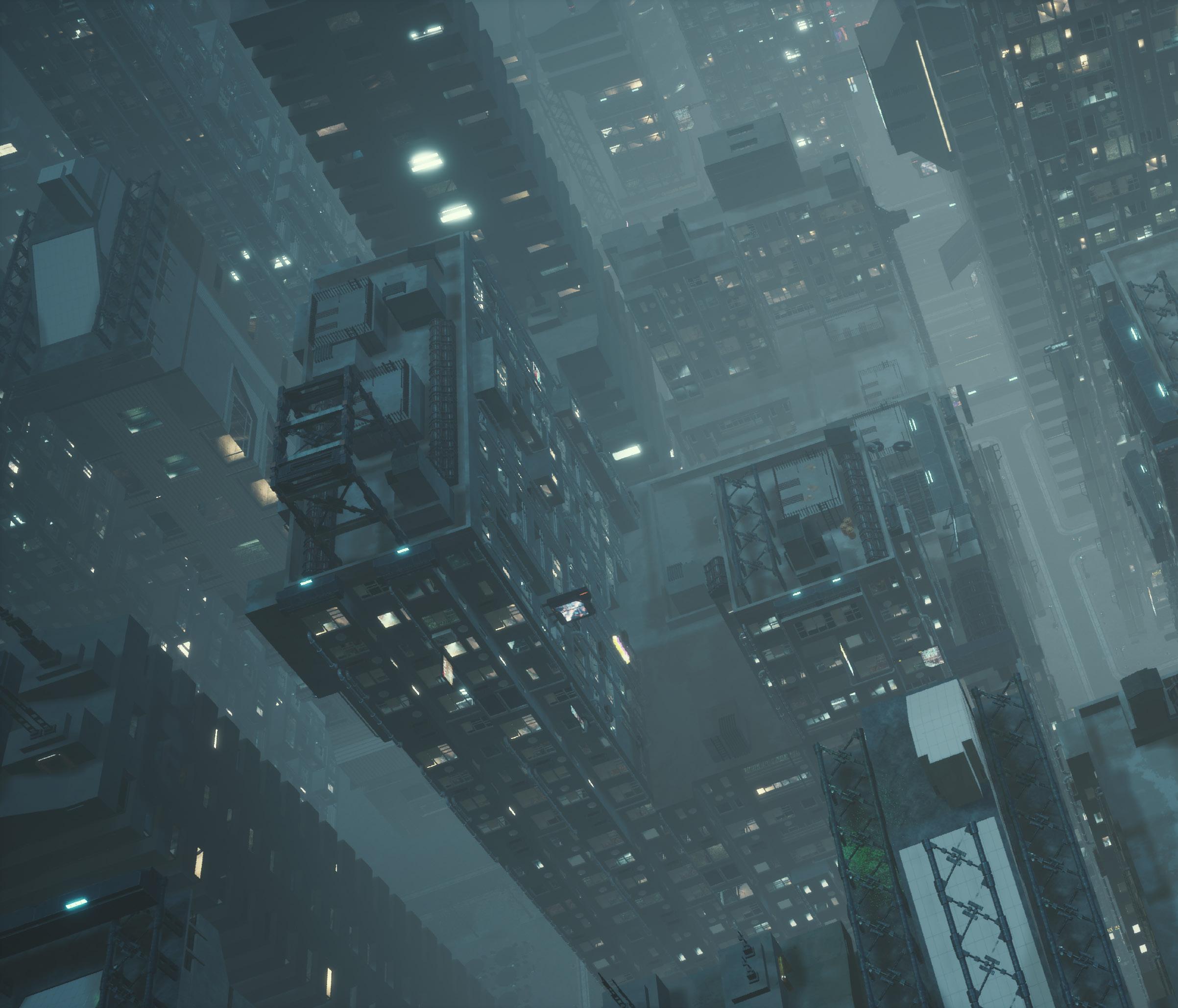
A panoramic view of the city
A vast expanse of gray monotony reflecting the numbing effect of modern life
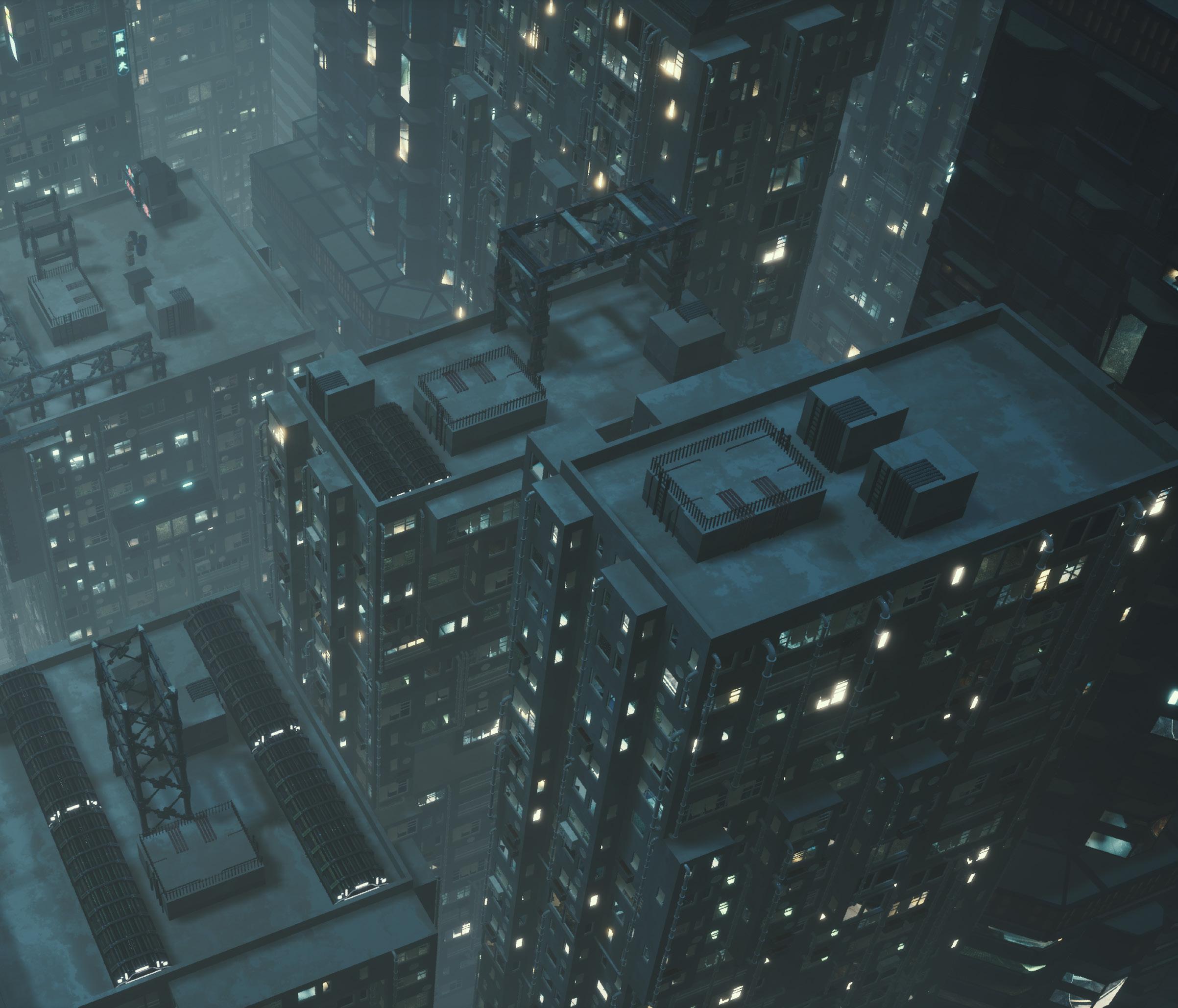
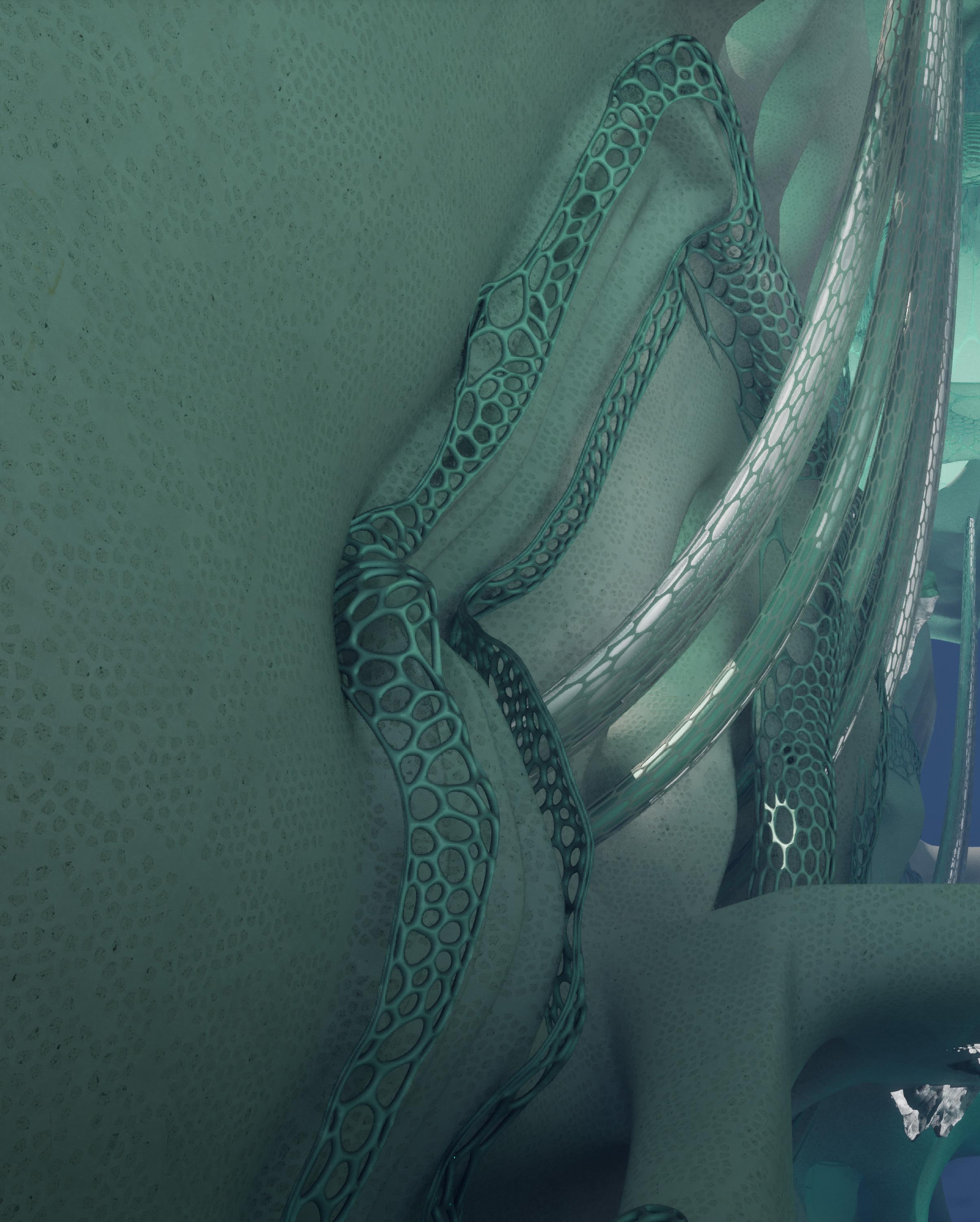
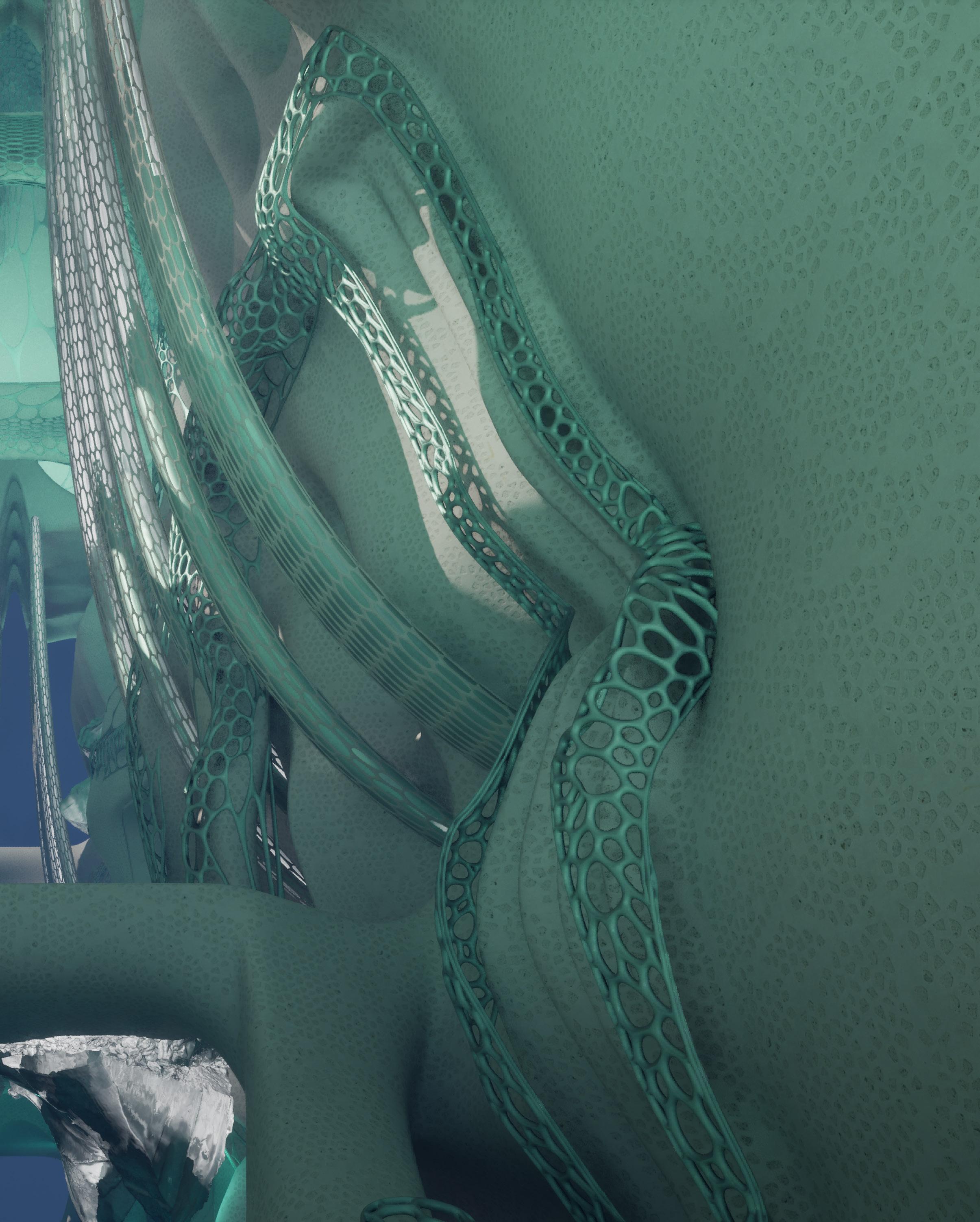
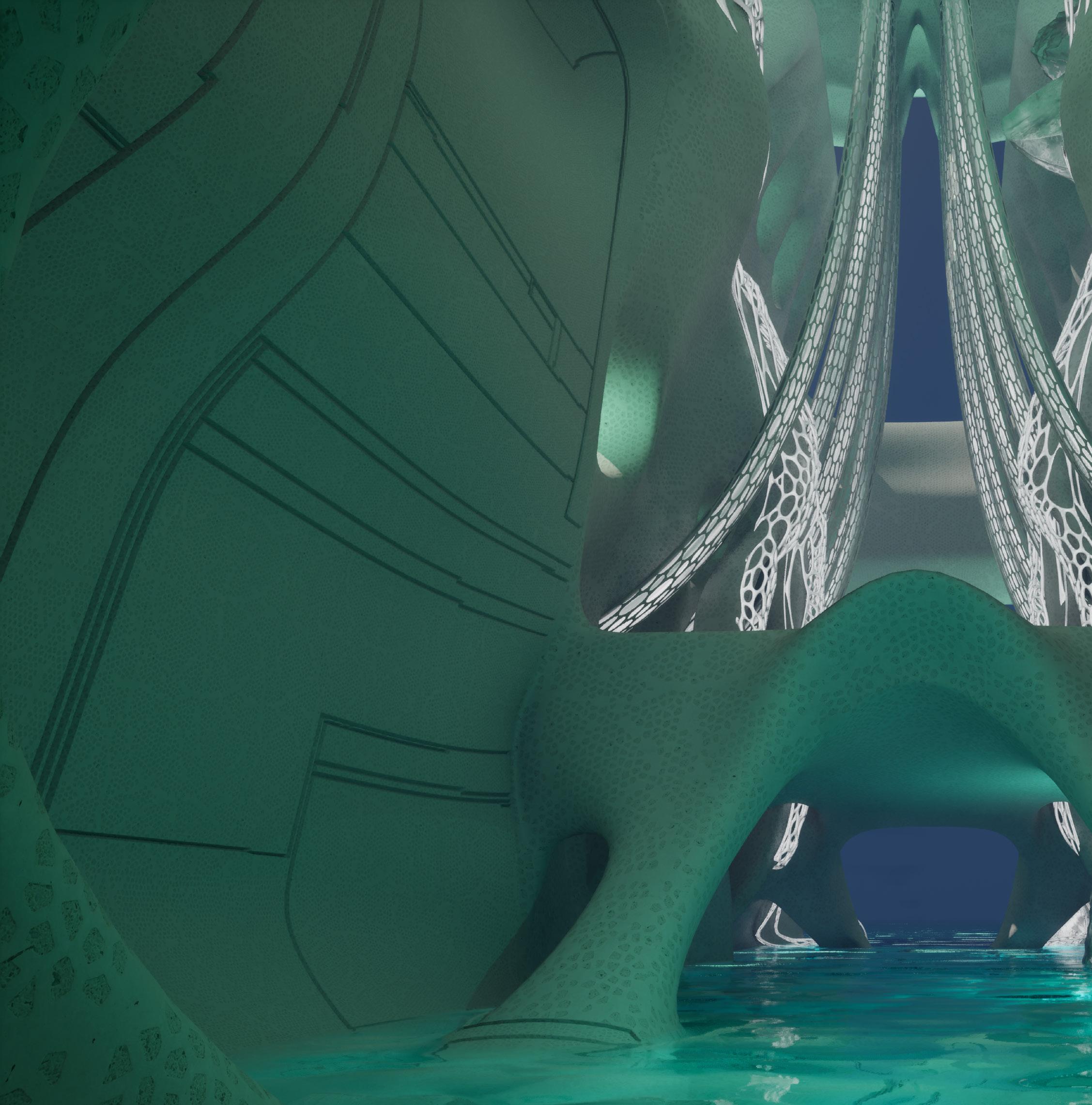
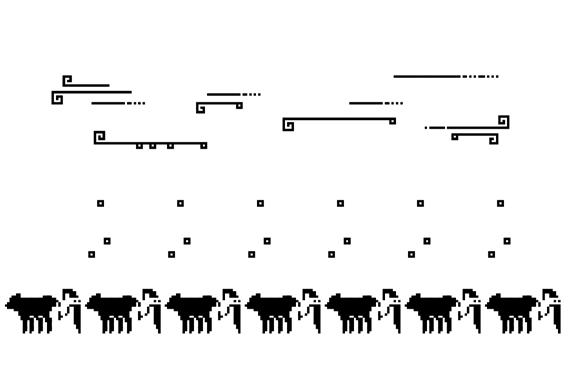
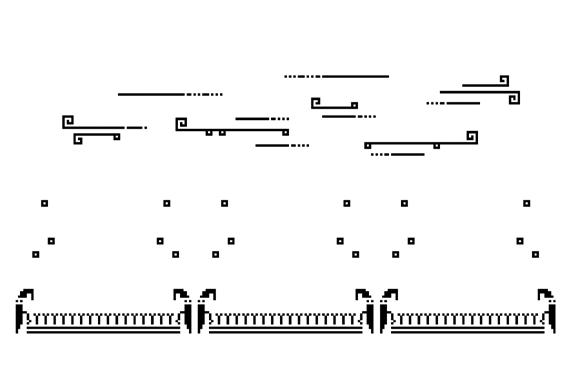
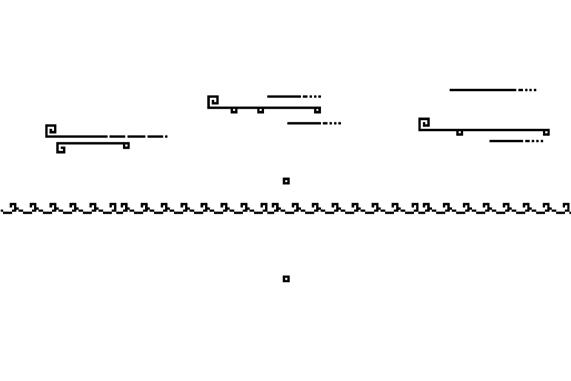
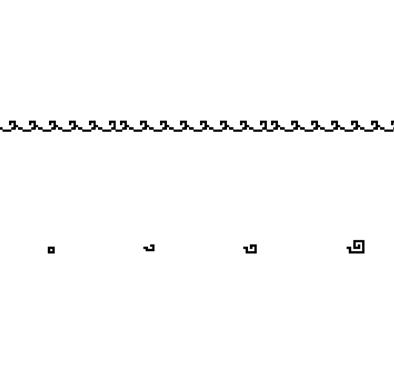
The glyphs on the walls of the Cultural Citadel reveal to Sophie the past of Kun, the Deity of Recollection that harbors all that is lost. What other secrets lie in the journey ahead? Will Sophie find what she is missing?
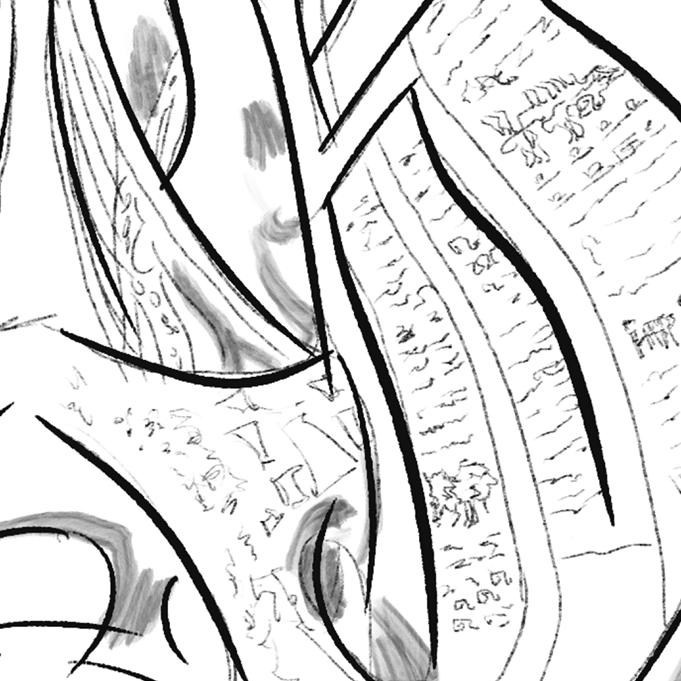
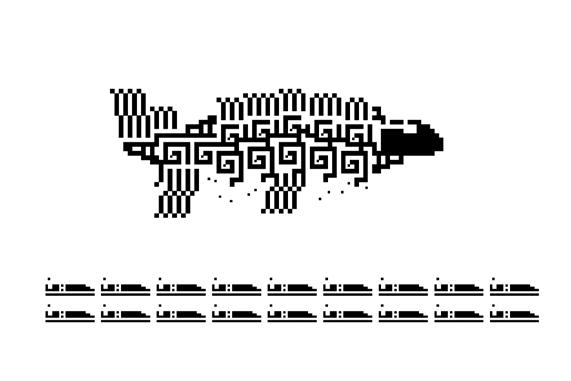
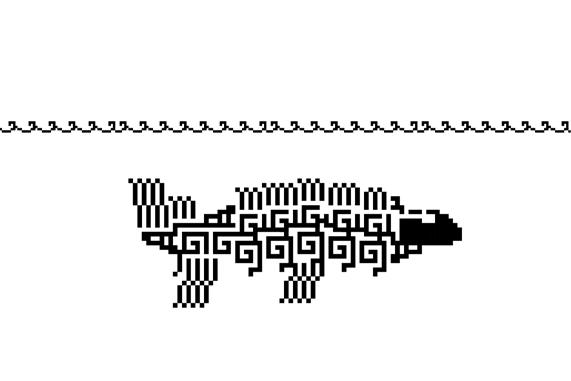

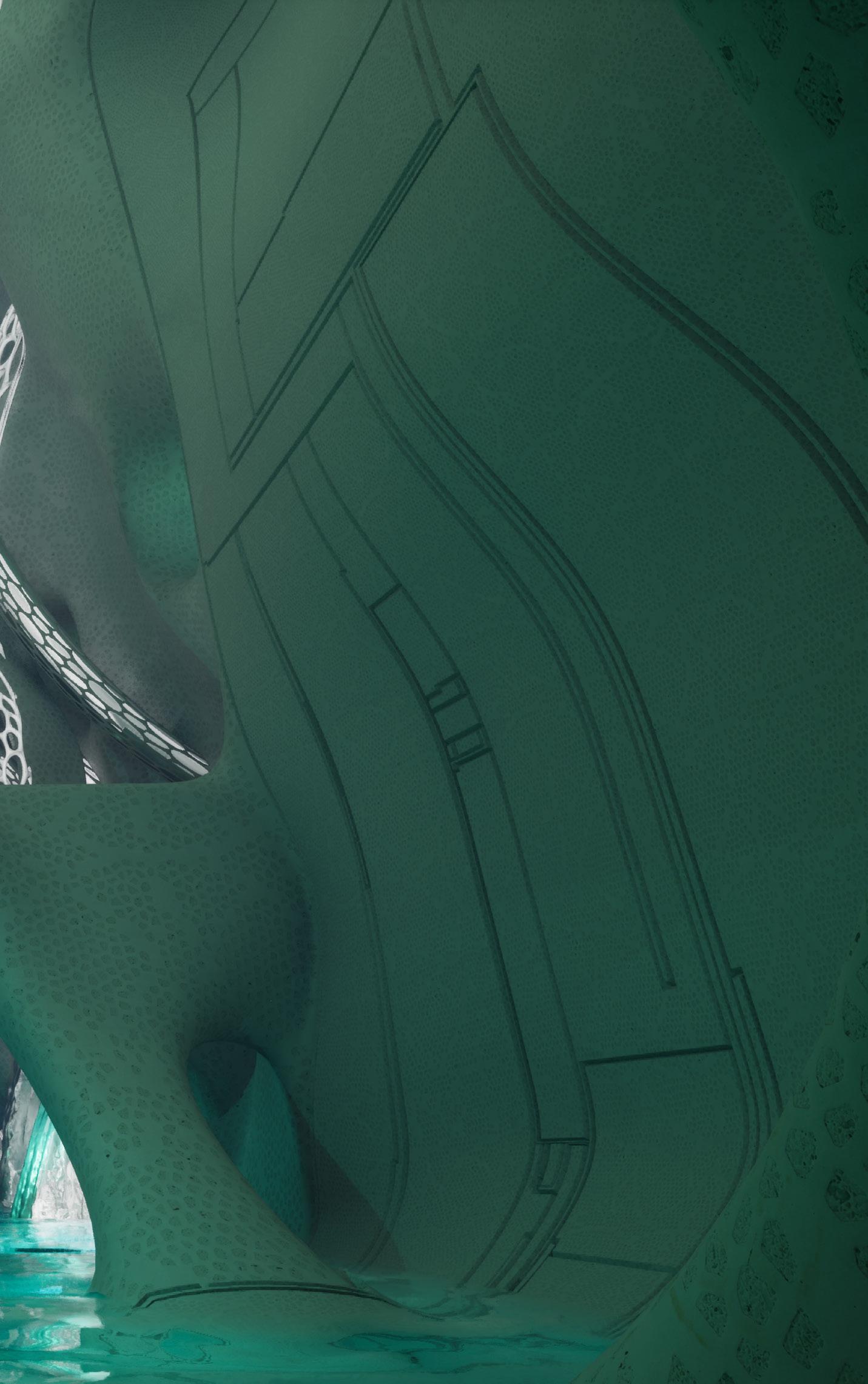
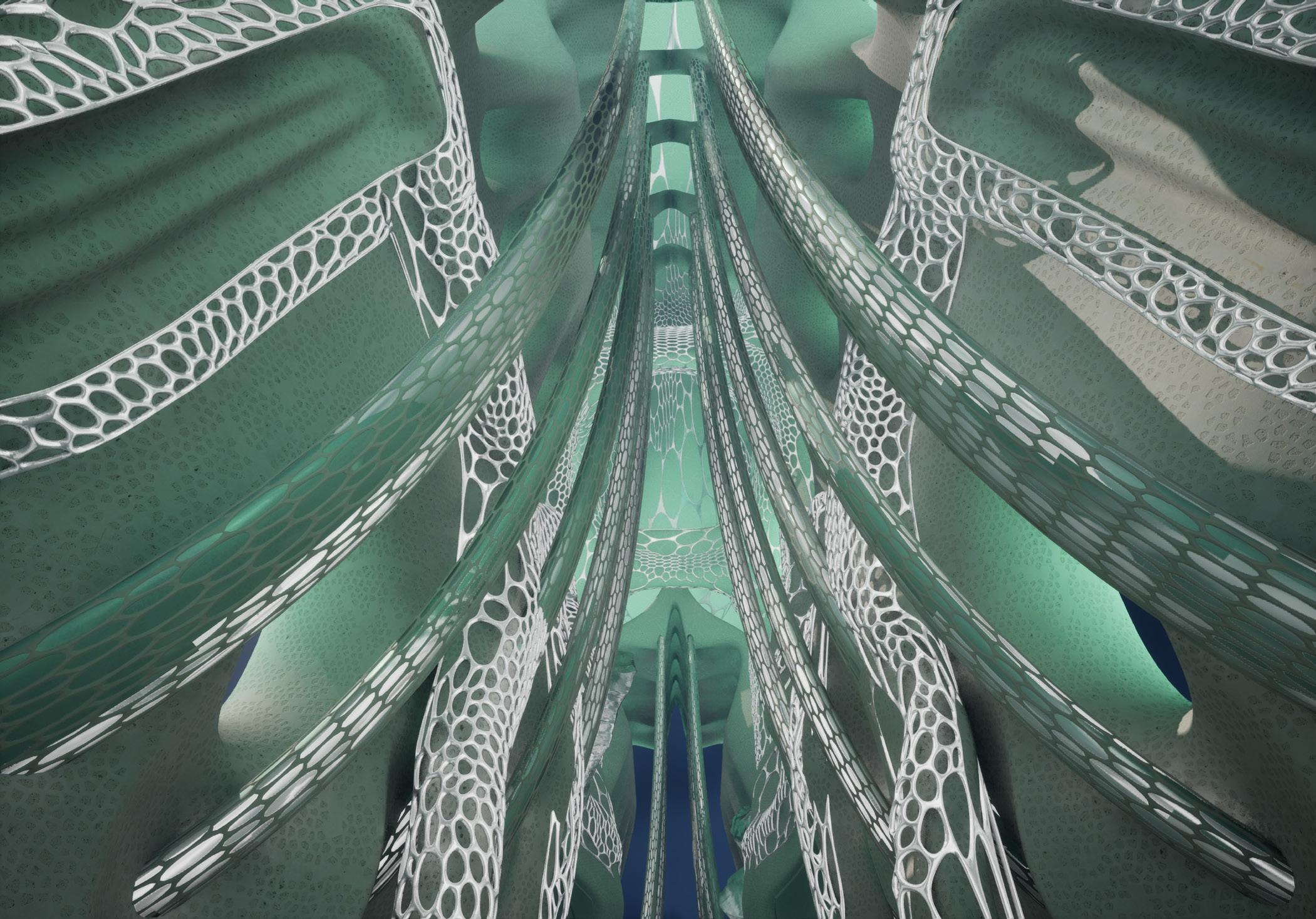 Render of Zone 1 - Cultural Citadel
Render of Zone 1 - Cultural Citadel
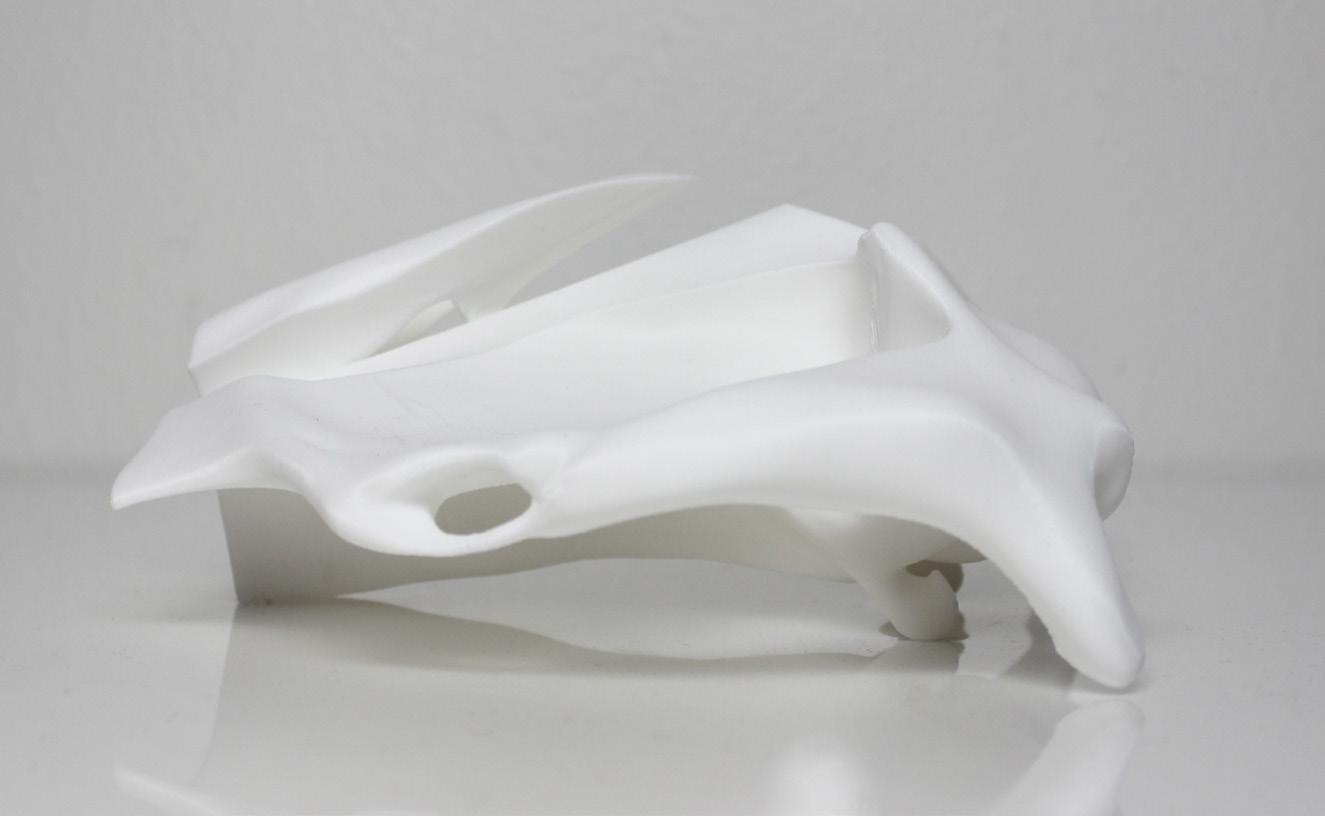
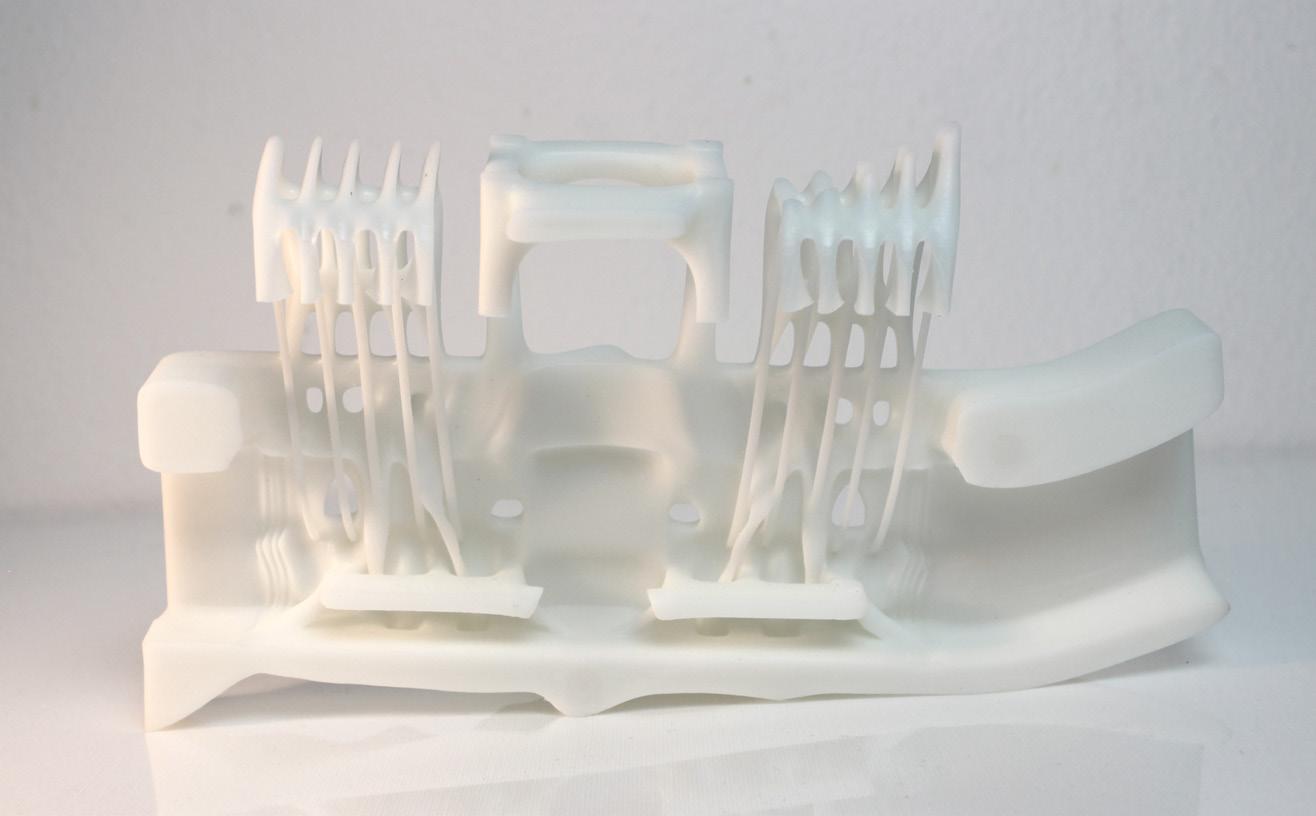
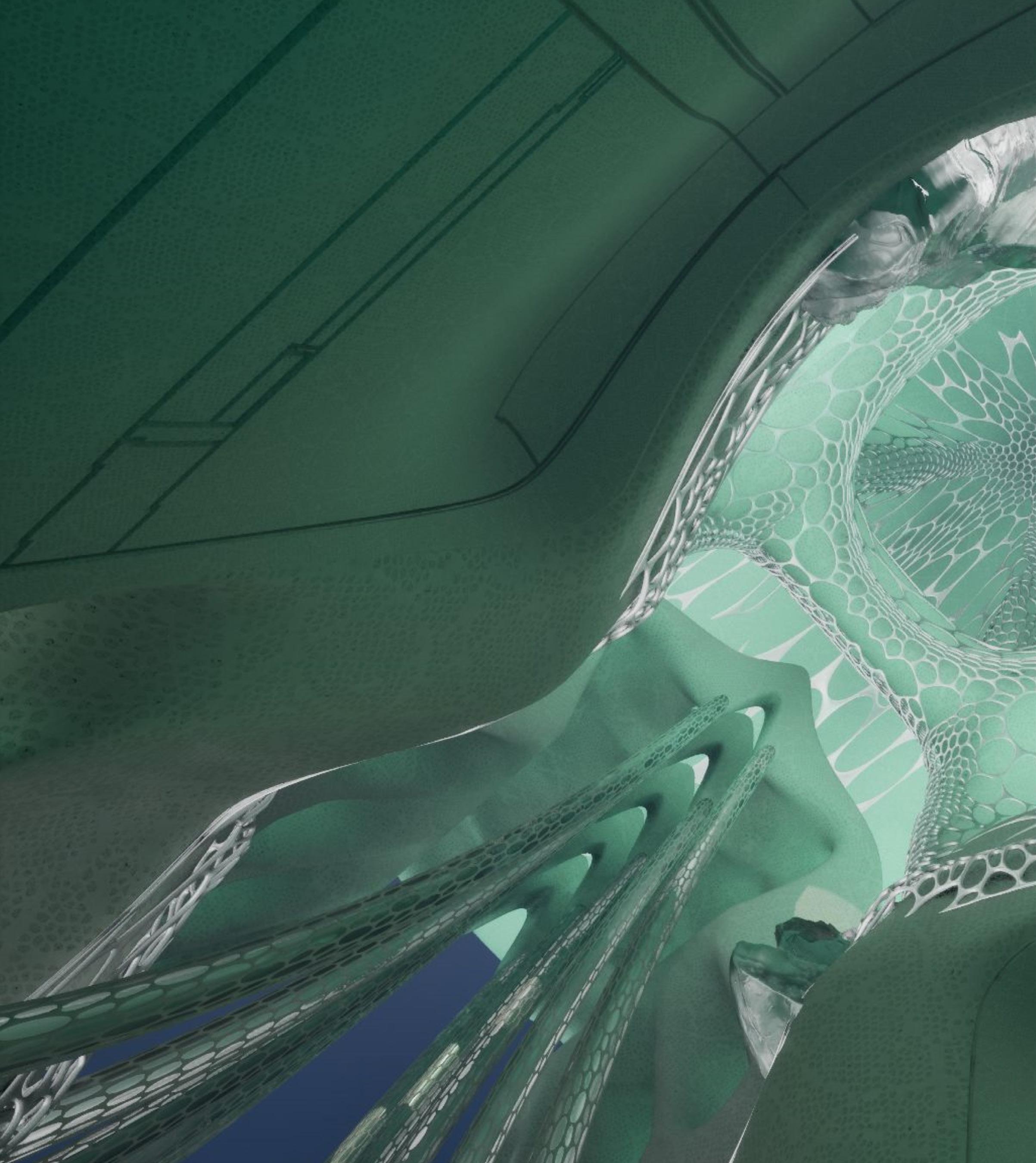
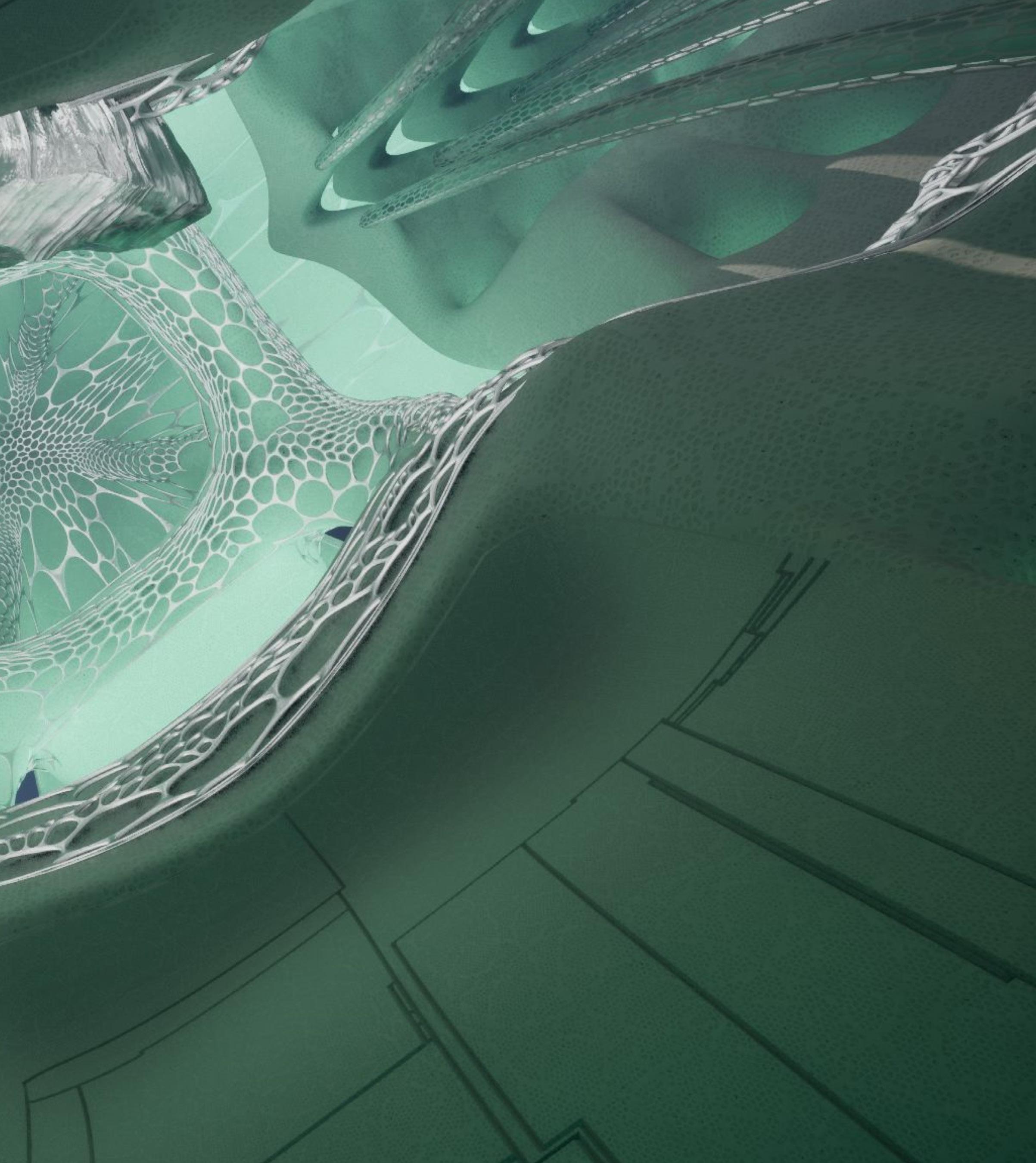
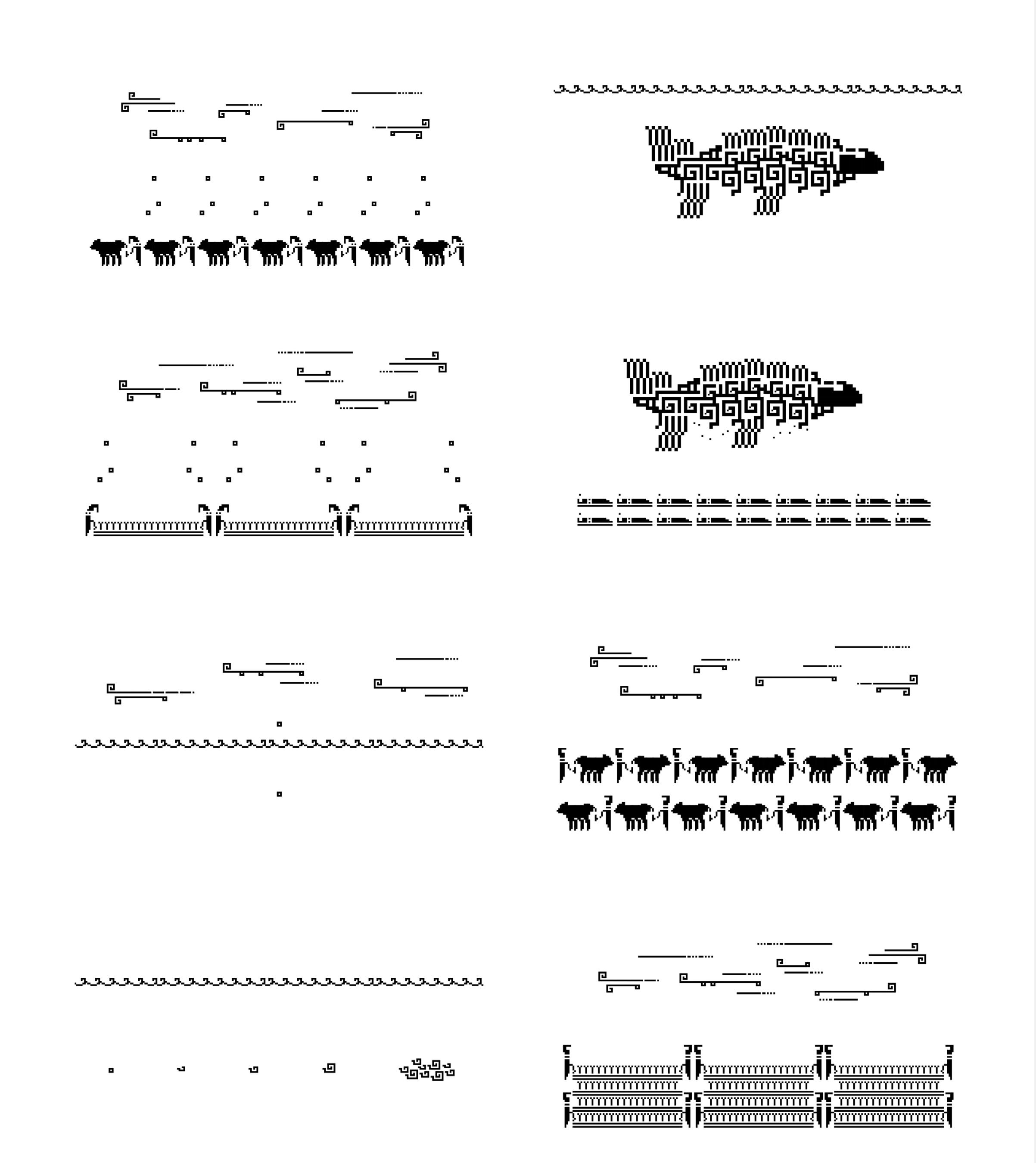
A hollow feeling surged through Sophie’s stomach as she slowly pulled loose the string on the package. It has been two weeks since she got the call from her mother that Gran Gran has passed away. This package was the parting gift that Gran Gran left for Sophie, her beloved granddaughter. Sophie had been working on the courage to open the package for a week now. ‘Why is this so hard?’ Sophie thought. But she knew the answer. Deep down Sophie feels that if she opened the package, the last remaining presence of Gran Gran would escape from her. Yet parts of her also knew she needed to see what’s inside. ‘There must be something important Gran Gran wanted to leave me.’ Frowning subconsciously with this newfound determination, Sophie brushed off the fur on the cover and opened it. Inside was a letter and a small fish-like talisman.
‘My Dear Sophie,
Please do not mourn for my passing. I will always love you in this life and the next. Time always finds its way of escaping from us. I have told your mother Trisha to send you this letter along with this Muyu to you. Do you still recognize your favorite childhood toy at the temple? You used to terrorize the entire temple with it. Spinning it along the corridors, creating all kinds of chaos. I just wanted you to know that all this time I have been keeping it by my side as a reminder of all our happy memories together. You must forgive my keen delight in nostalgia as I am old. Please keep it by your side. I know Kun will look after you as it did for me, my sweet Sophie. P.S. Please give Snowball a kiss for me.
Sophie wiping away her tears, smiling, picked up the Muyu. The wooden talisman has scratches all over its body. ‘This Muyu is no doubt the one that I used to borrow to play around with.’ Sophie can almost still hear the whistling sound that it made as she ran around the temple grounds. Sophie broke out a laughter just as she remembered how the priest end up giving her the Muyu toy after she borrowed it too many times and was too worn out to be used for the temple ritual. Sophie’s family has the tradition of hosting temple rituals each season to honor the fish deity Kun. It is said that Kun has special healing properties that can not only cure physical illnesses but can also heal the wounds of one’s soul. Sophie heard from Gran Gran as a child that in the old days The Temple of Kun was a place for healing for the sick and a resting place for the wary travelers. While the priests used herbs in the surrounding mountains to heal the patient’s body, the mind and soul needs the Muyu’s help to be cured. The Water Dance that the temple performs is a dance that uses the Muyu to connect oneself with the deity spiritually. As the temple priests spin the Muyus, it creates a harmonious domain within the temple grounds, giving all that hears it euphonious sound the blessing of Kun. Many who have witnessed the ritual are said to have dreams within magical lands that resolve their troubles and put their minds at ease. Remembering all this, Sophie wrapped the talisman’s string around her finger and started spinning it as a reminiscent sound filled her room.
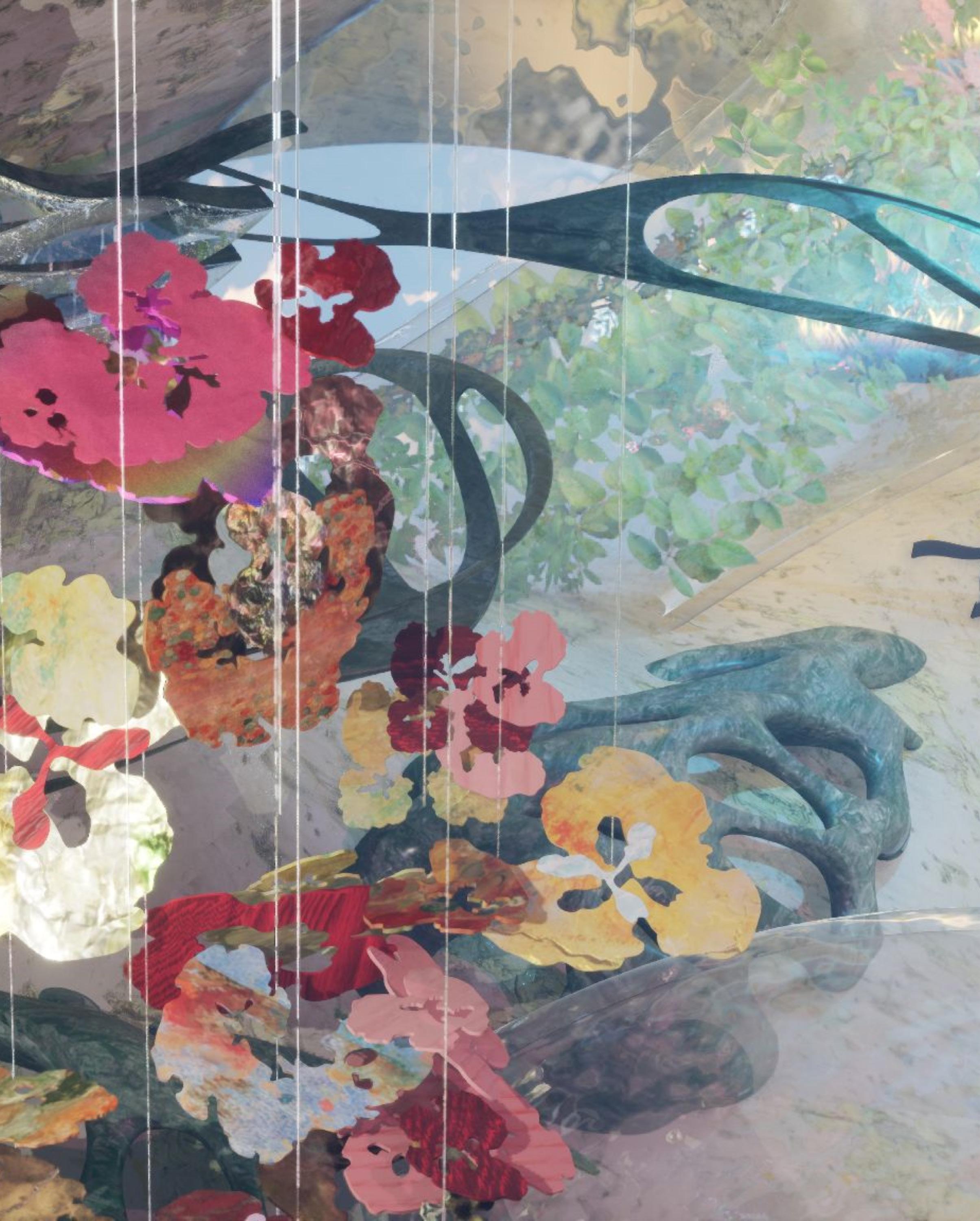
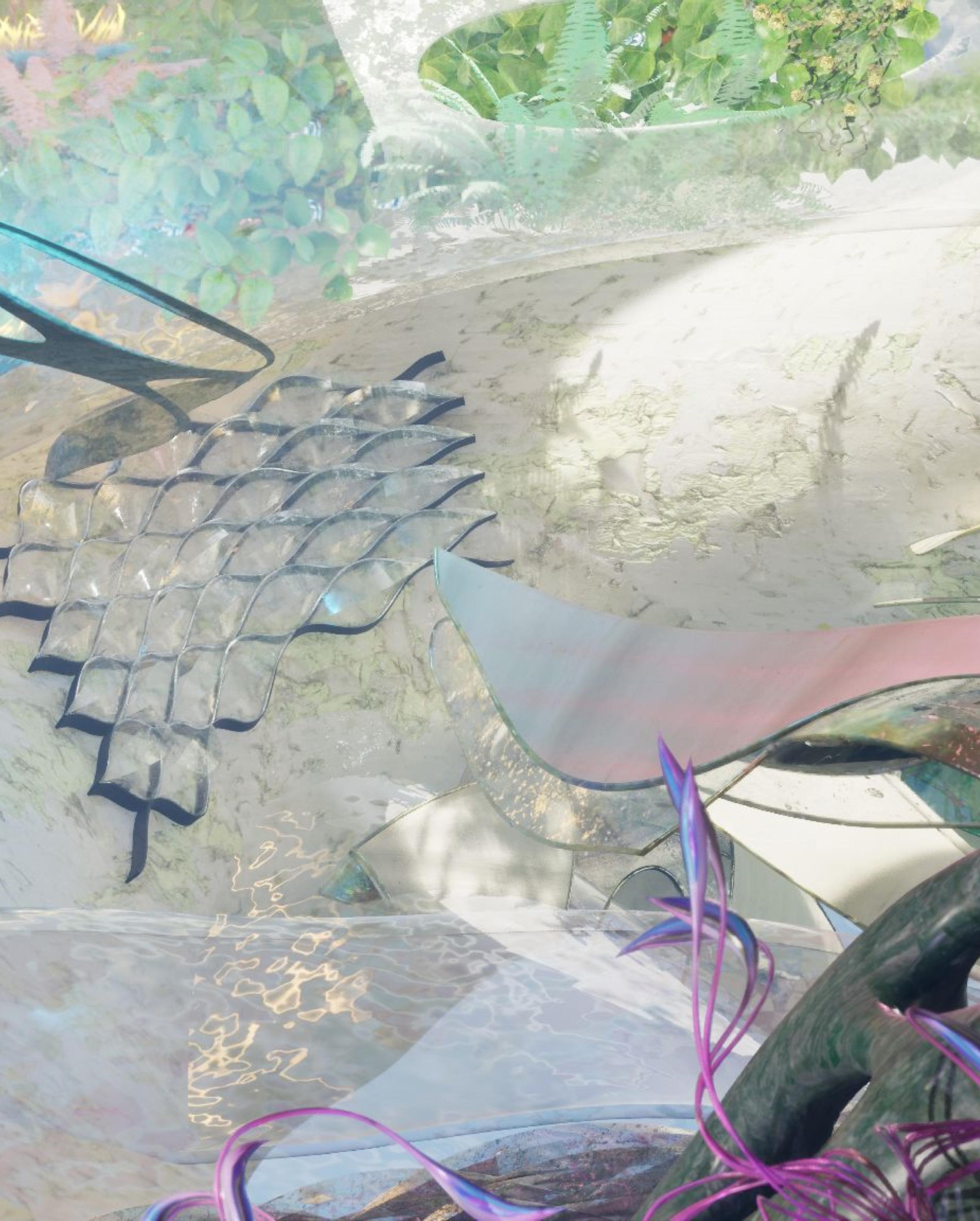
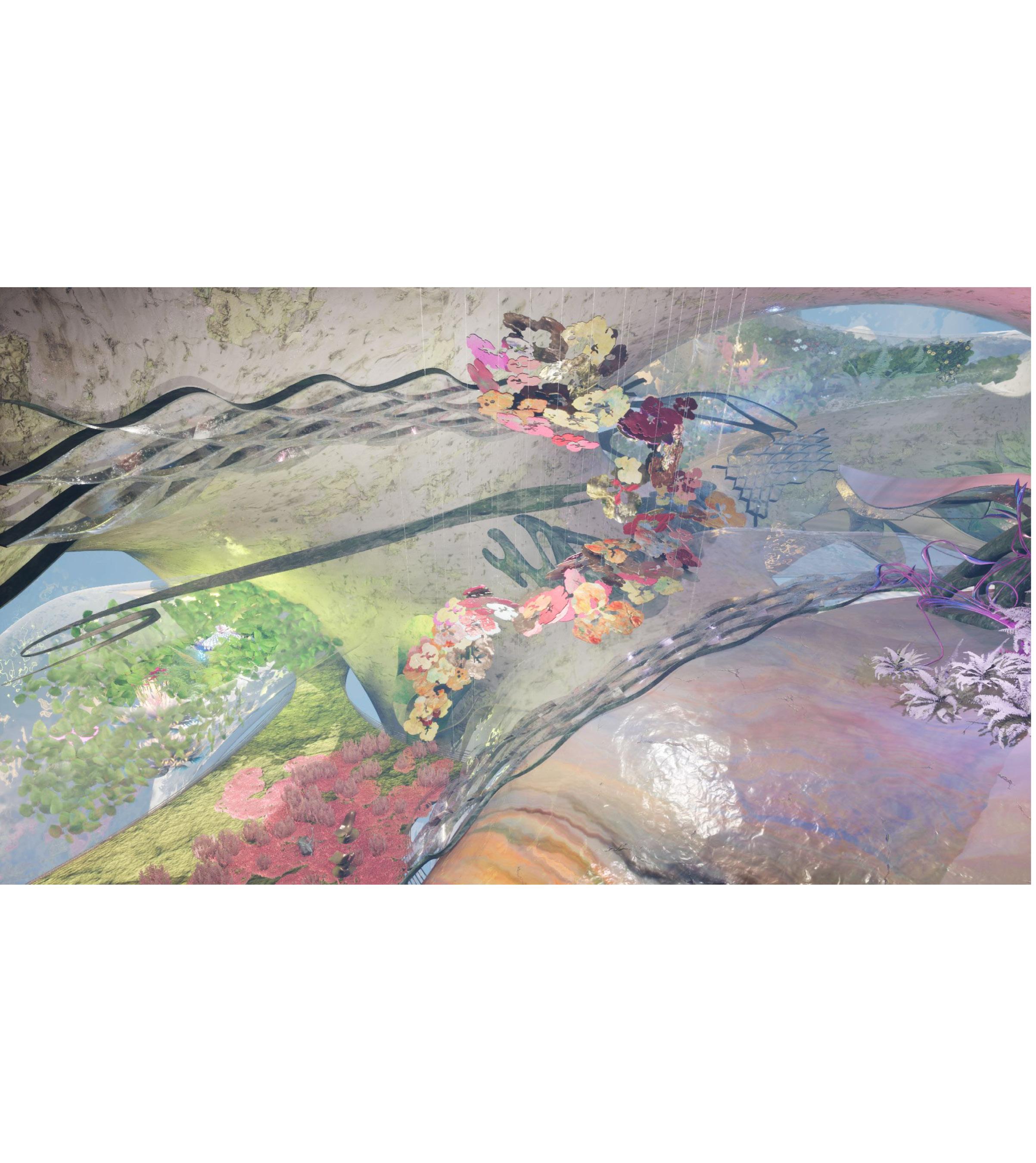
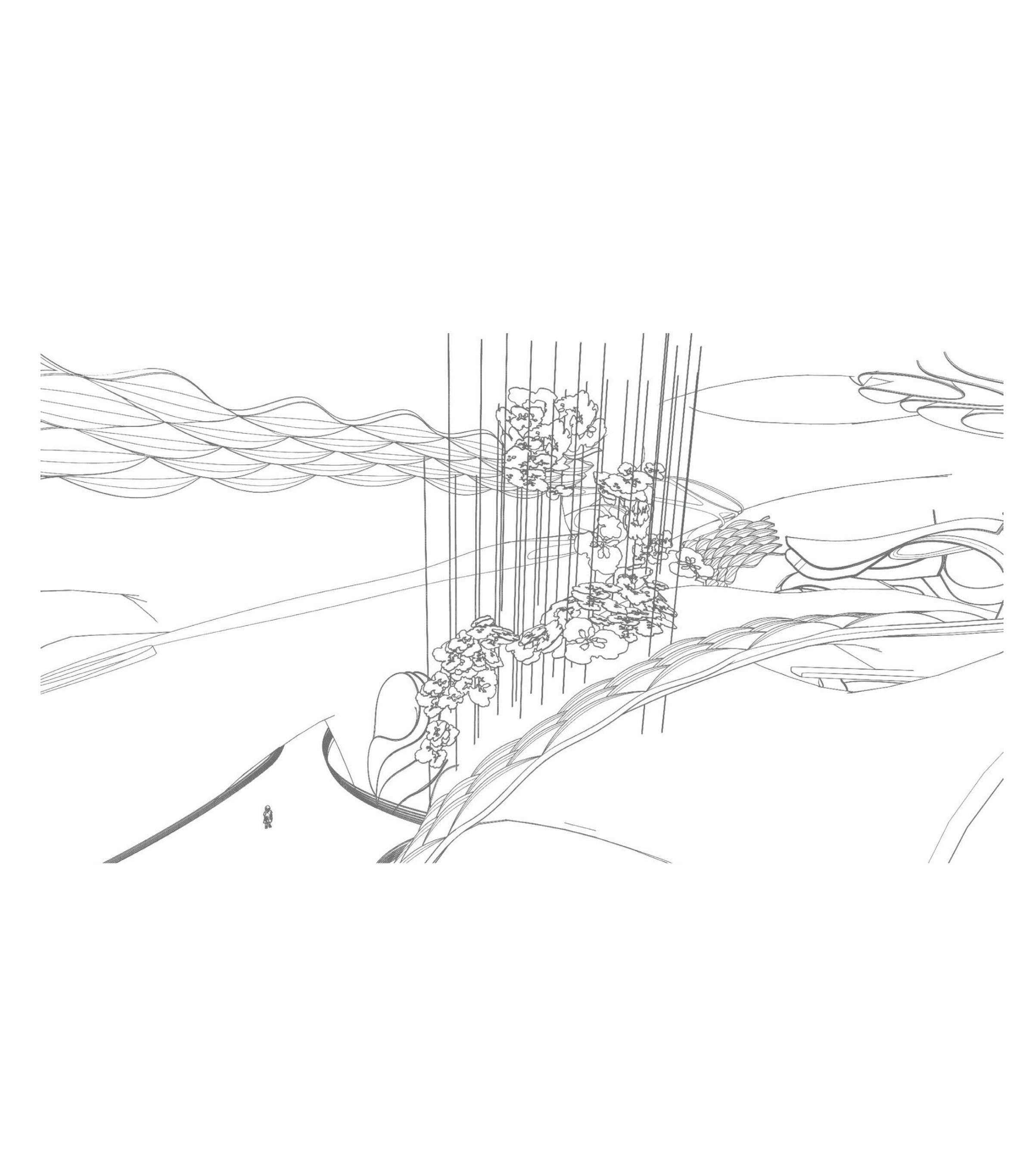
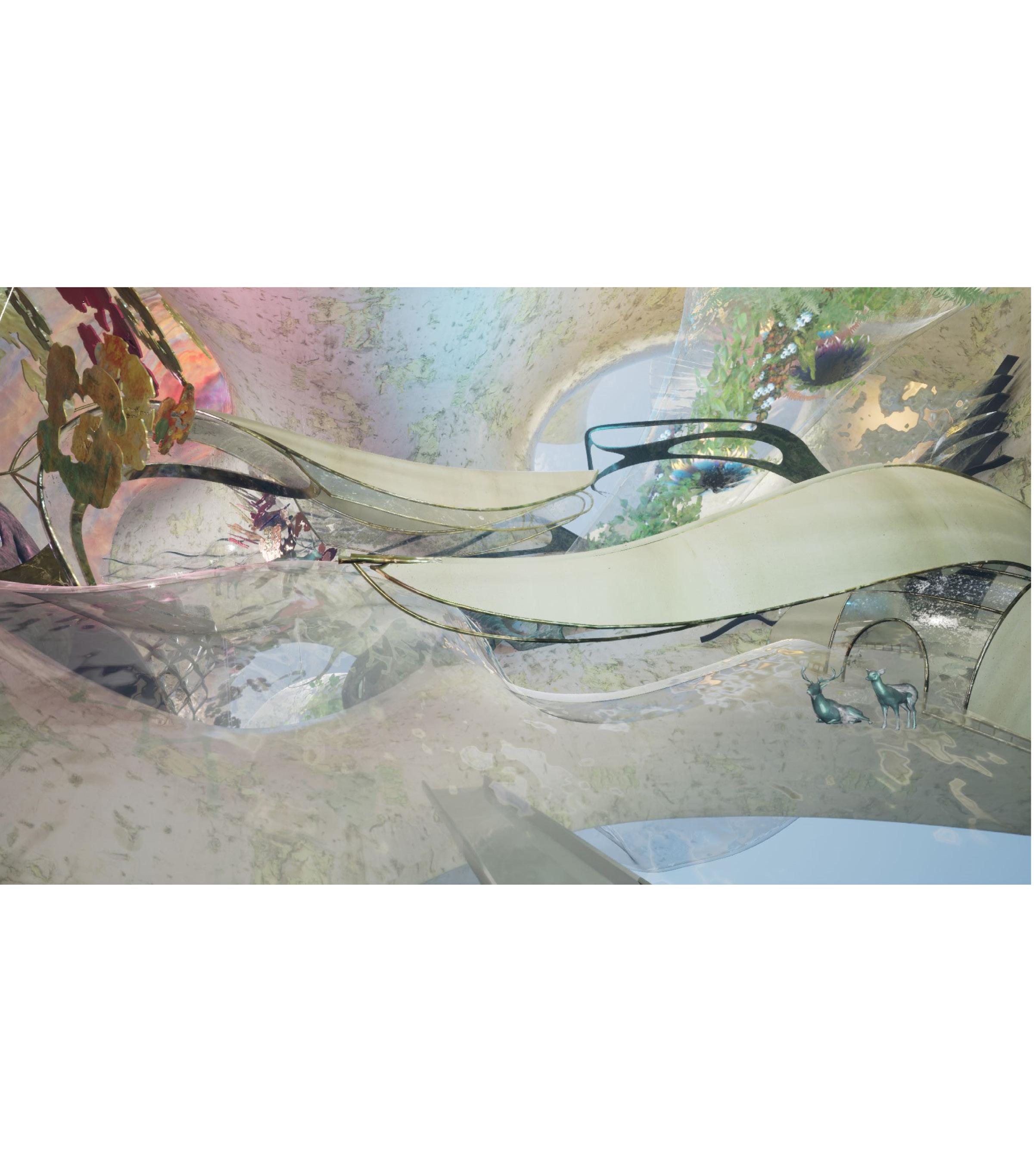
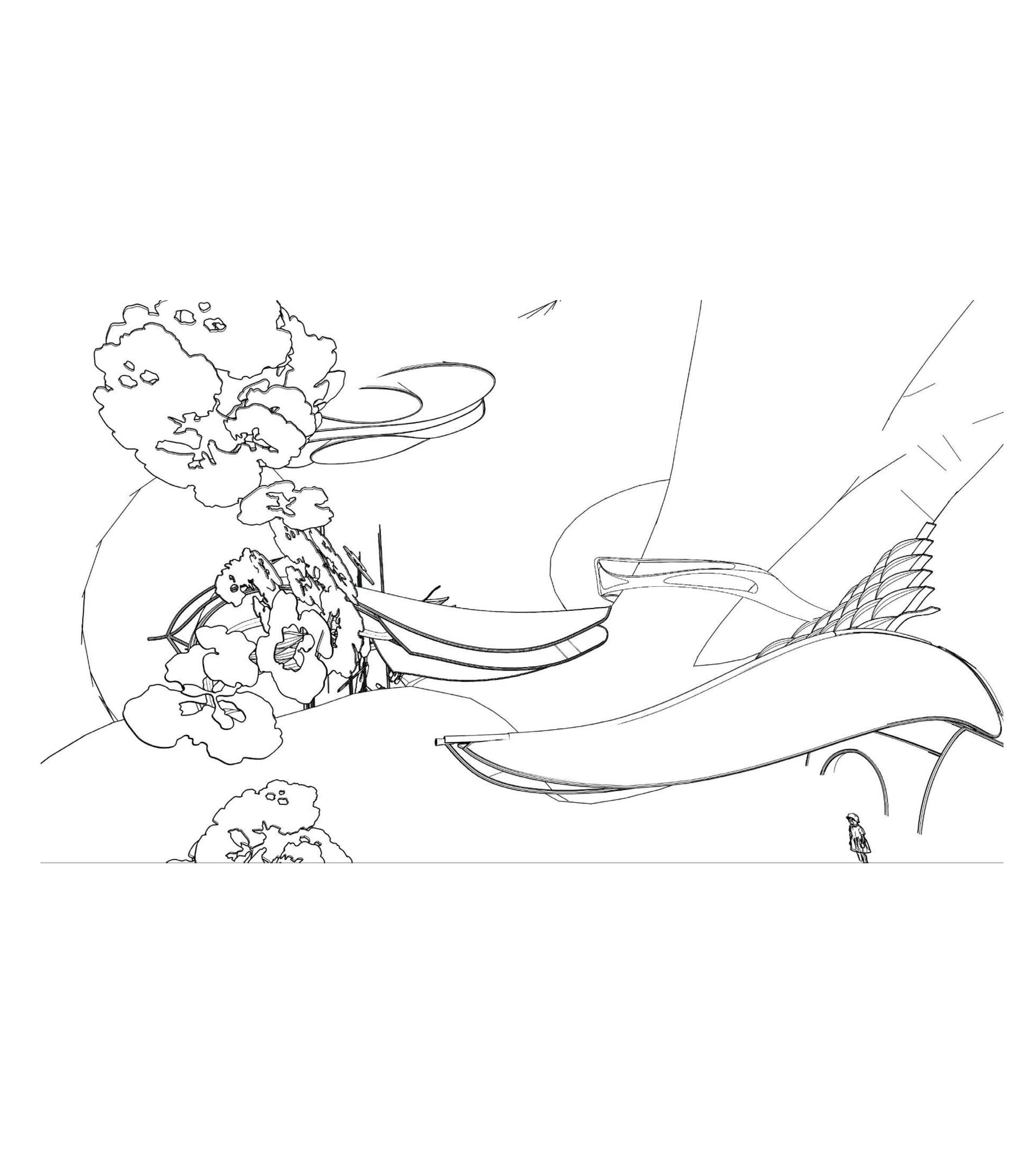
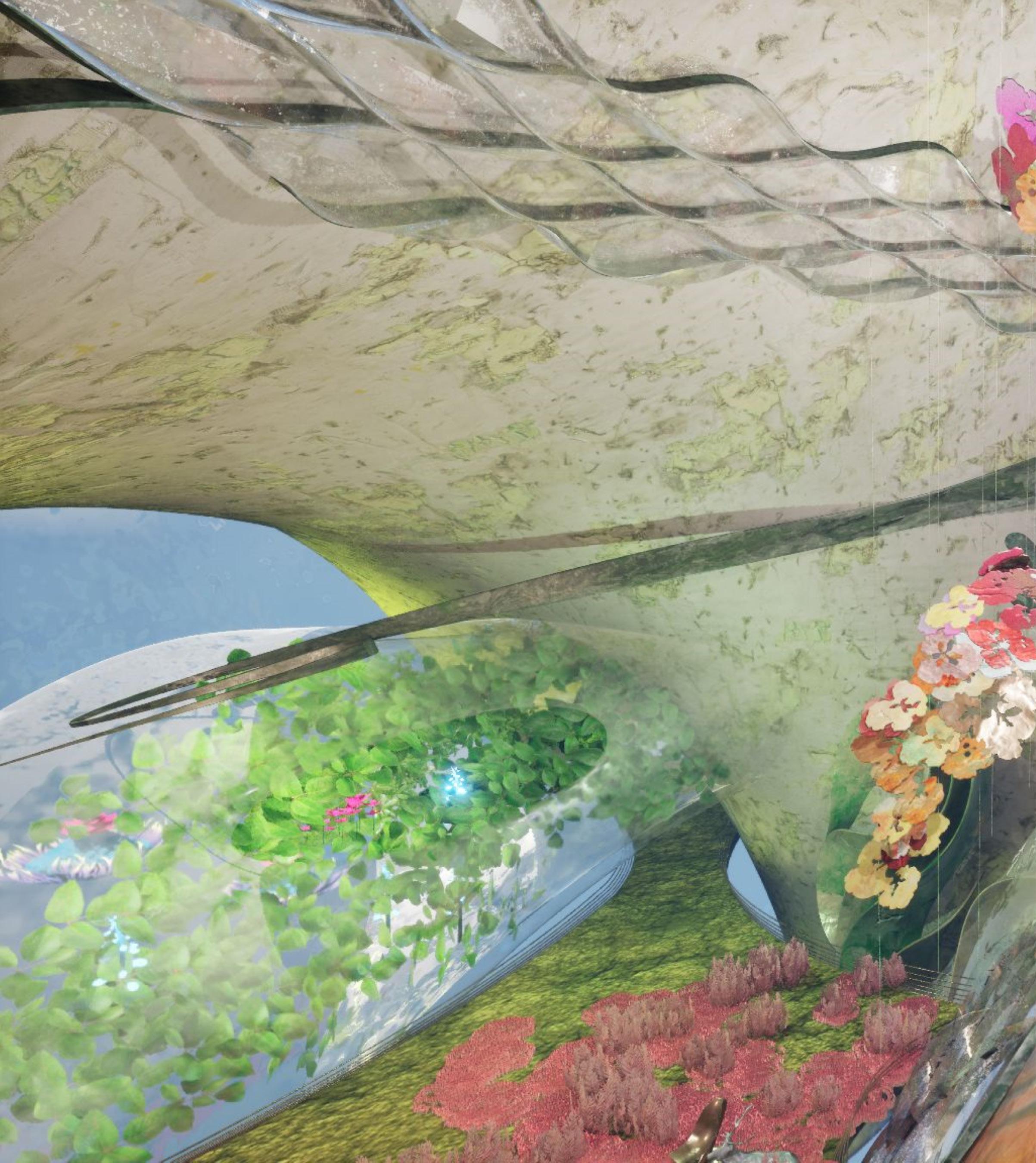
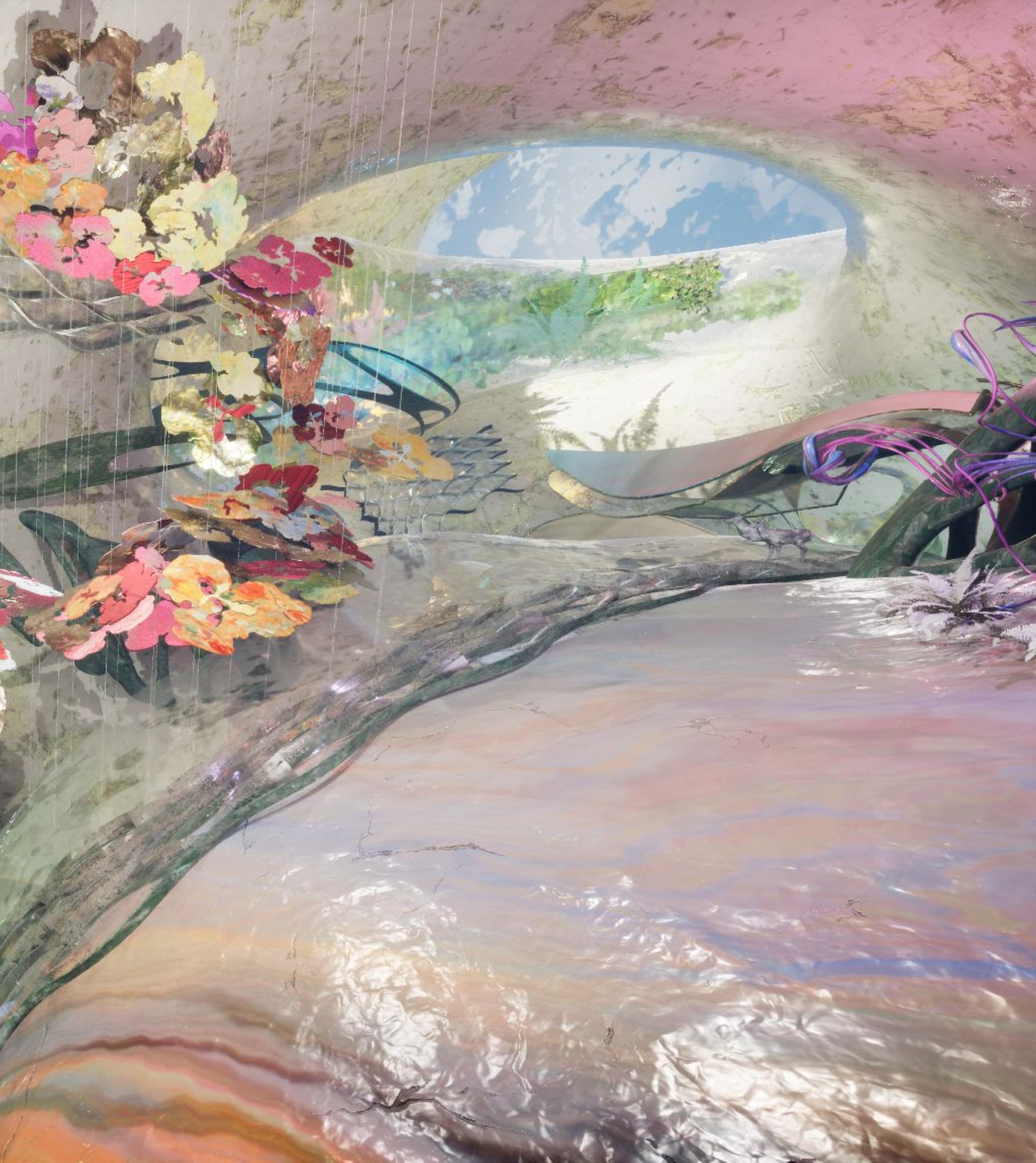

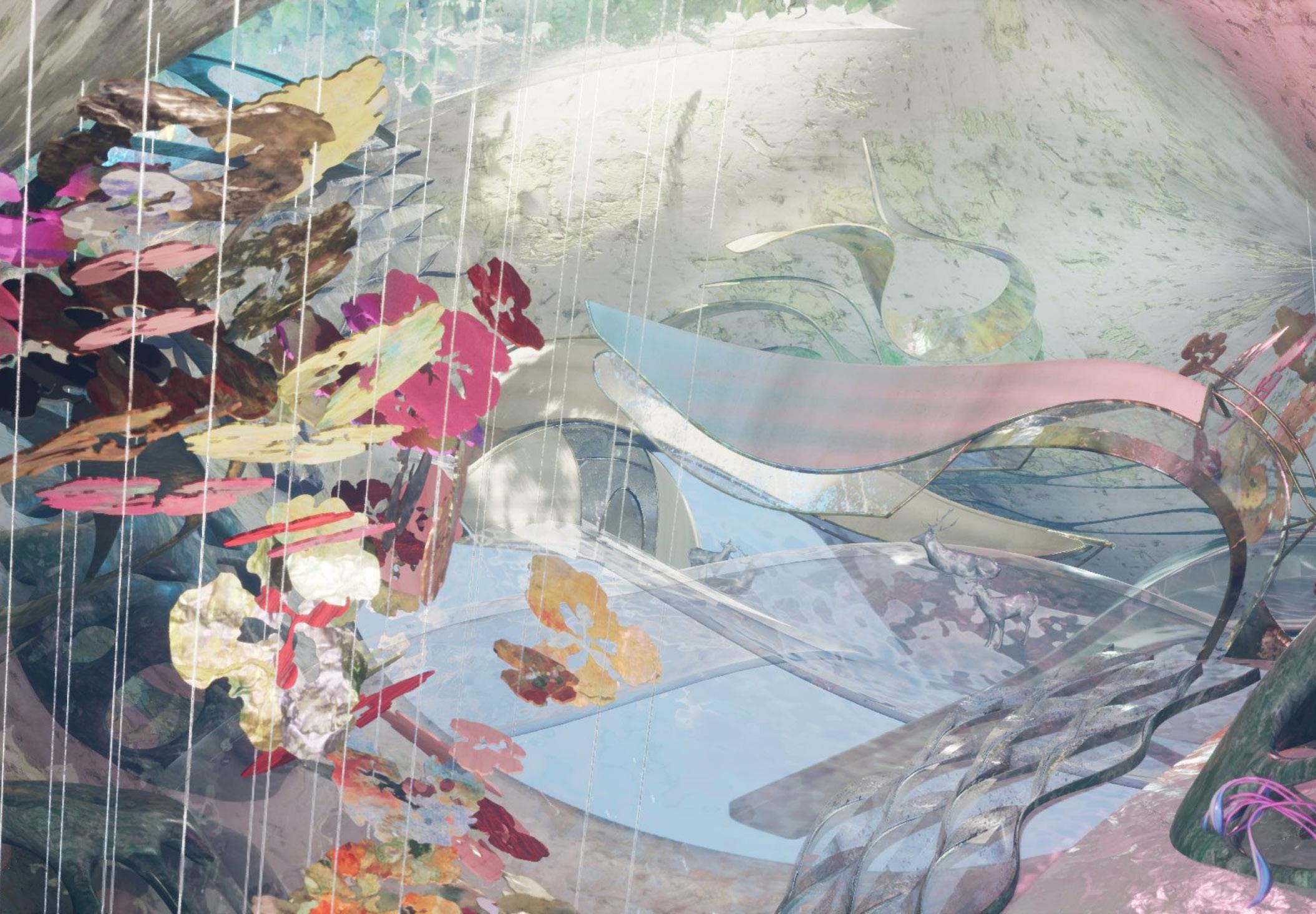 Render of Zone 2 - Nature Oasis
Render of Zone 2 - Nature Oasis
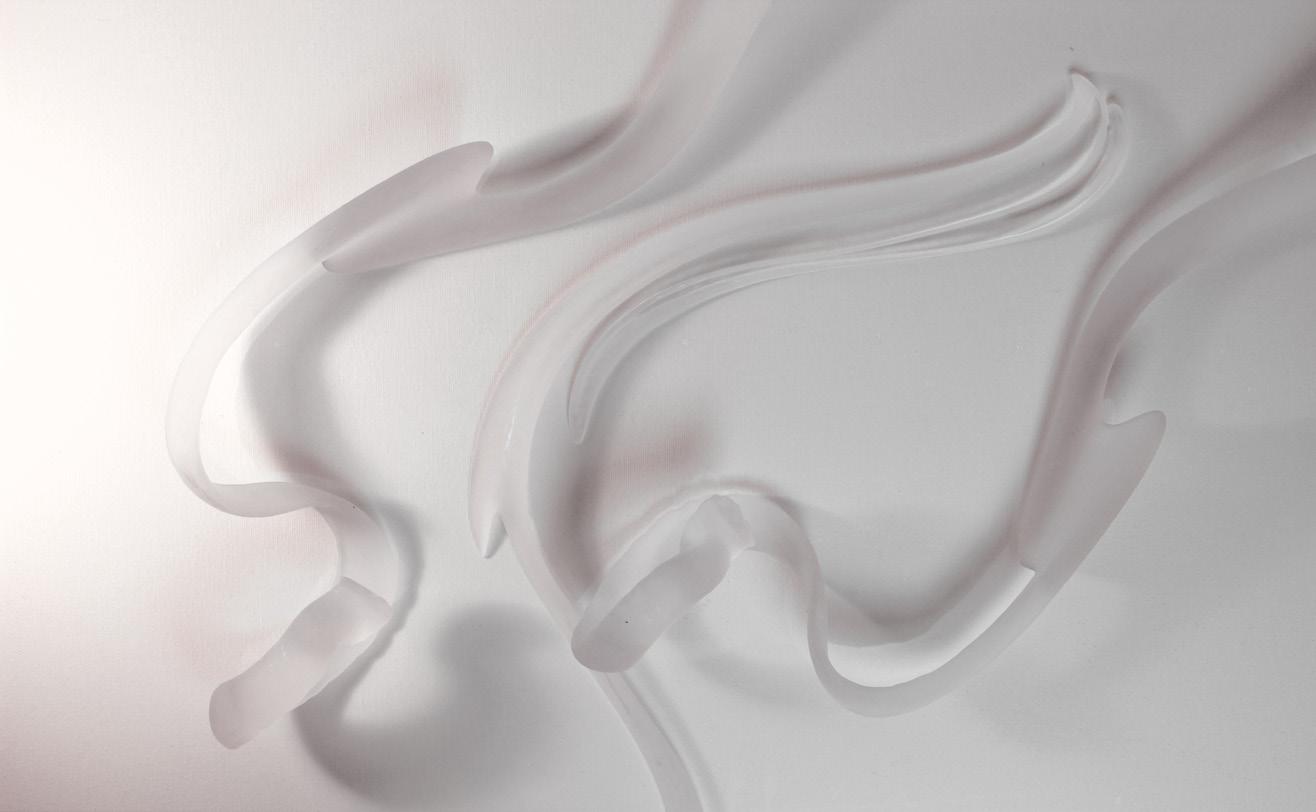
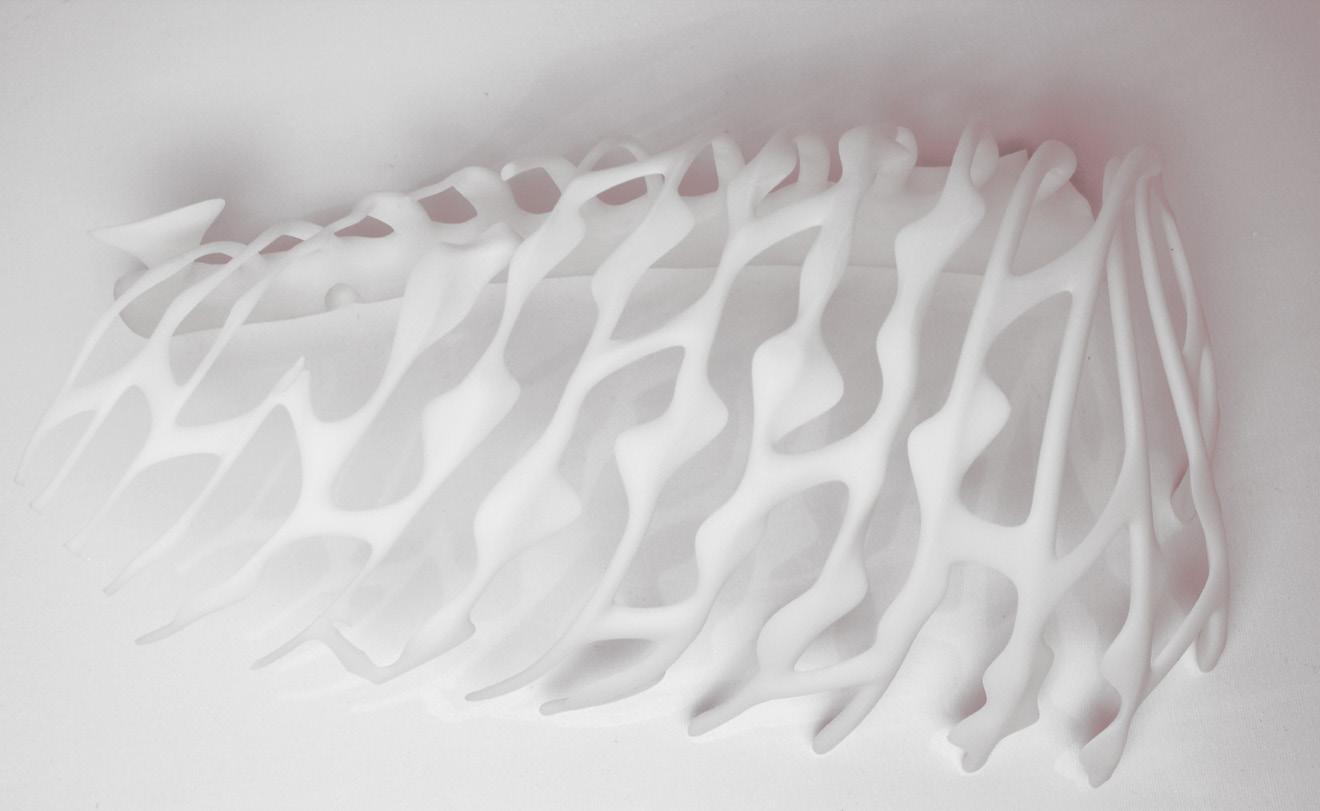
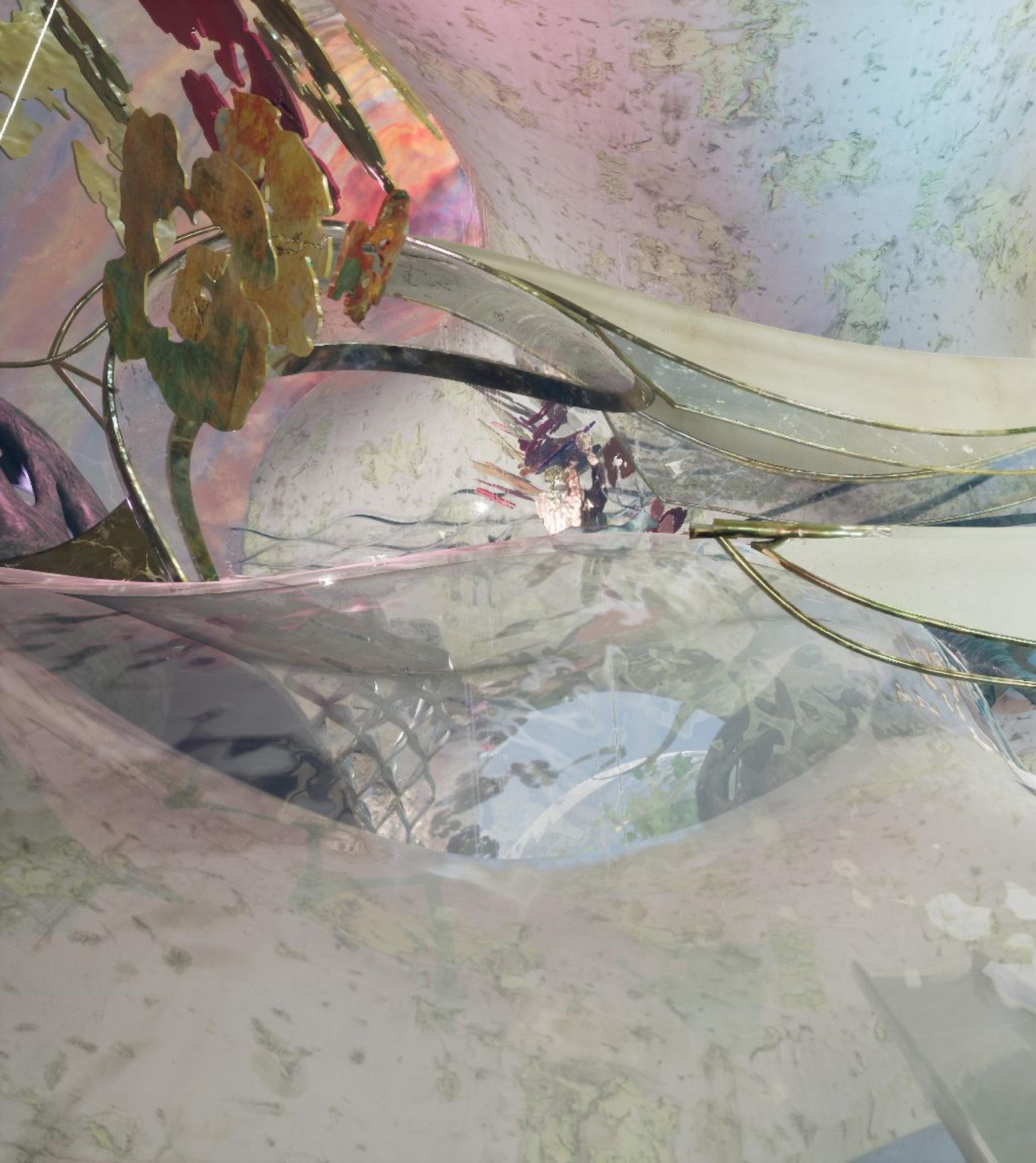
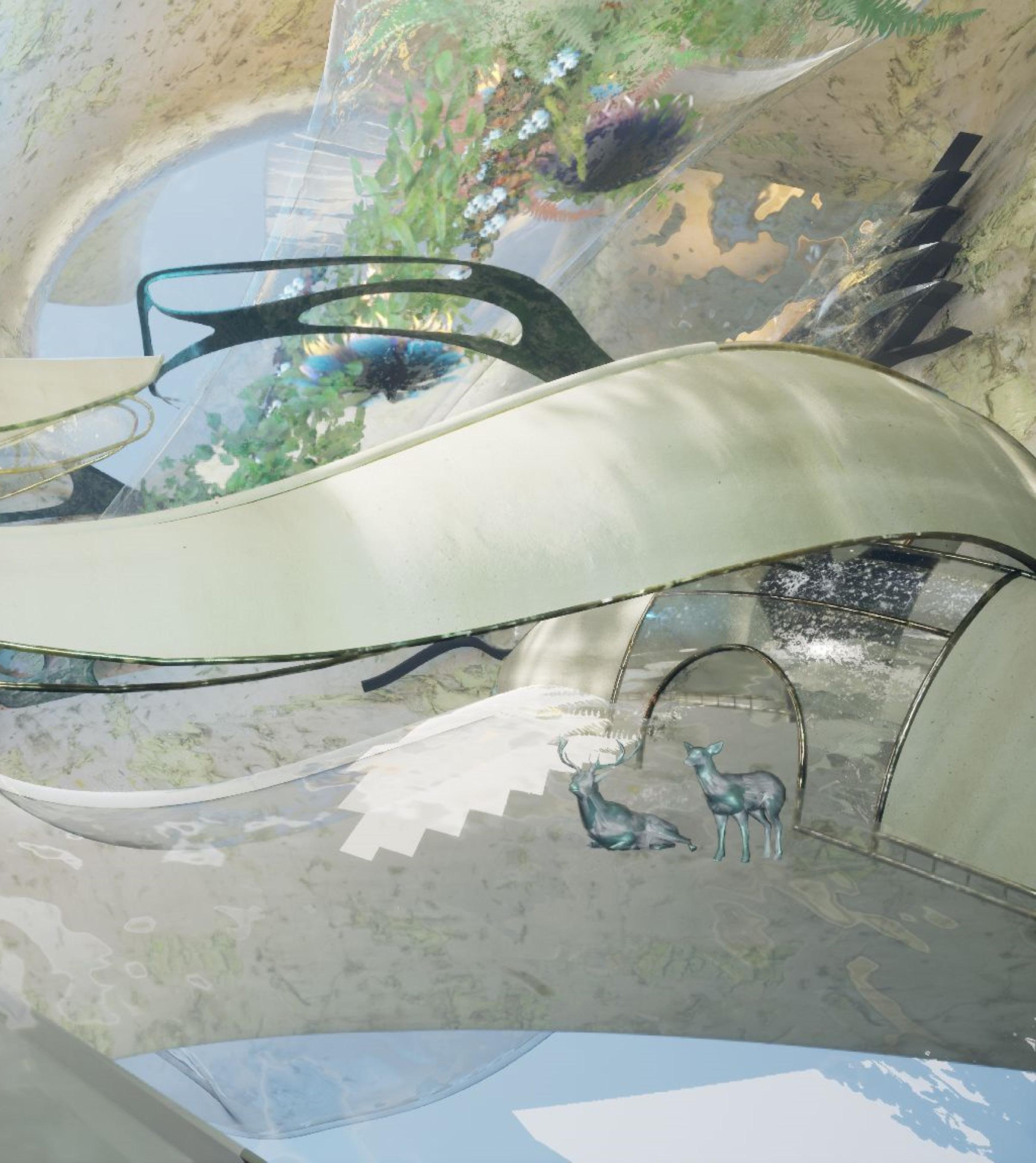
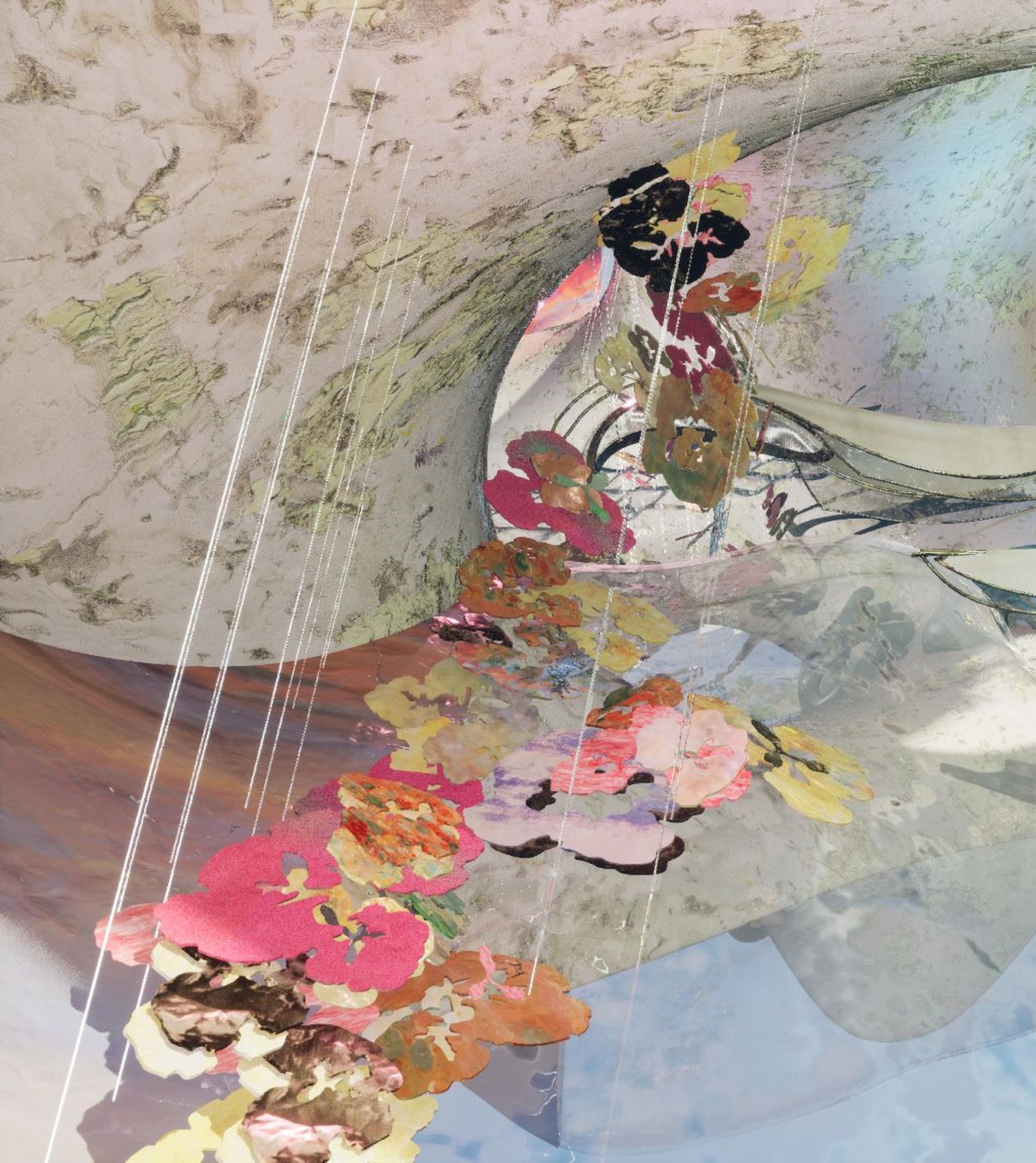
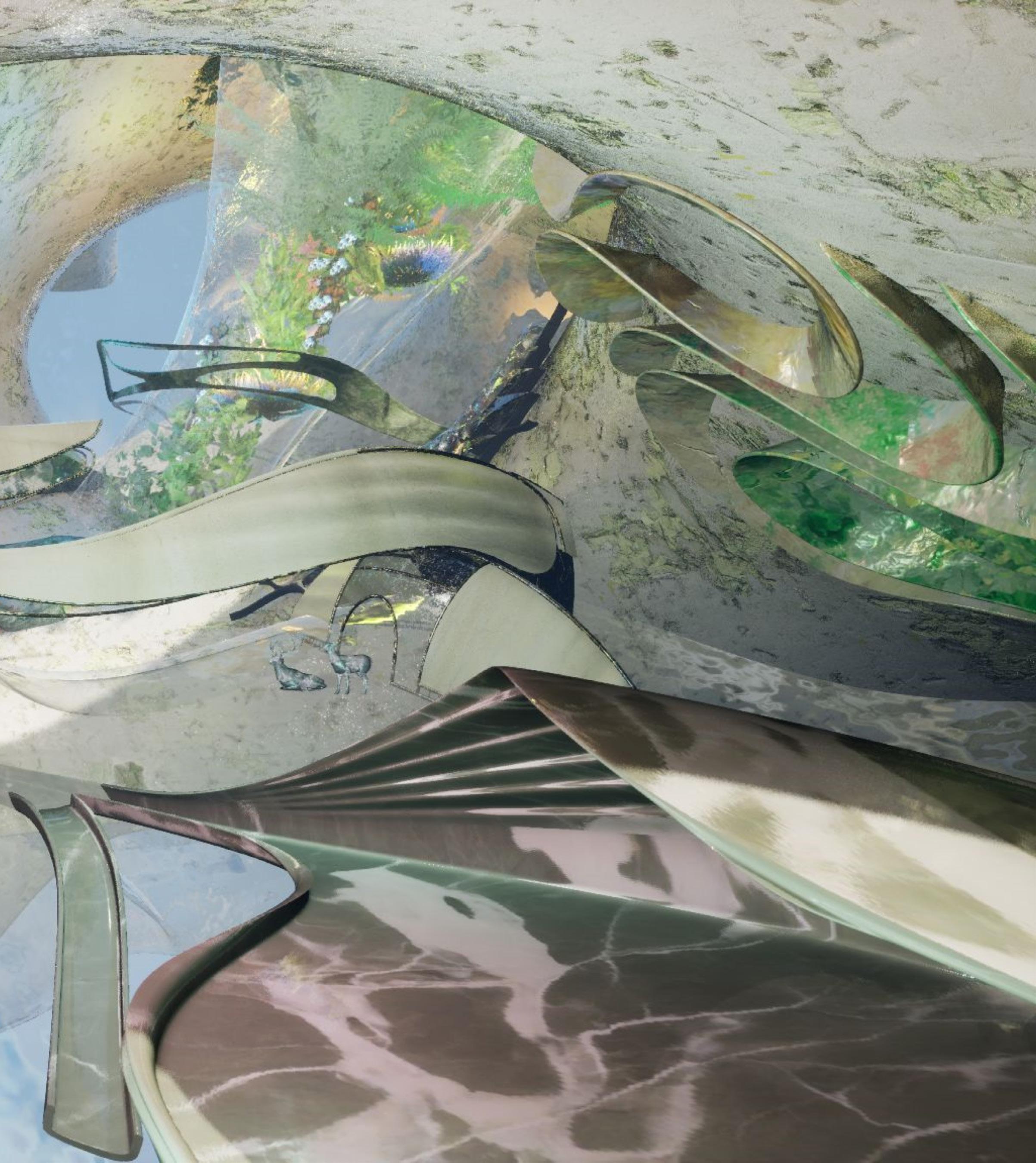
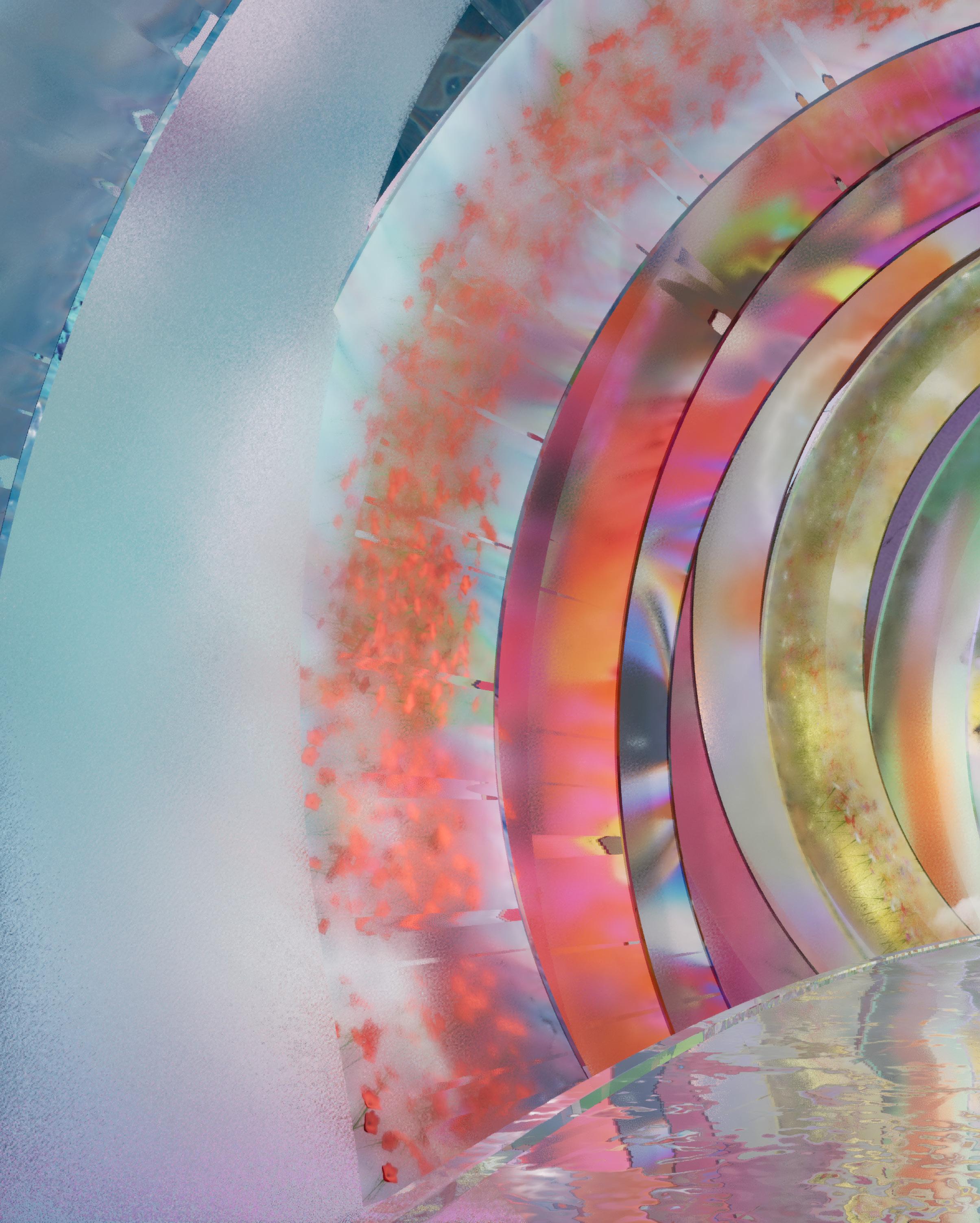
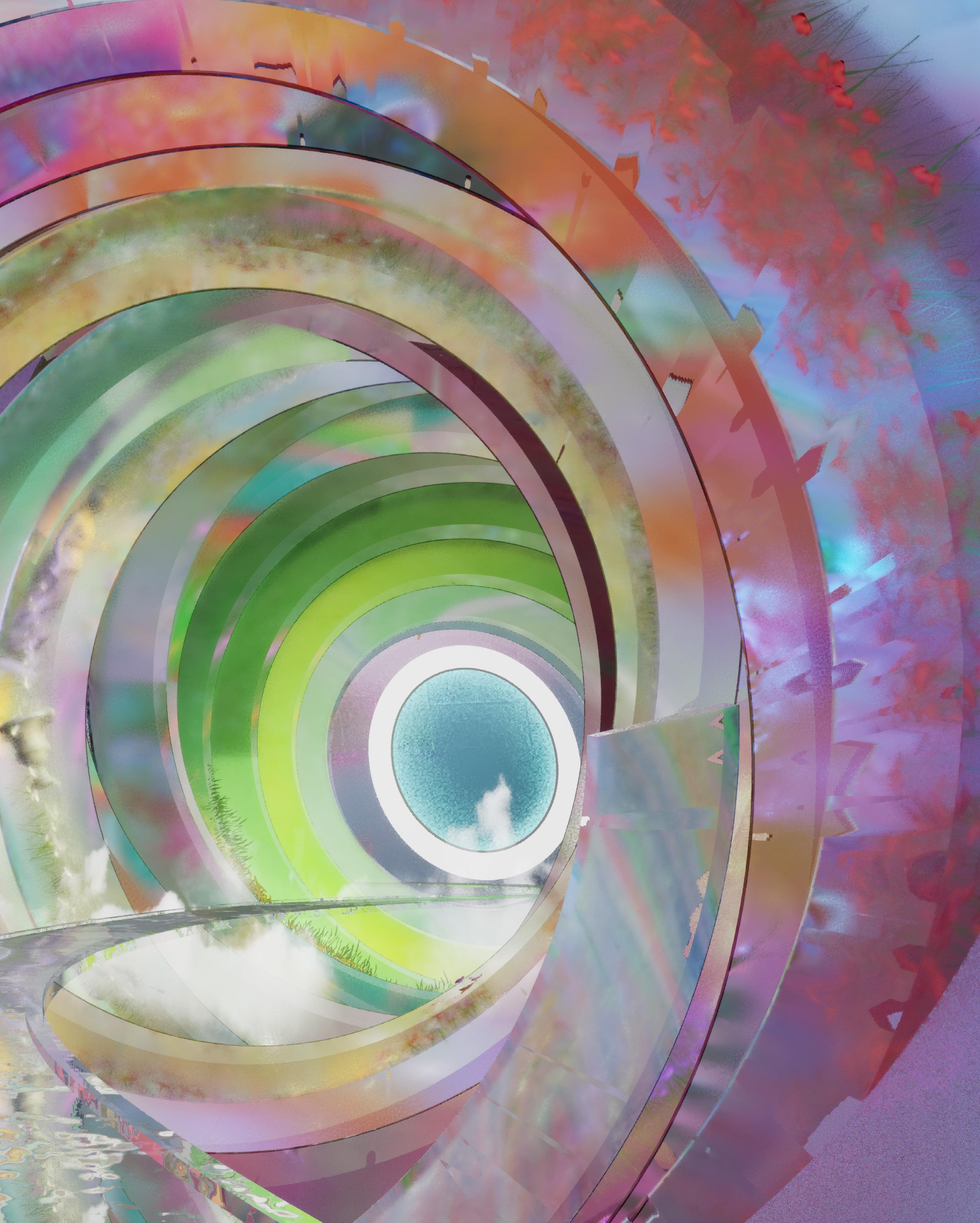
 Render of Zone 3 - Hobbies Haven
Render of Zone 3 - Hobbies Haven
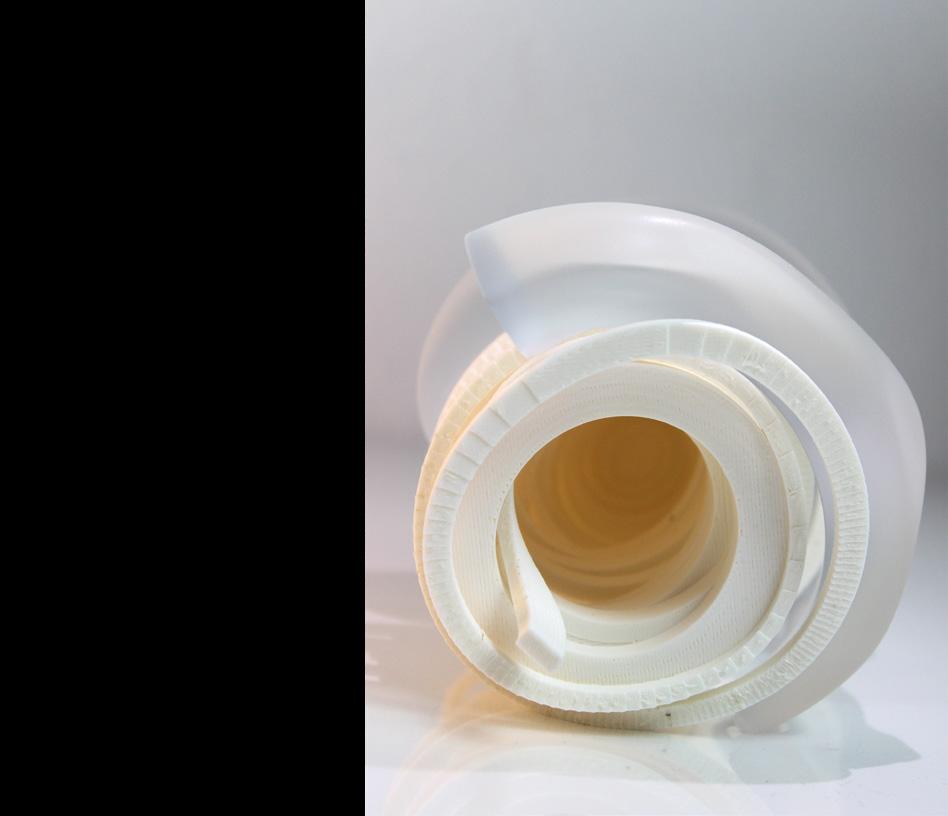
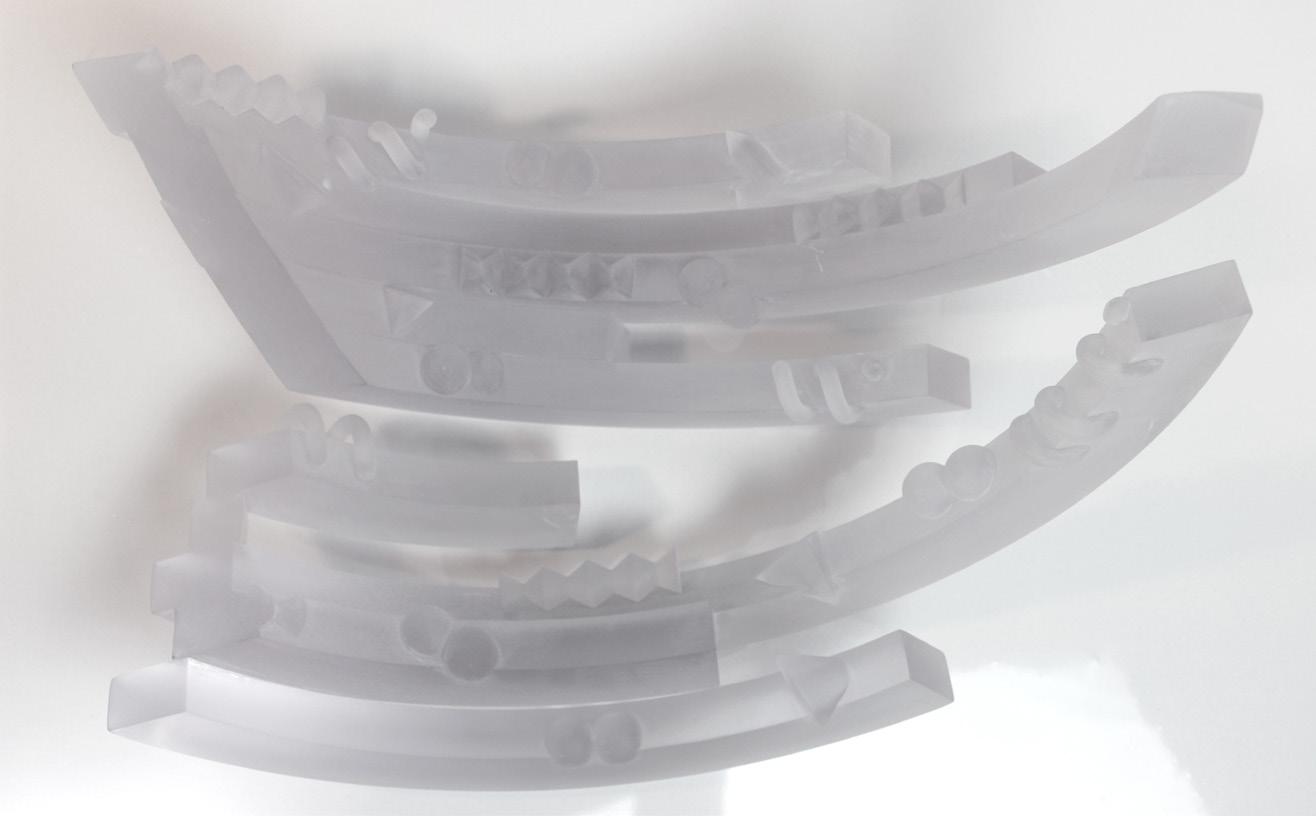
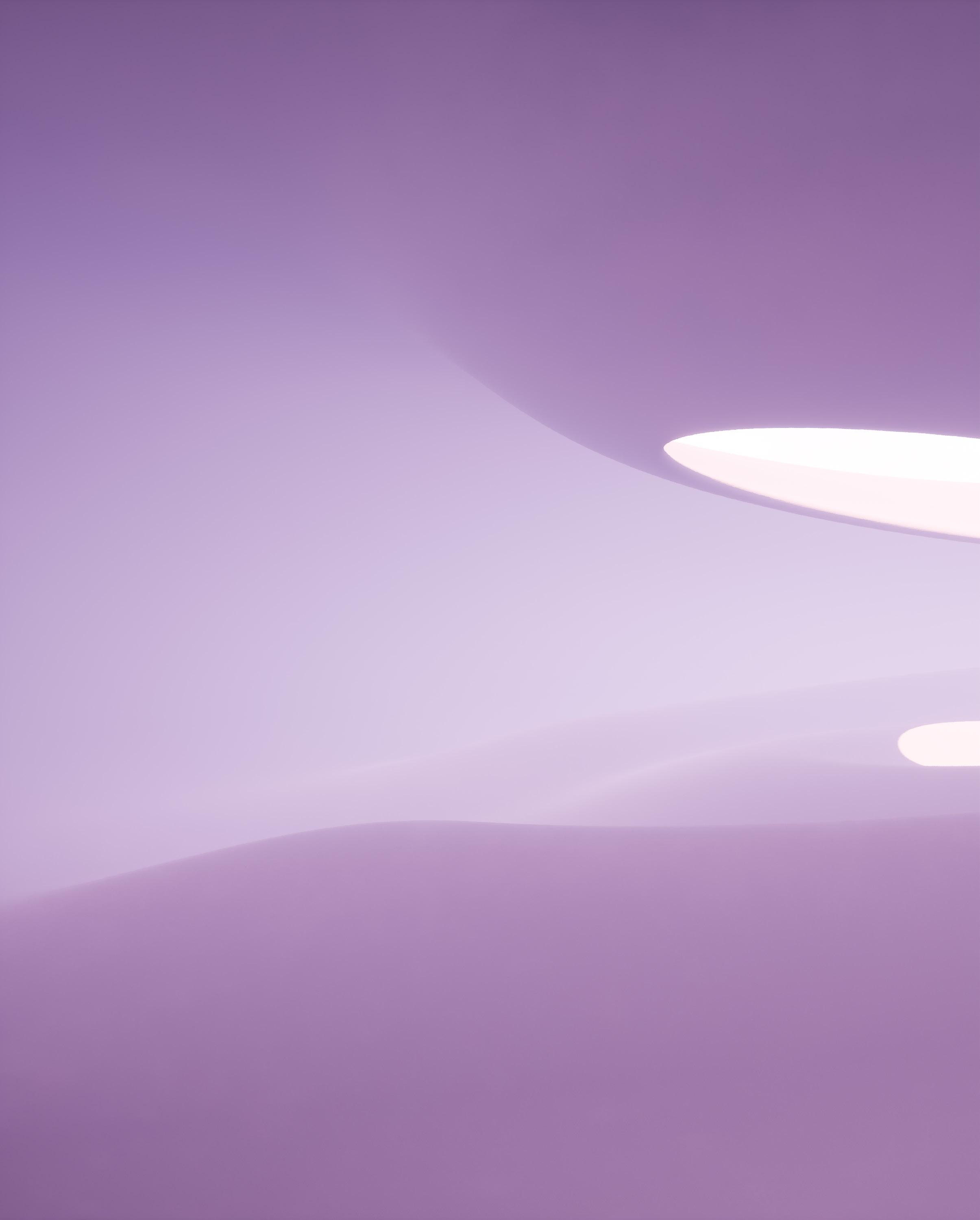
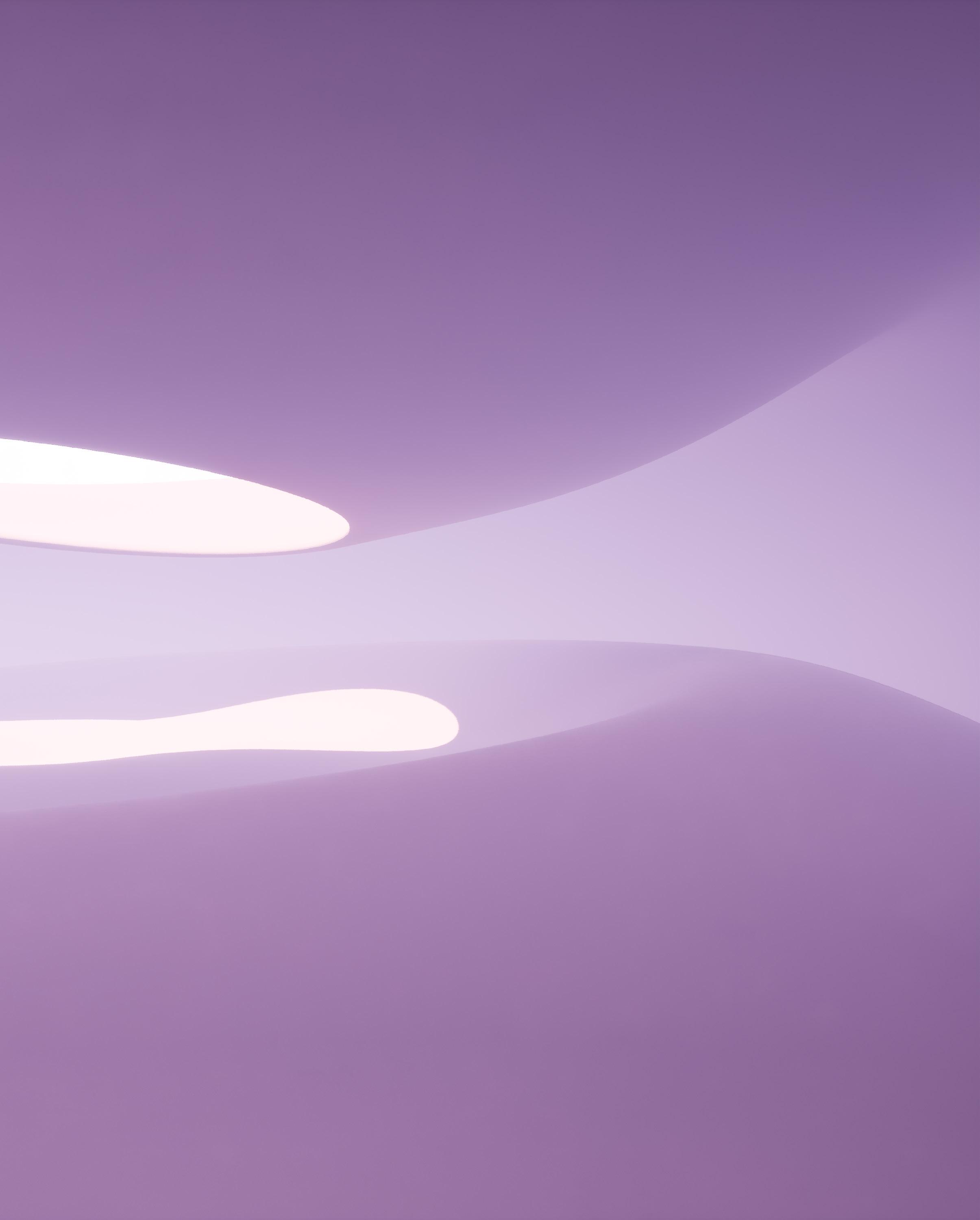 Zone 4 - Emotion Chamber
Zone 4 - Emotion Chamber
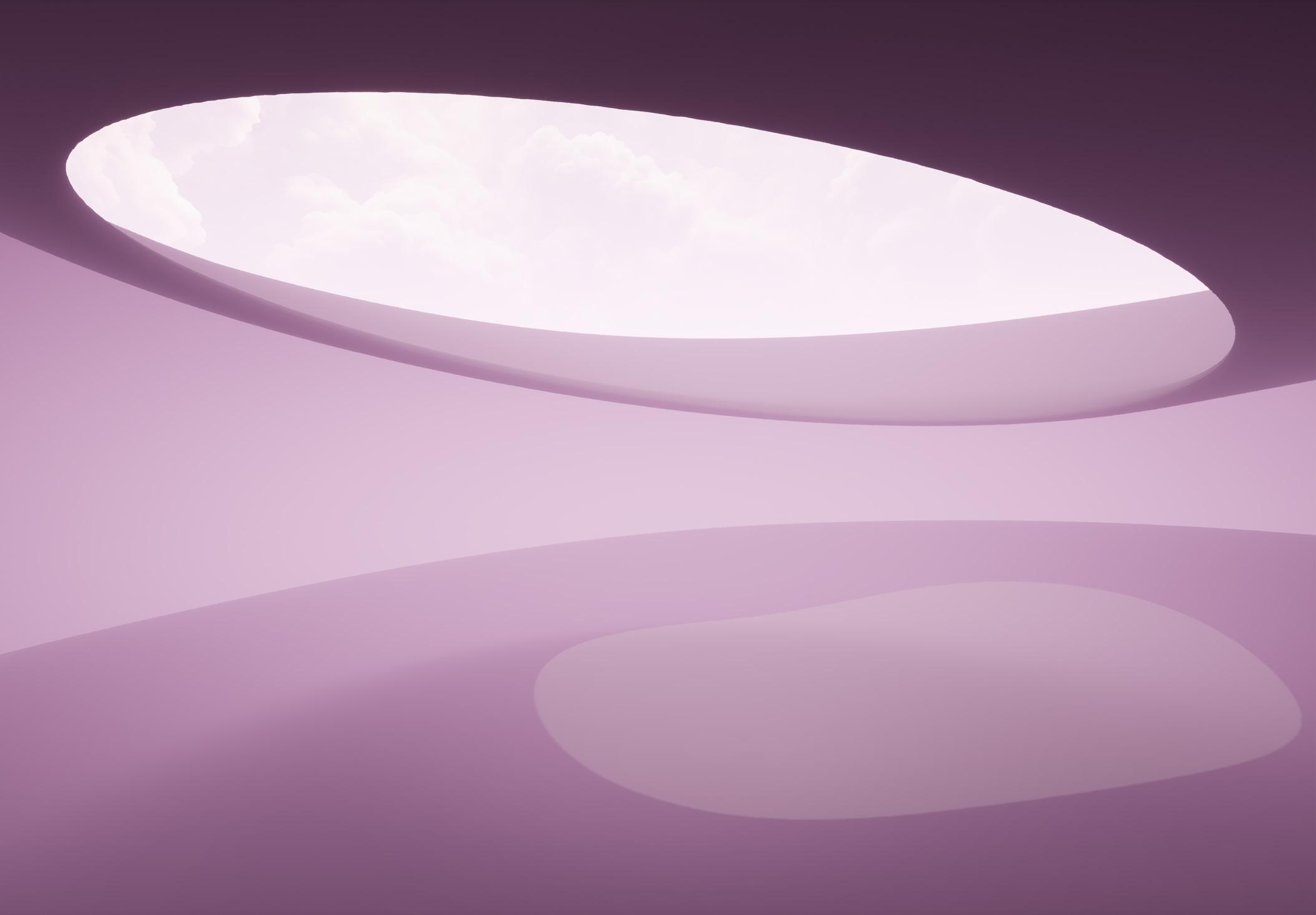 Render of Zone 1 - Emotion Chamber
Render of Zone 1 - Emotion Chamber
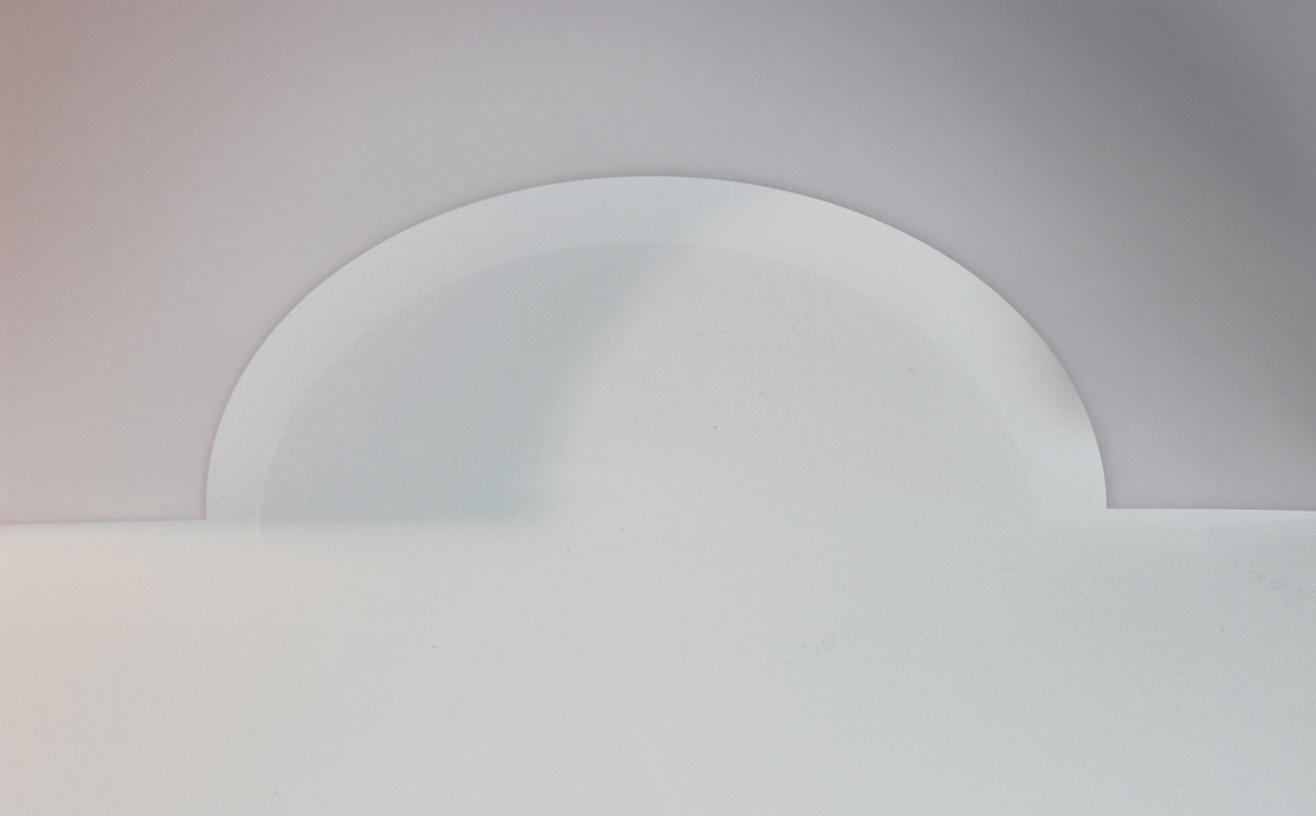
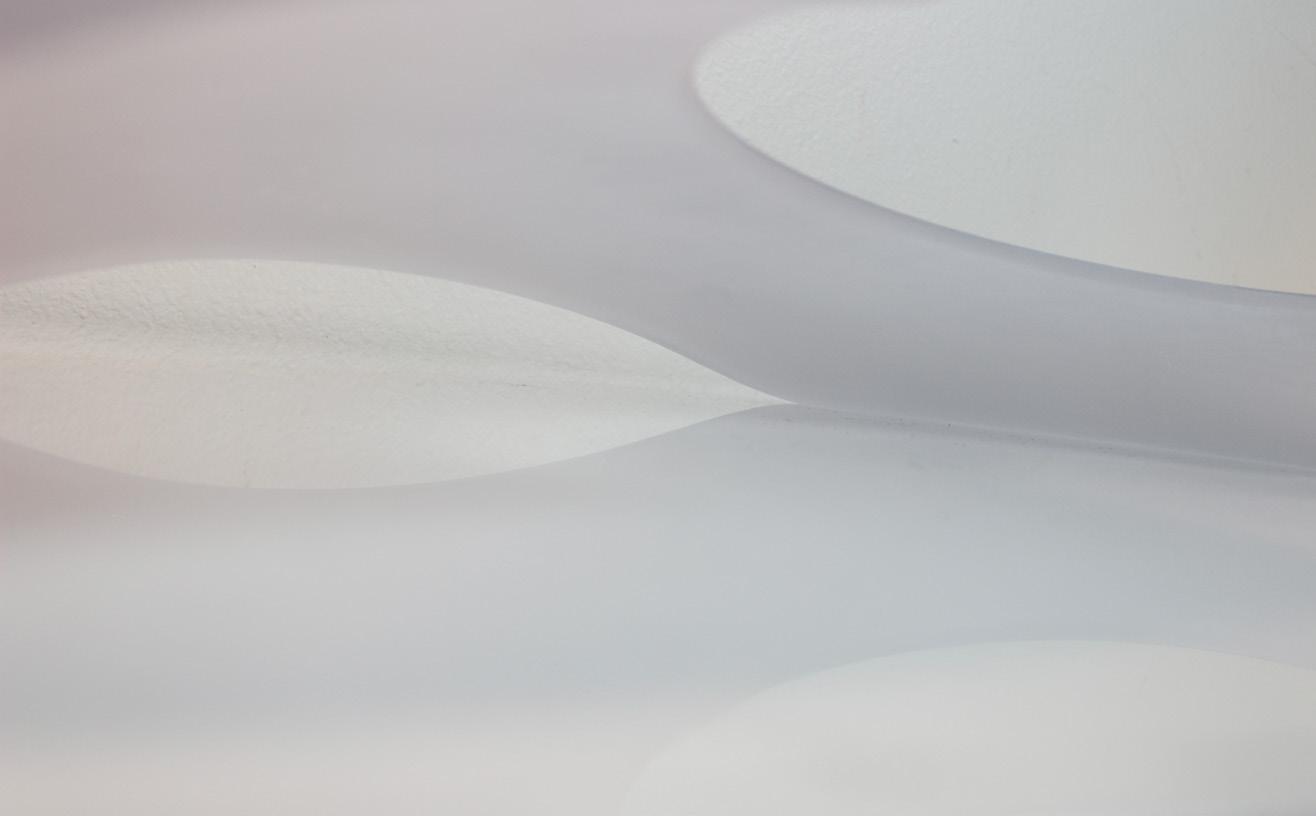
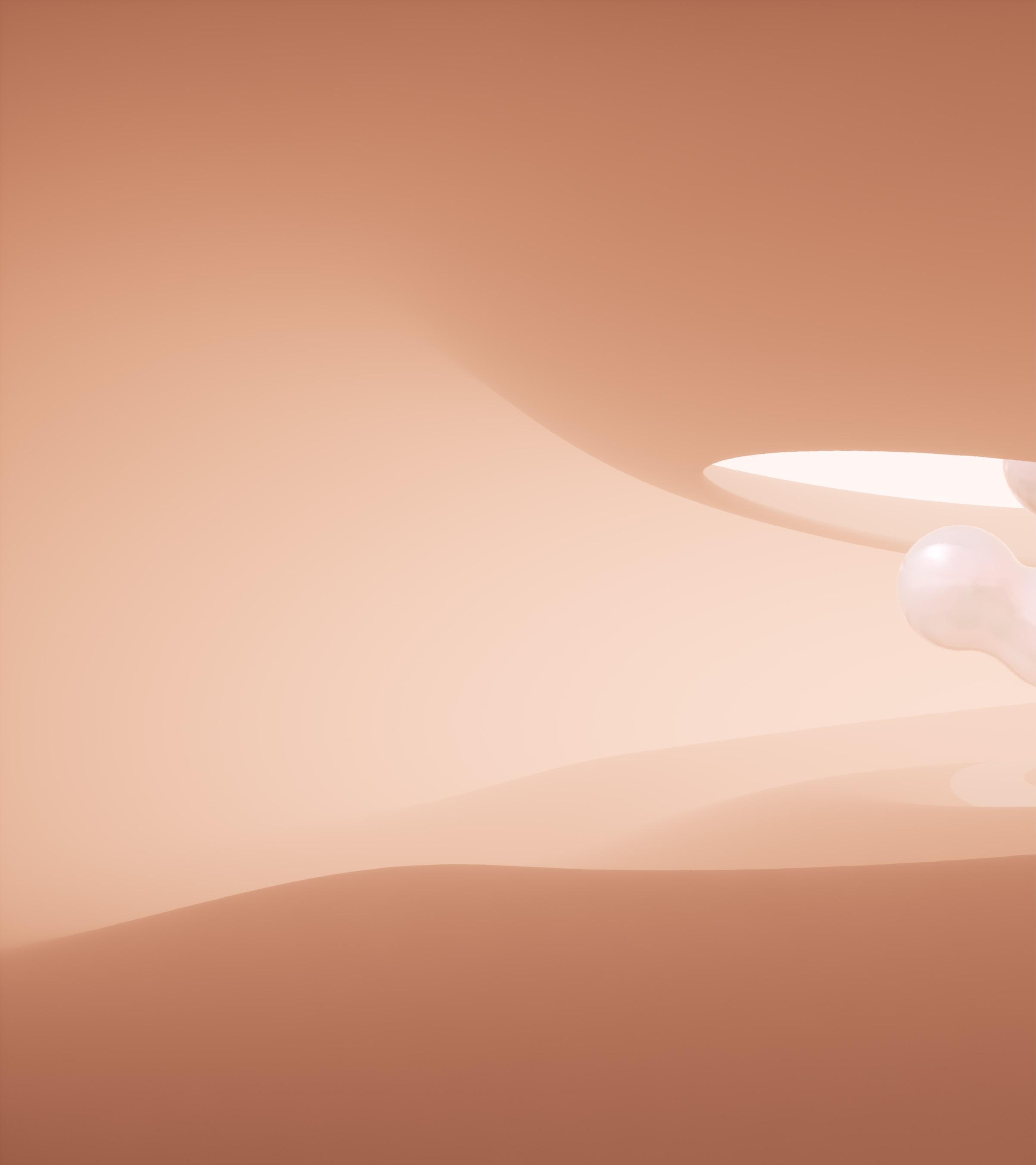
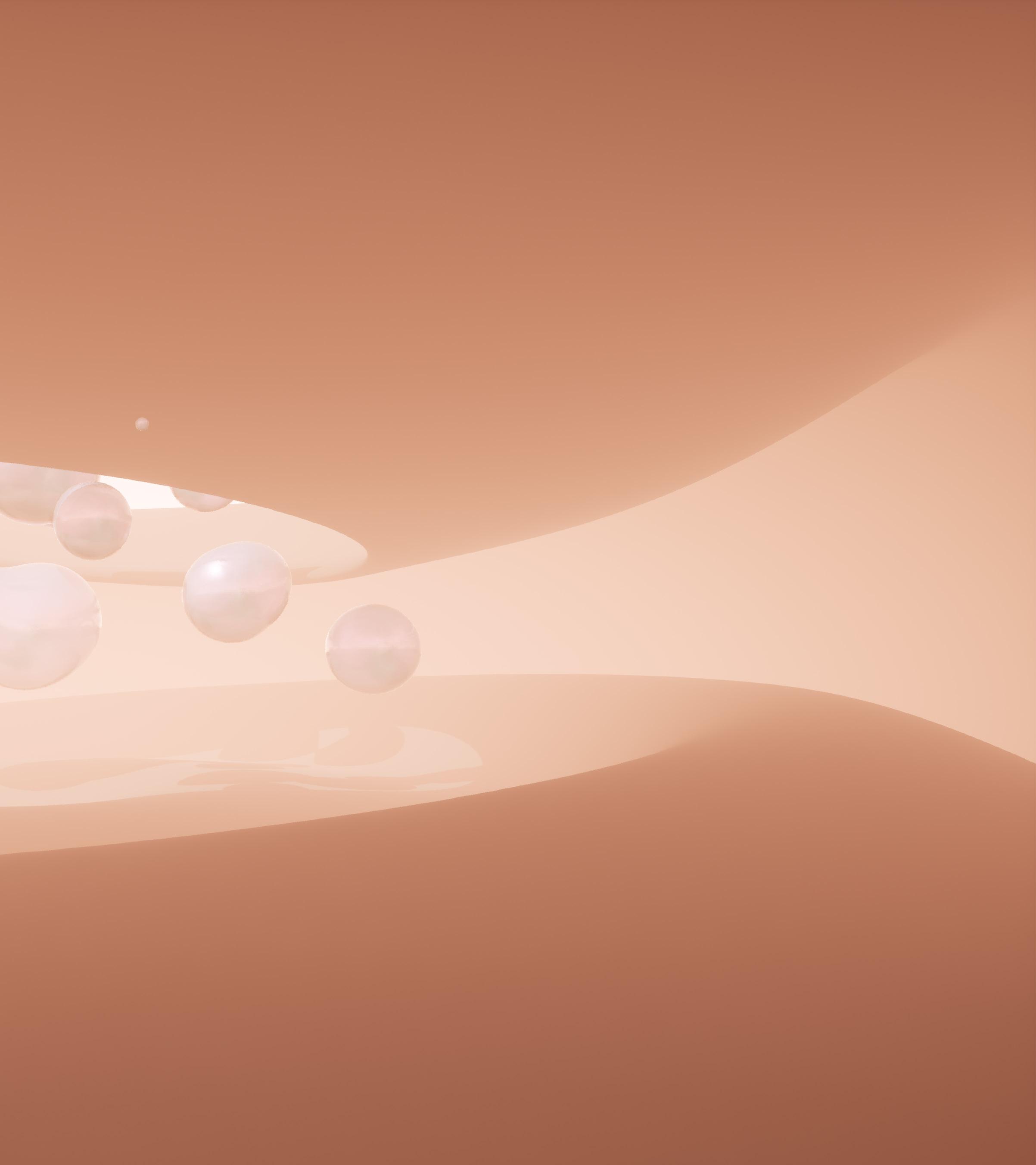
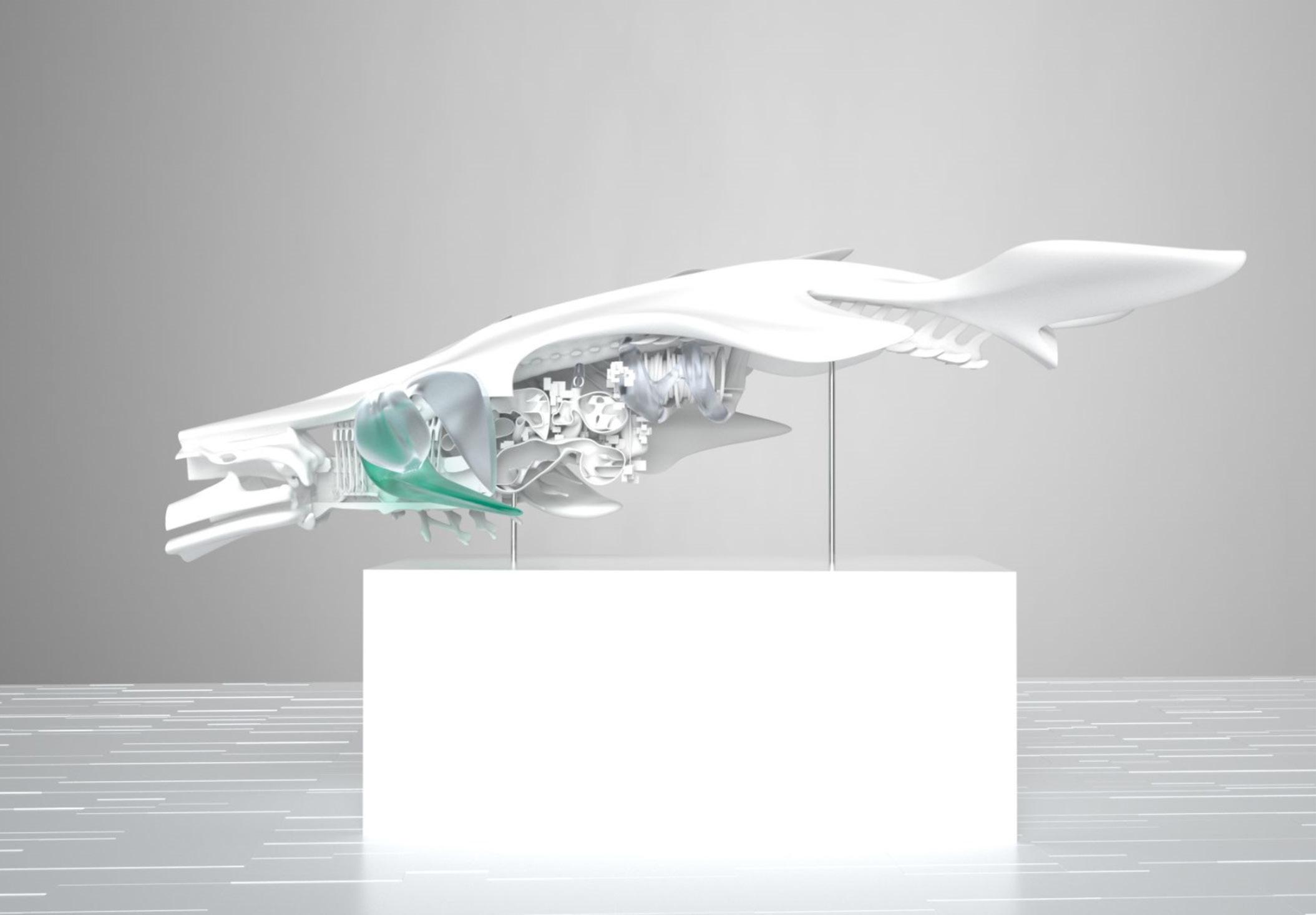 Render of Section Model "Kun"
Render of Section Model "Kun"
